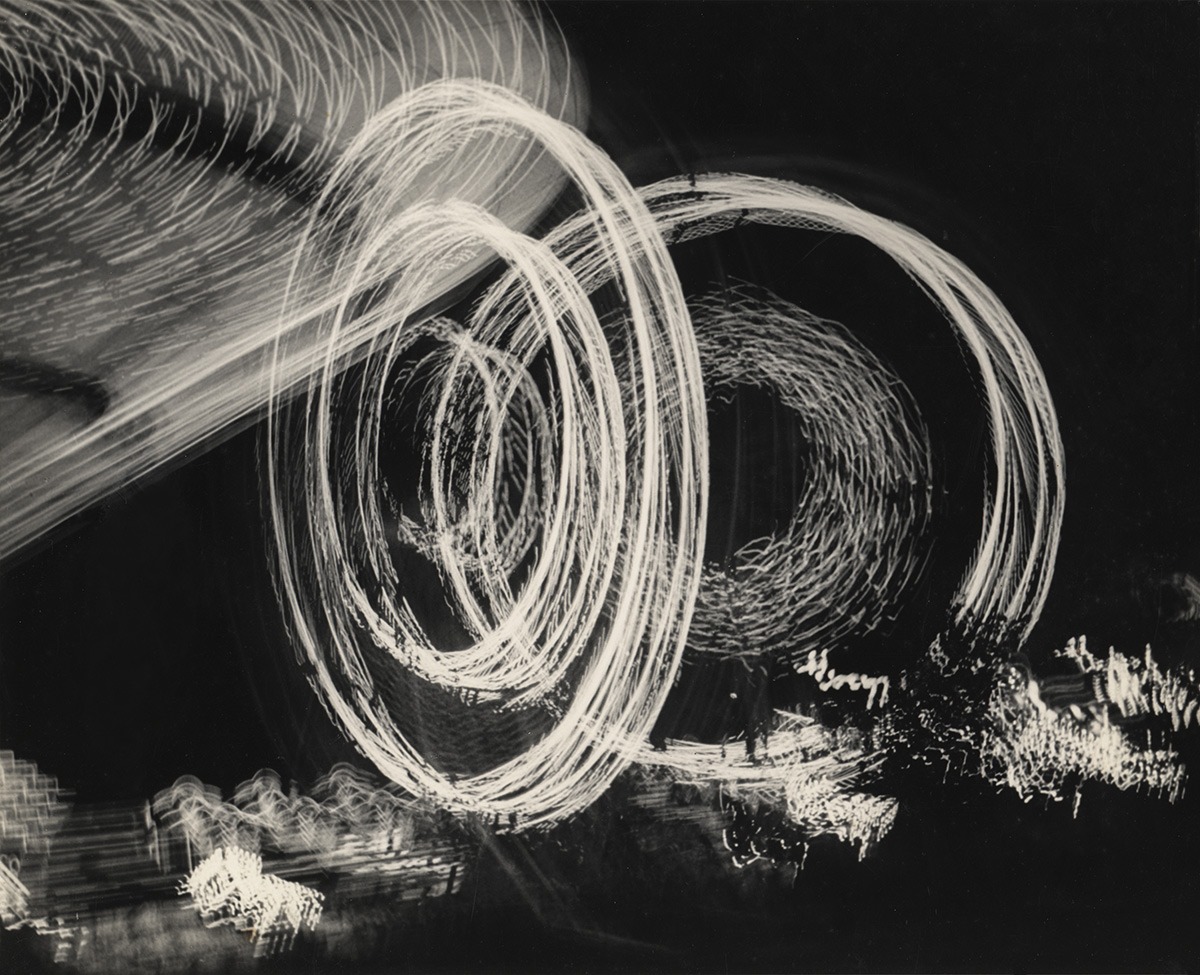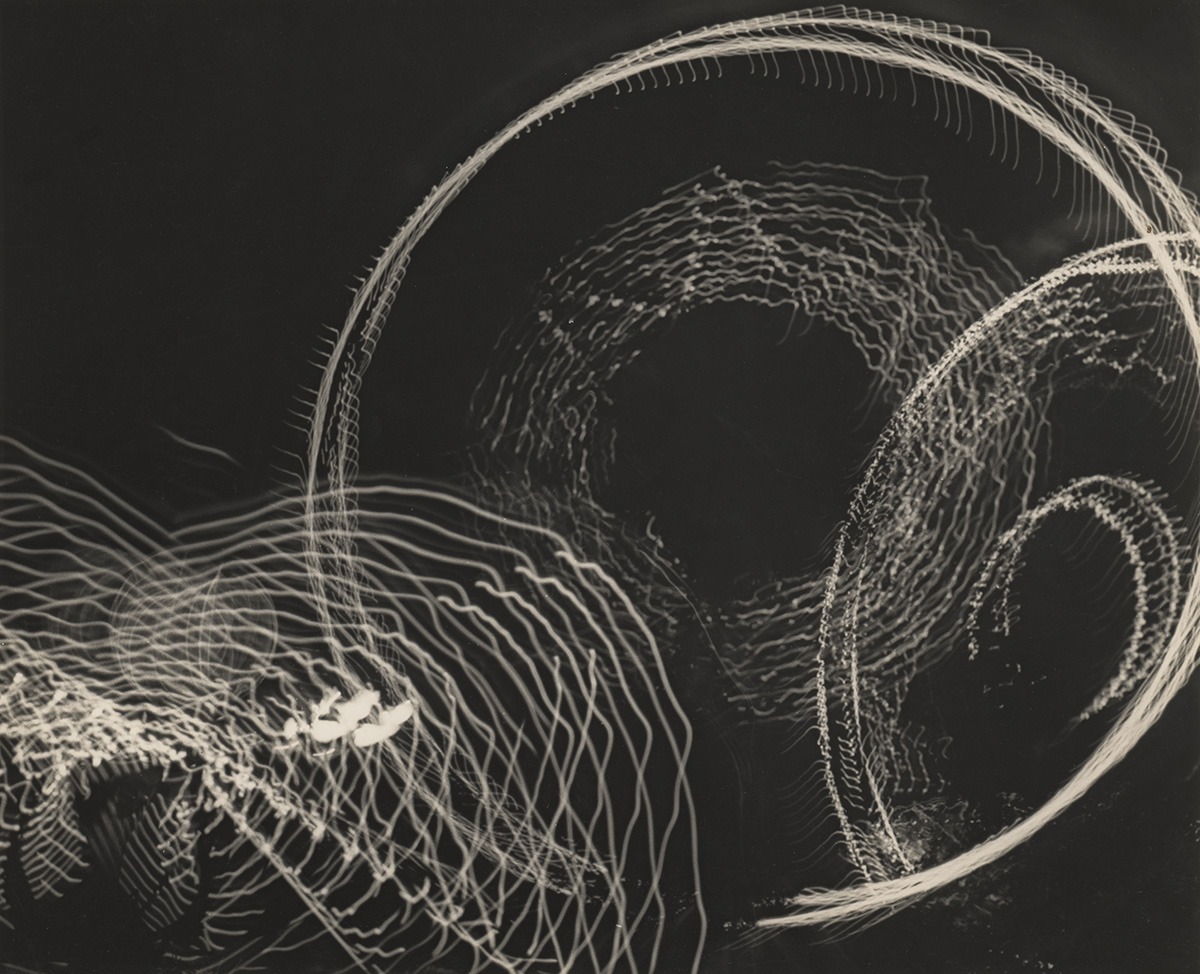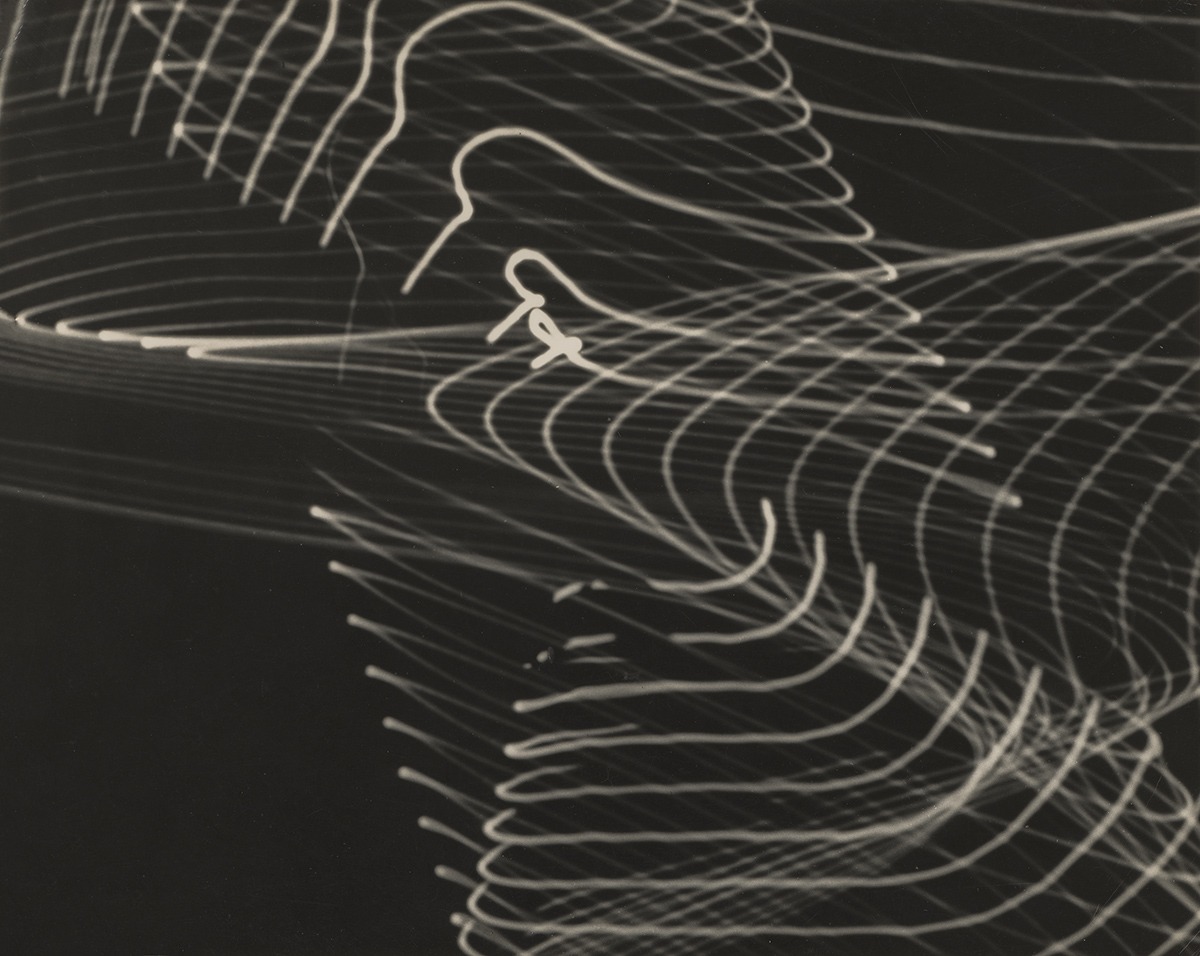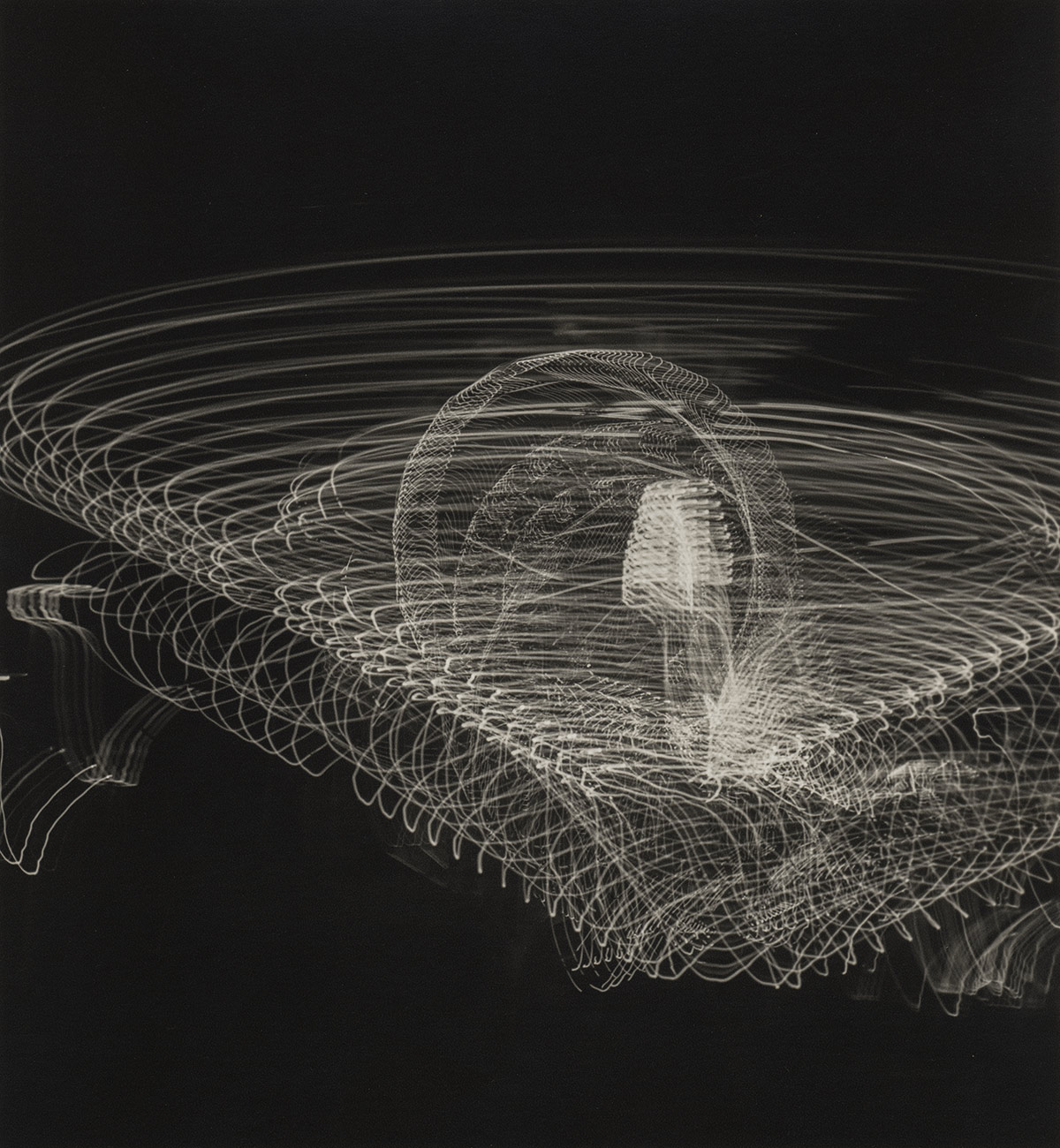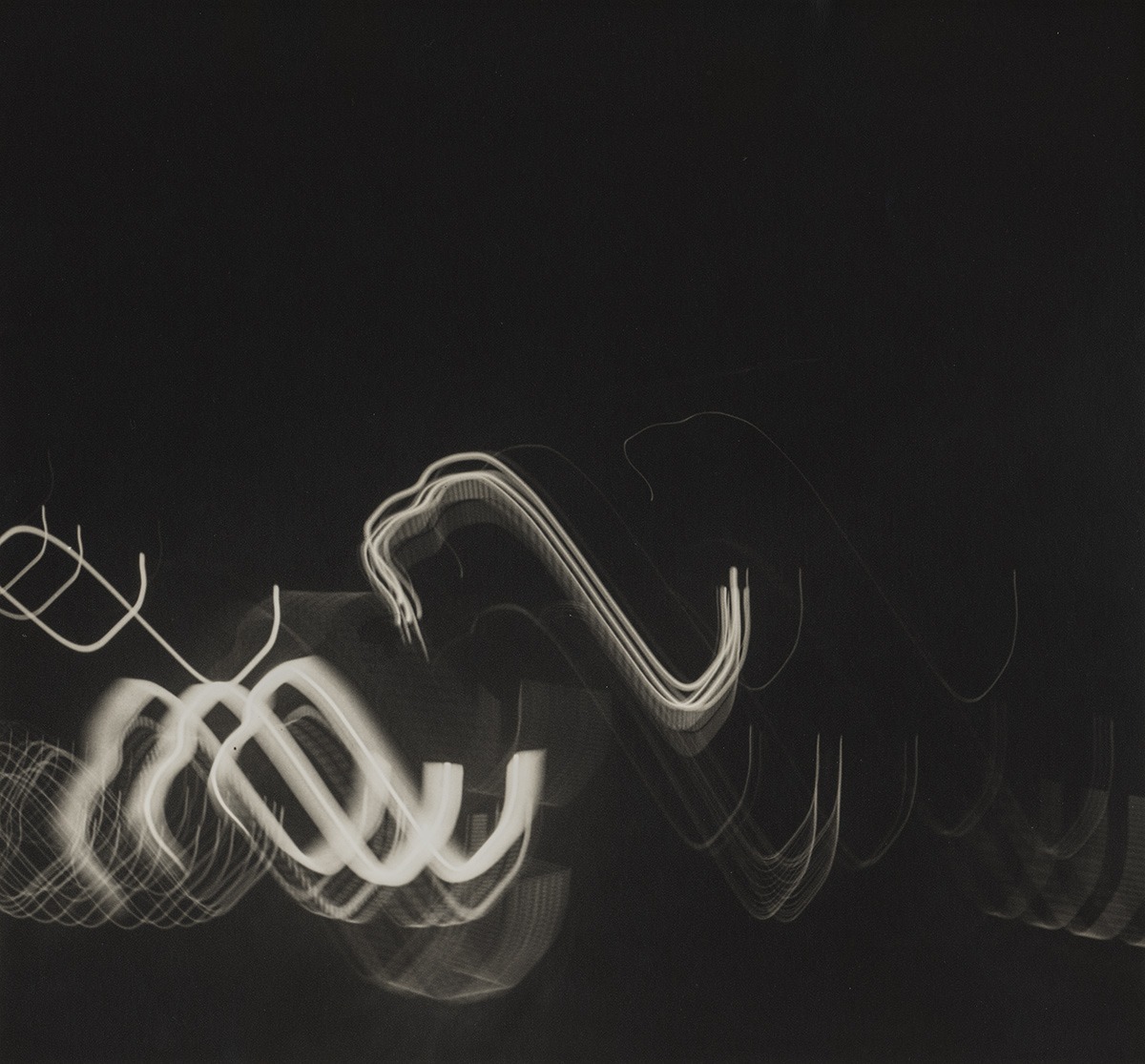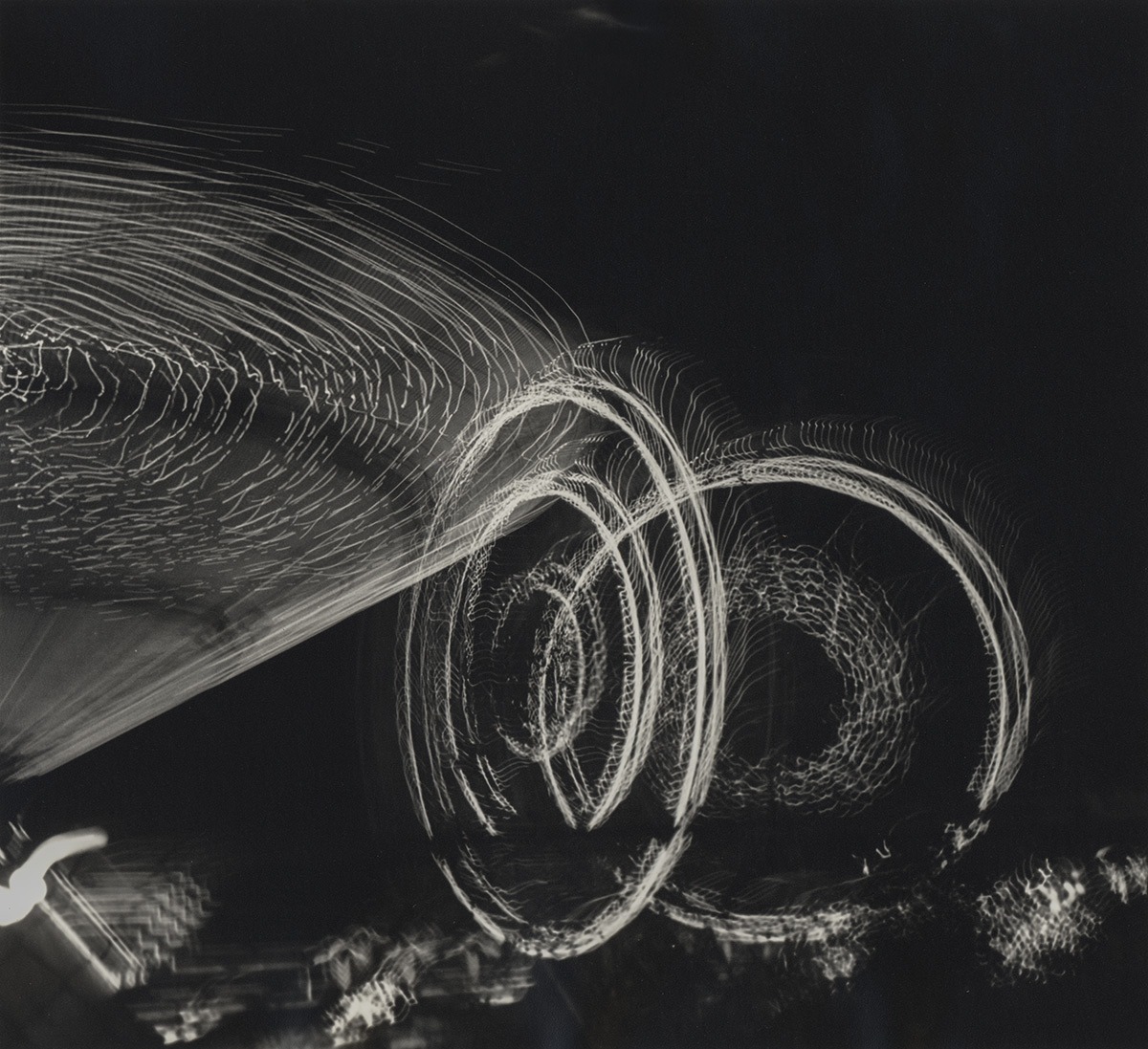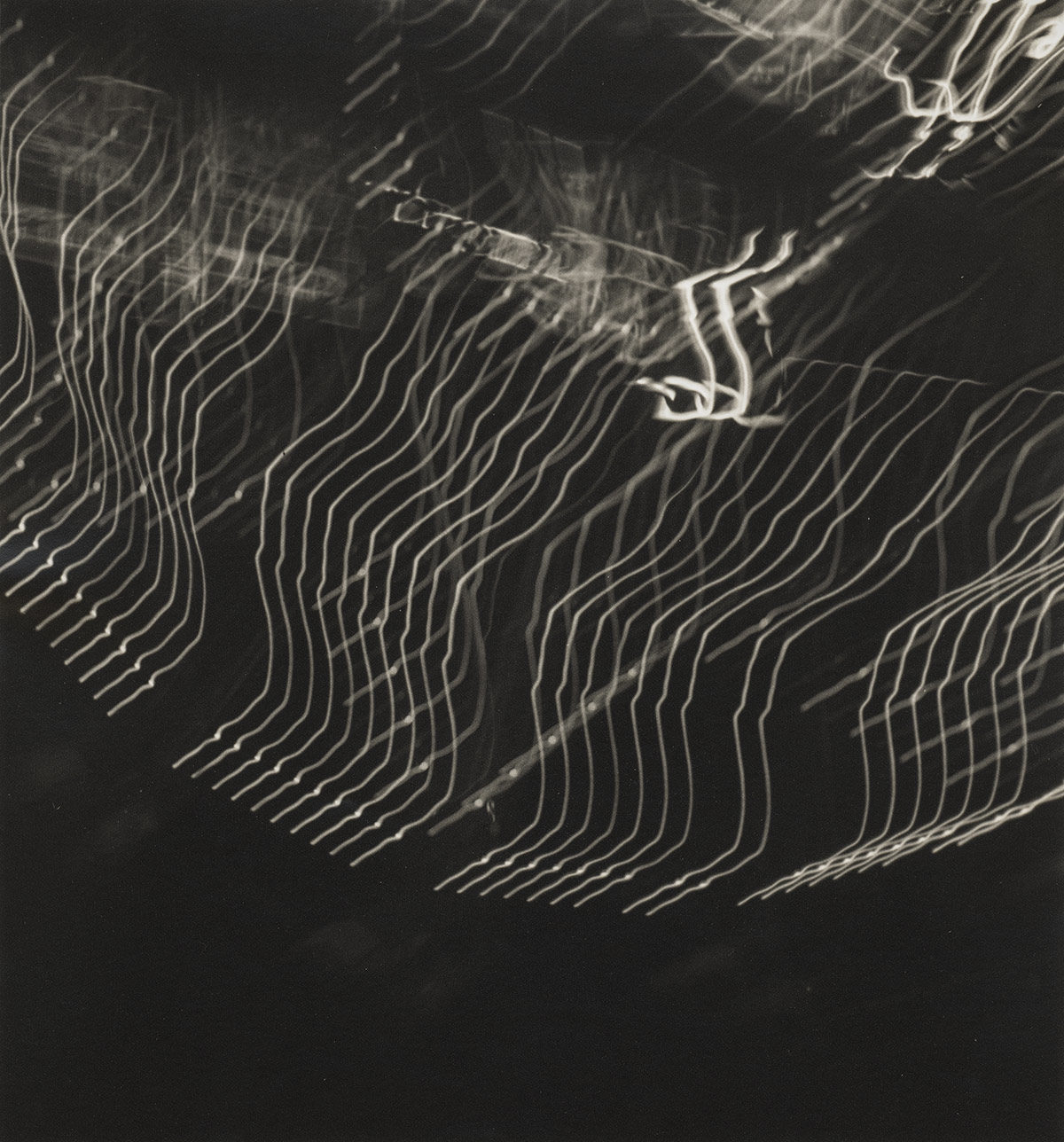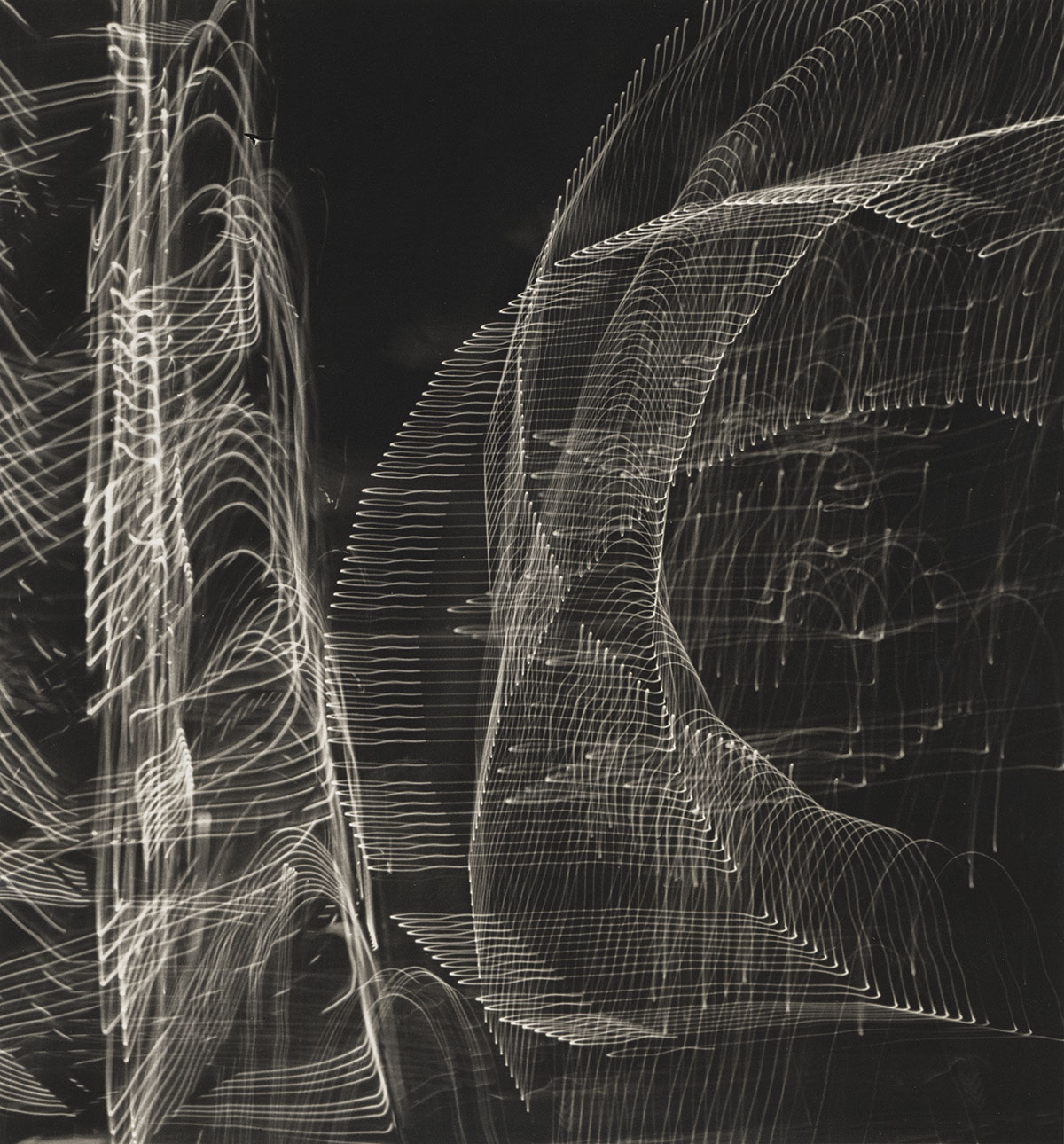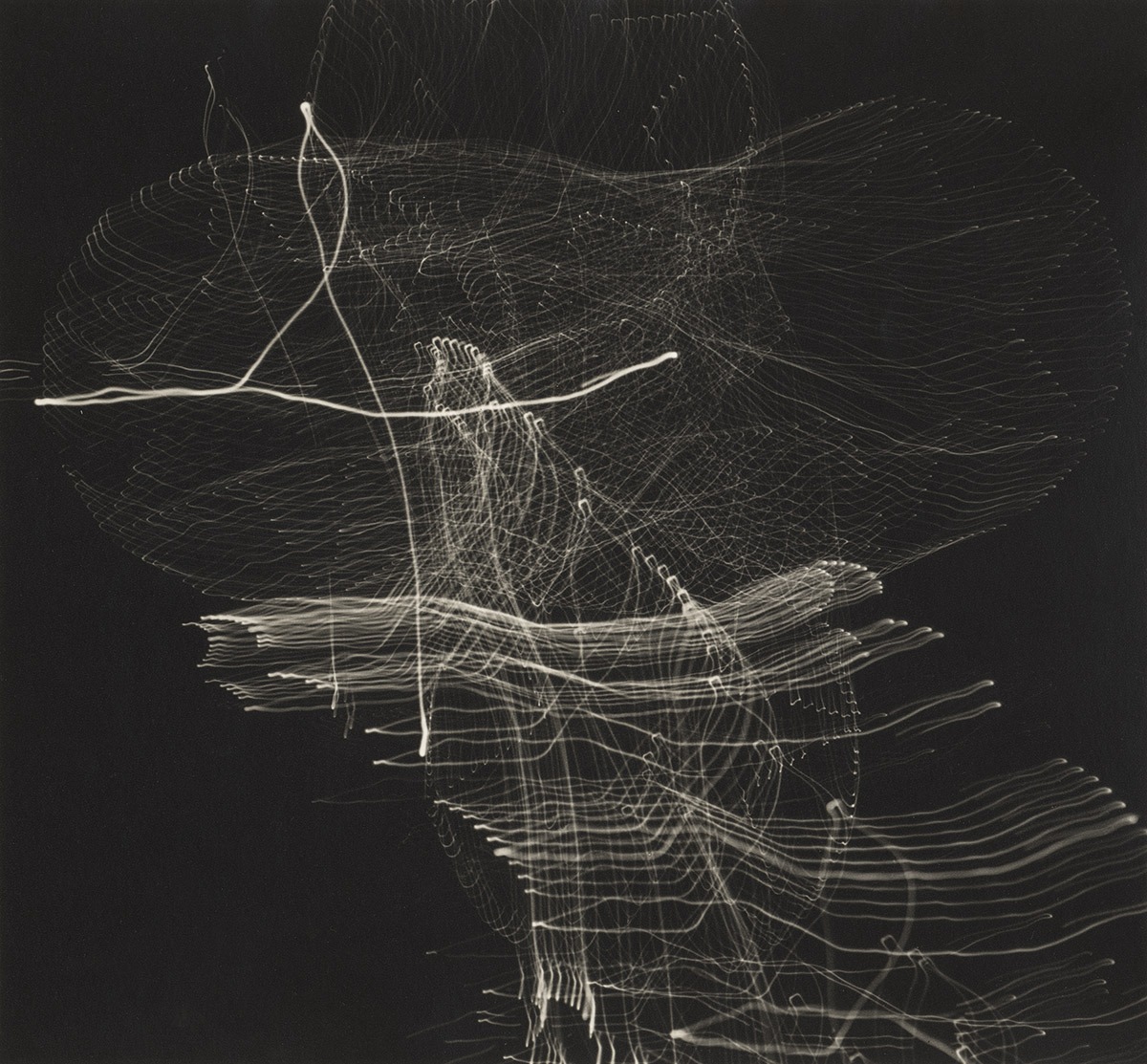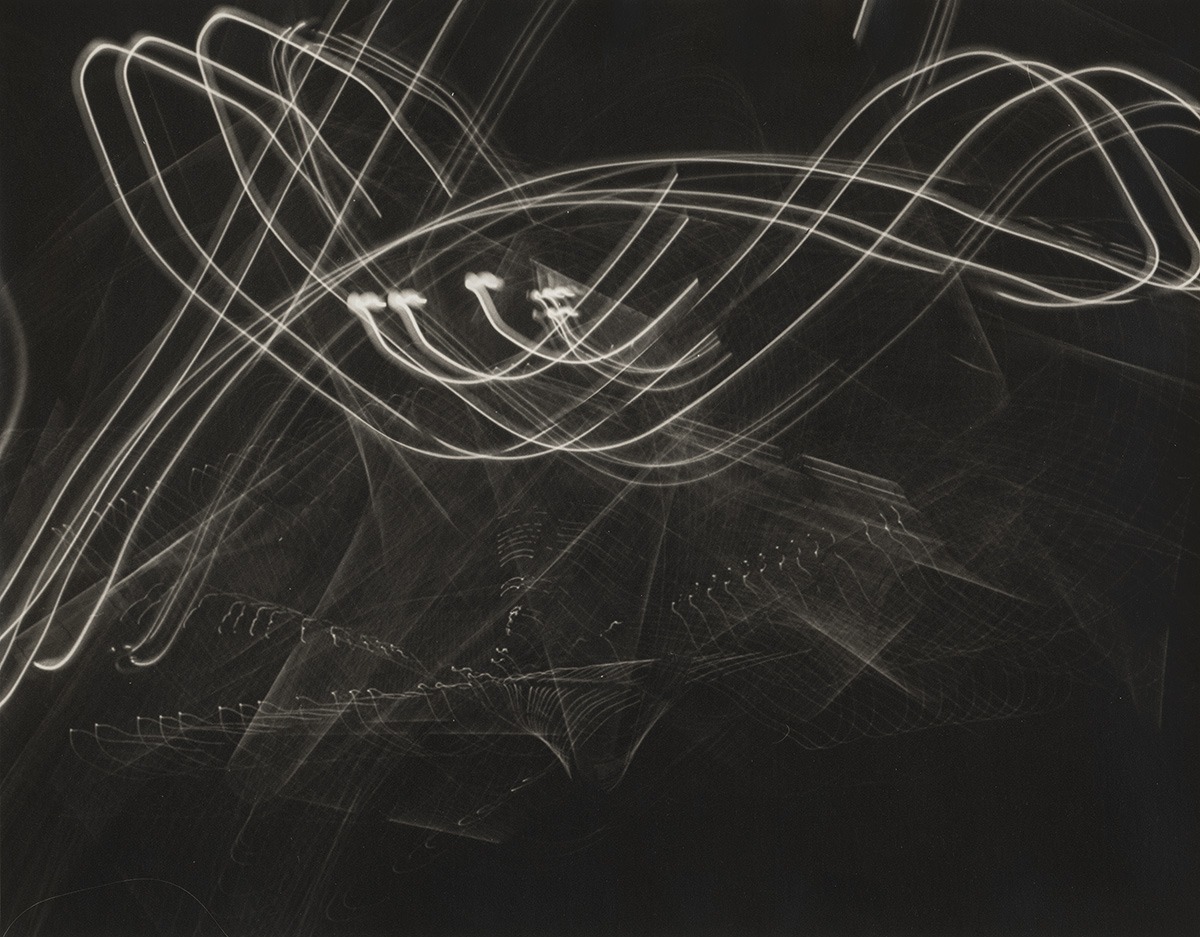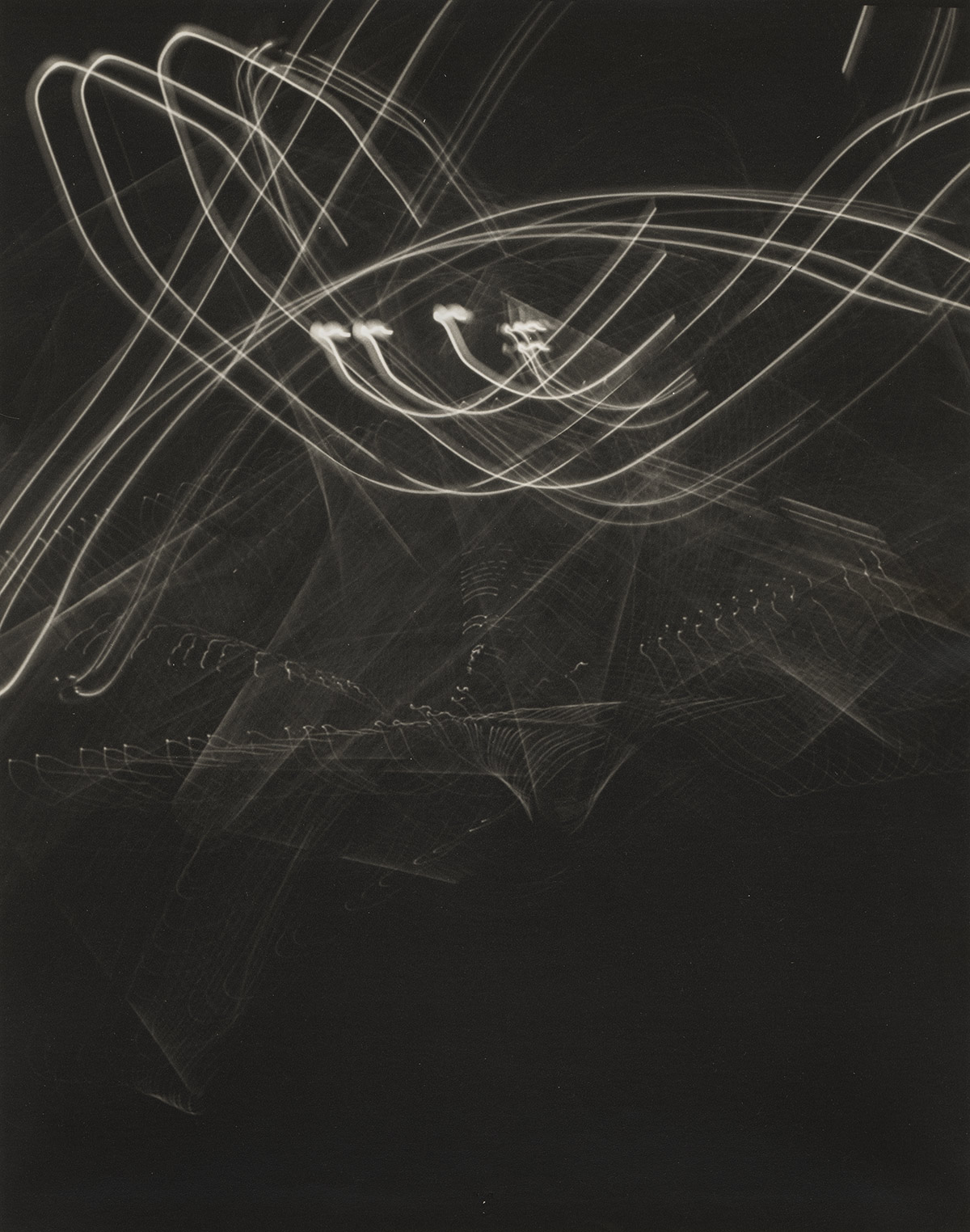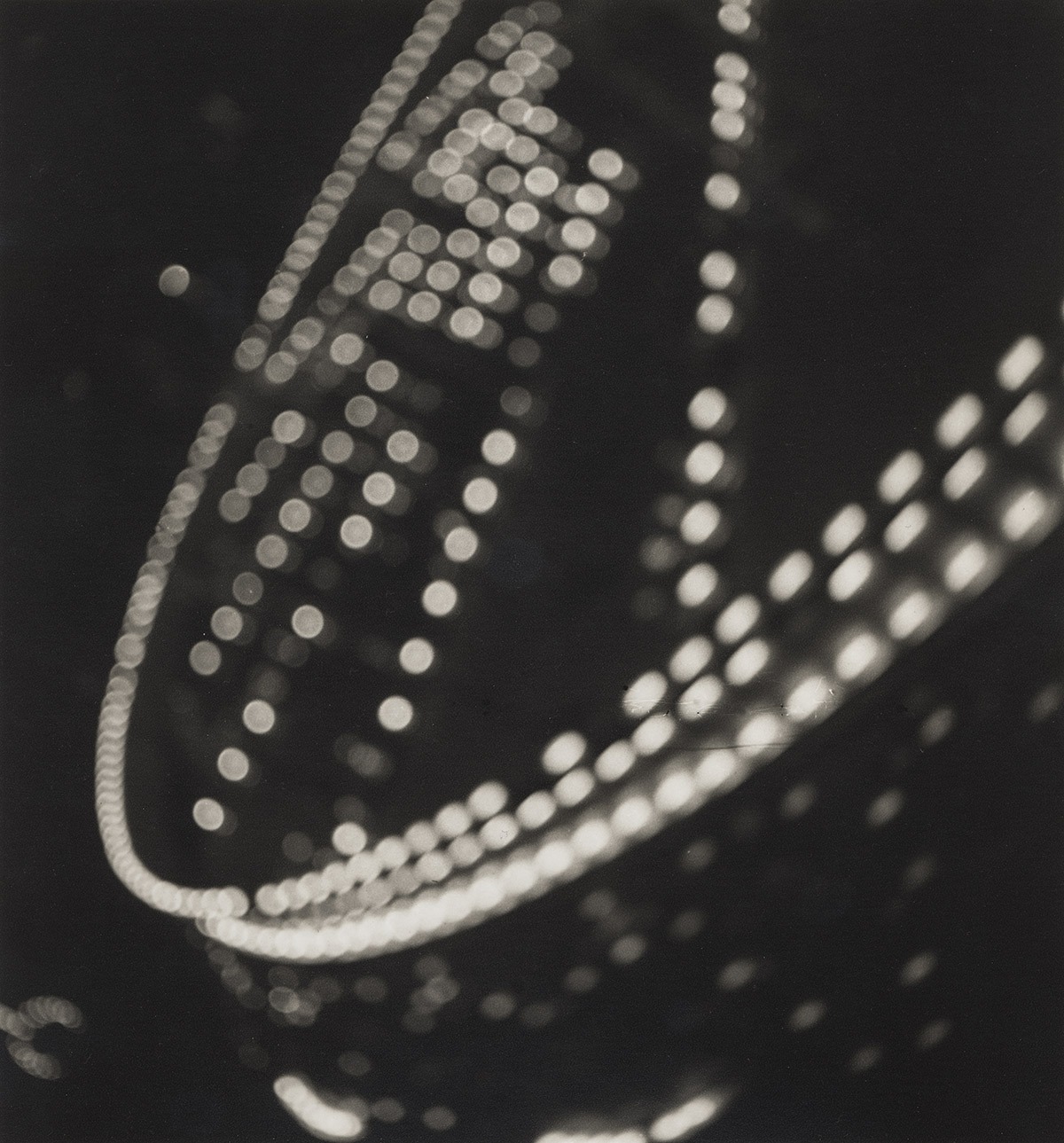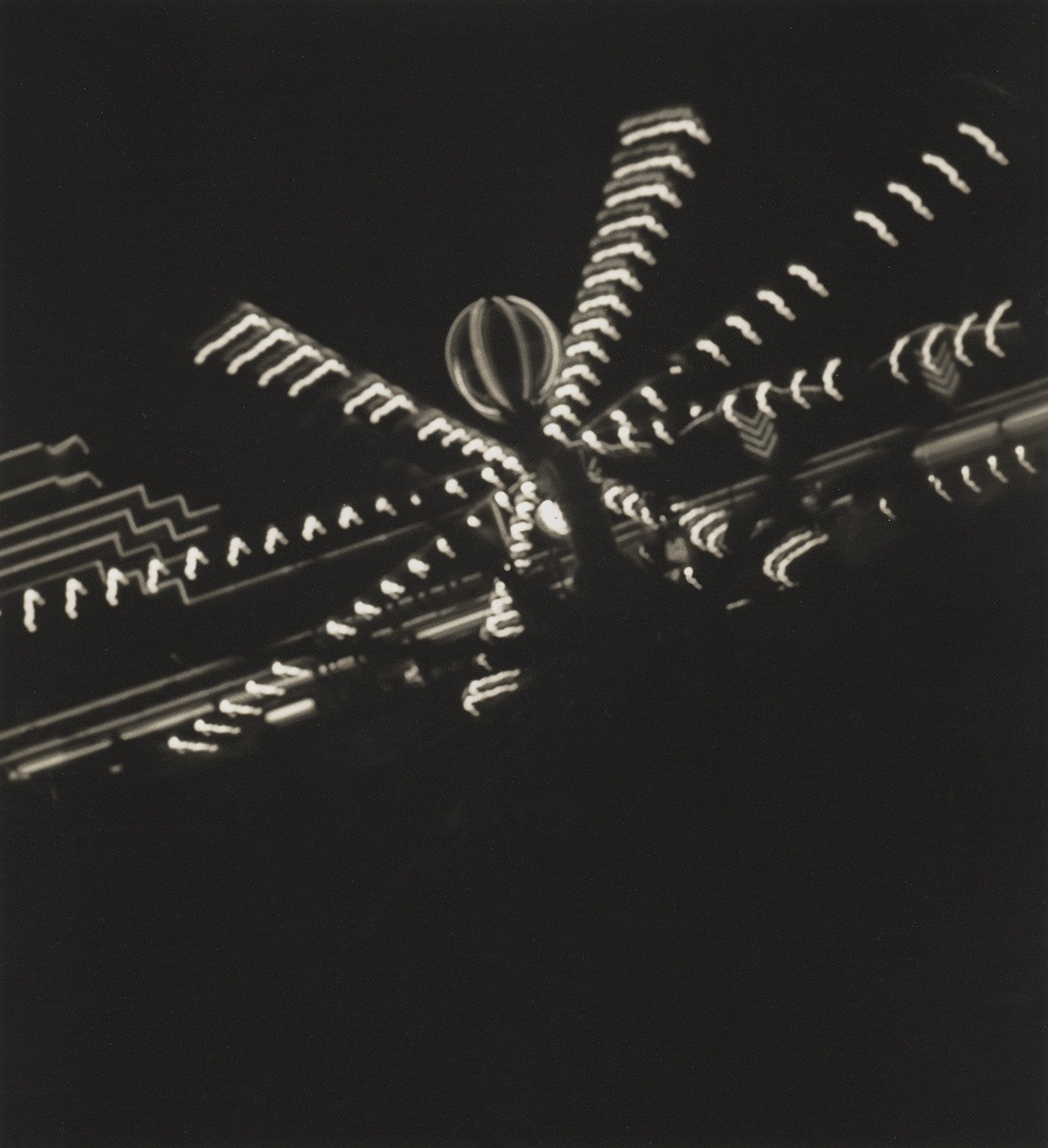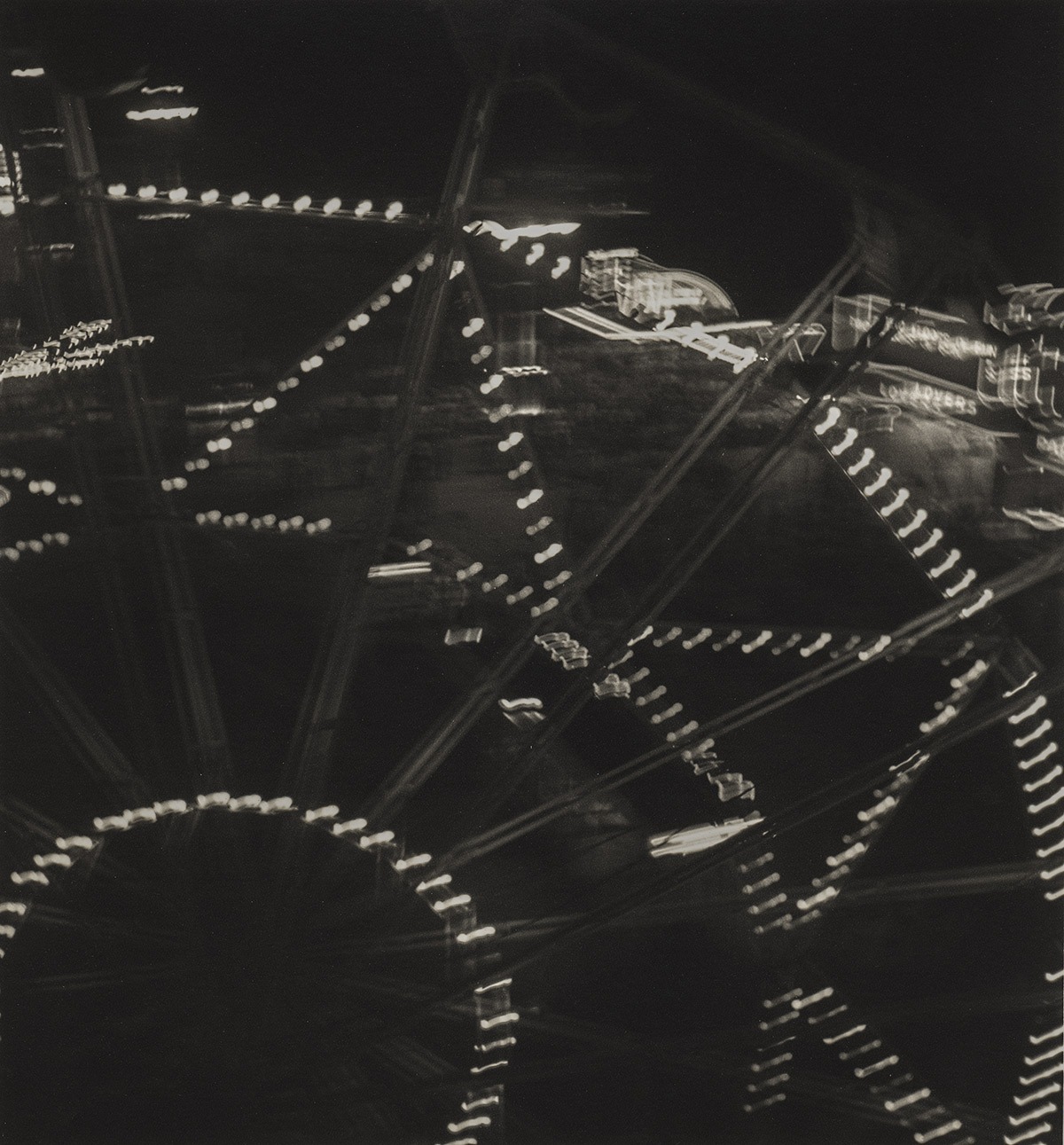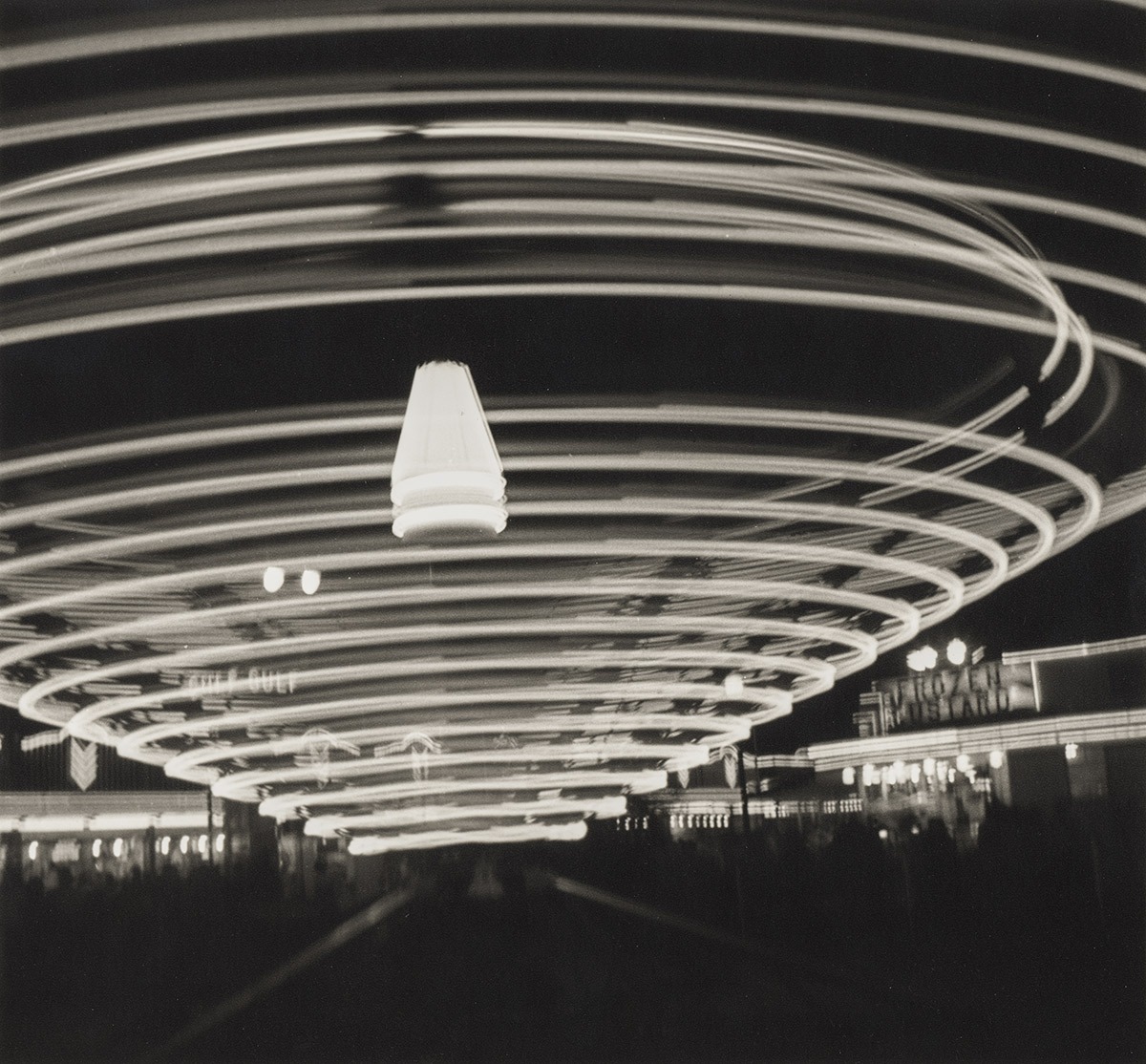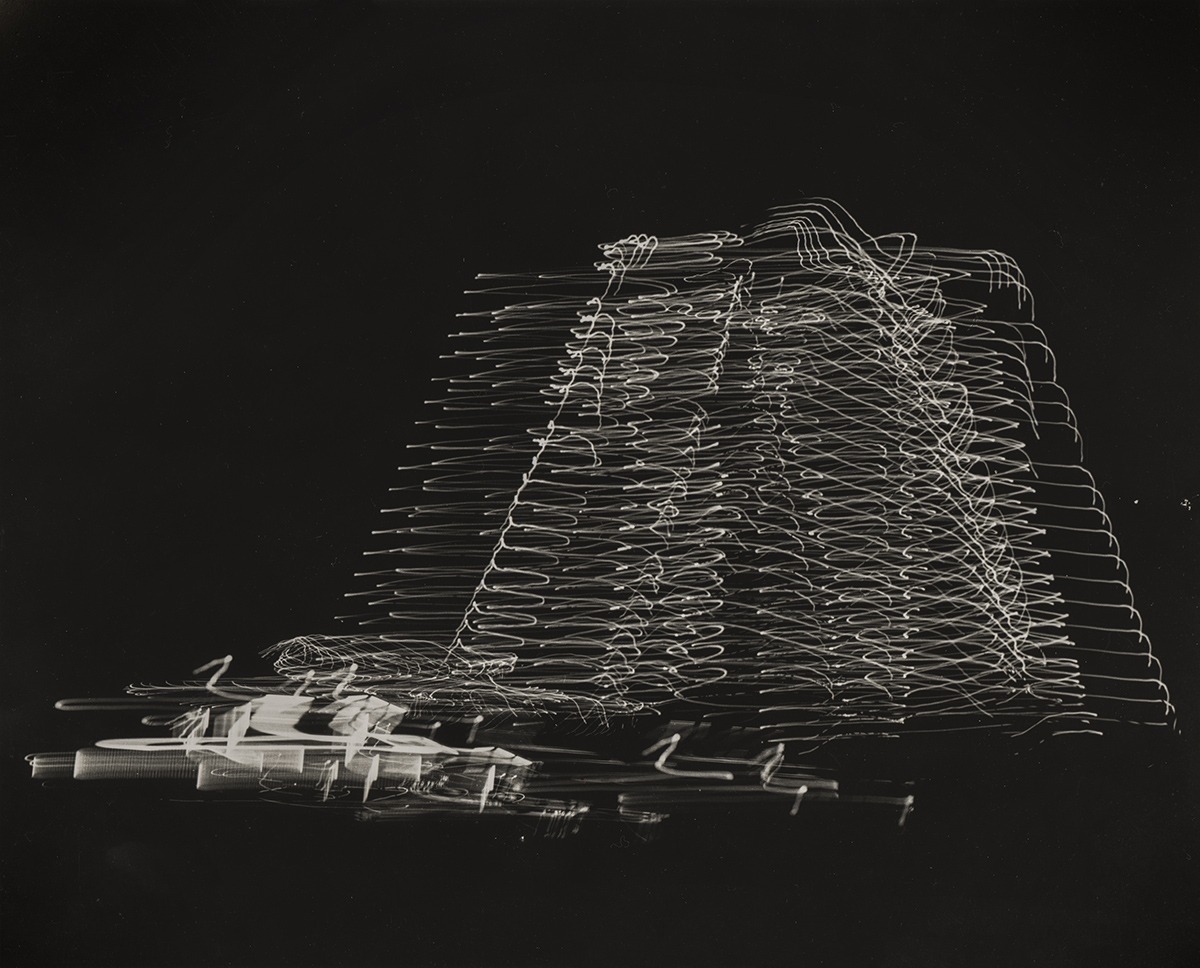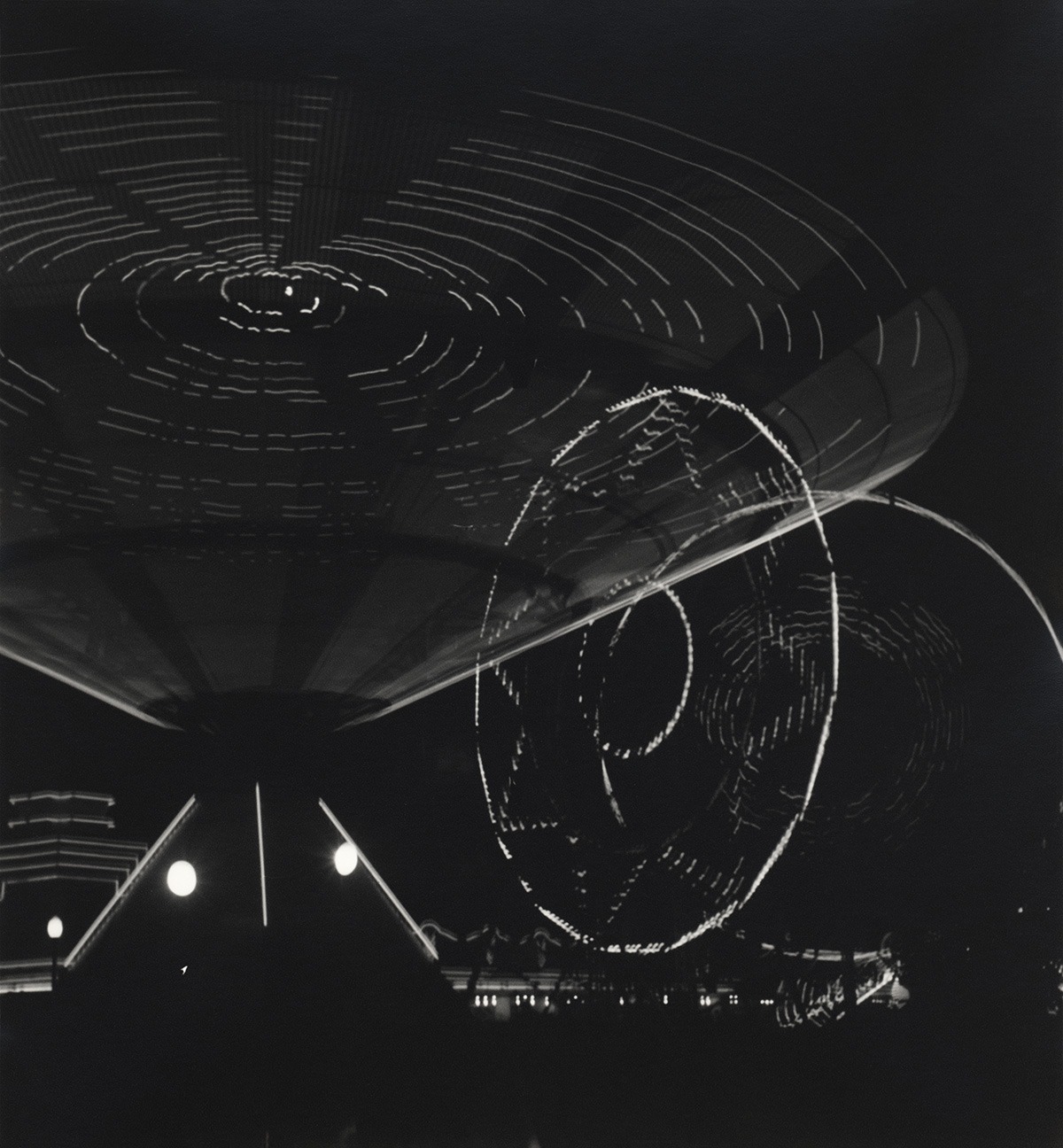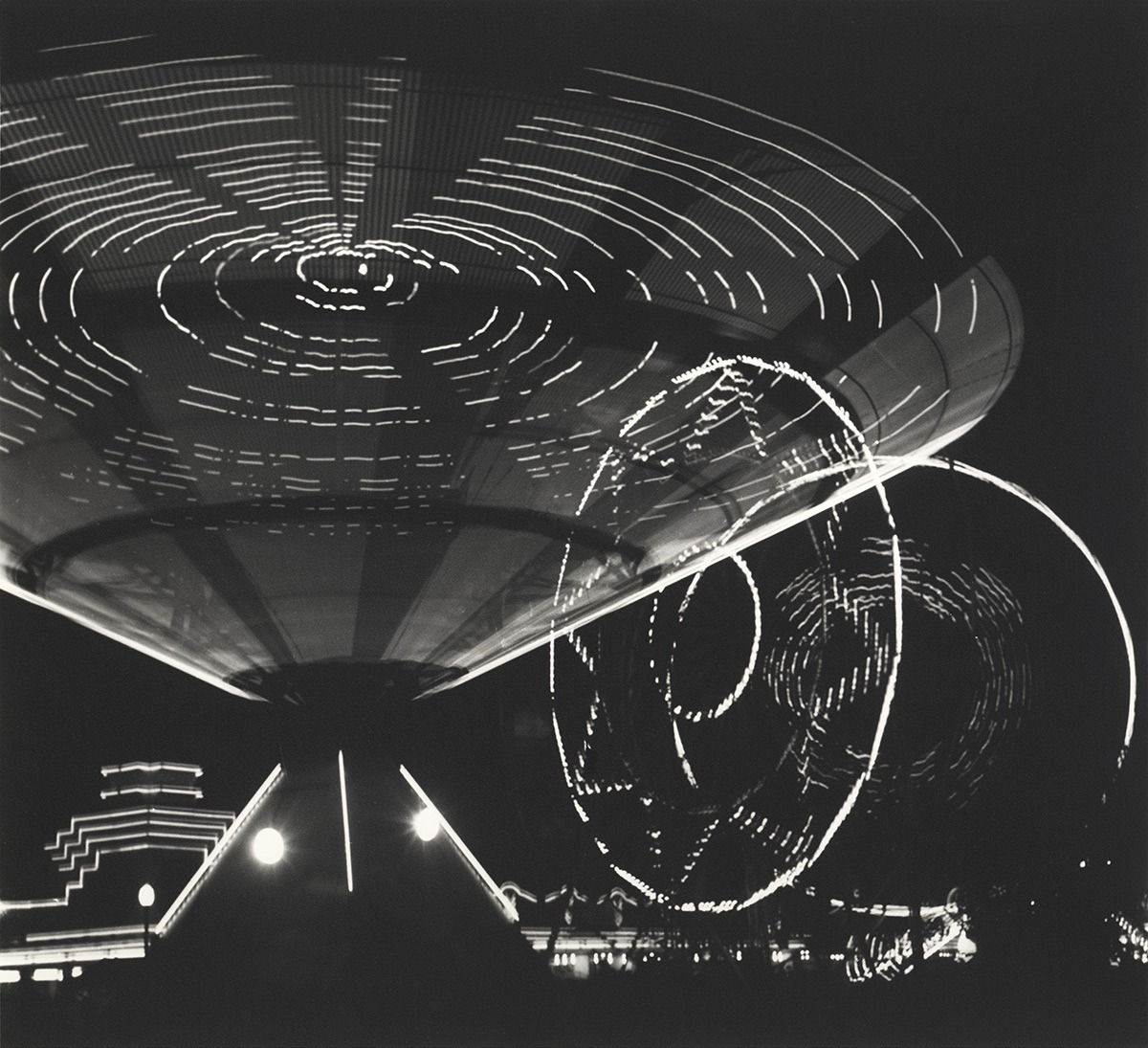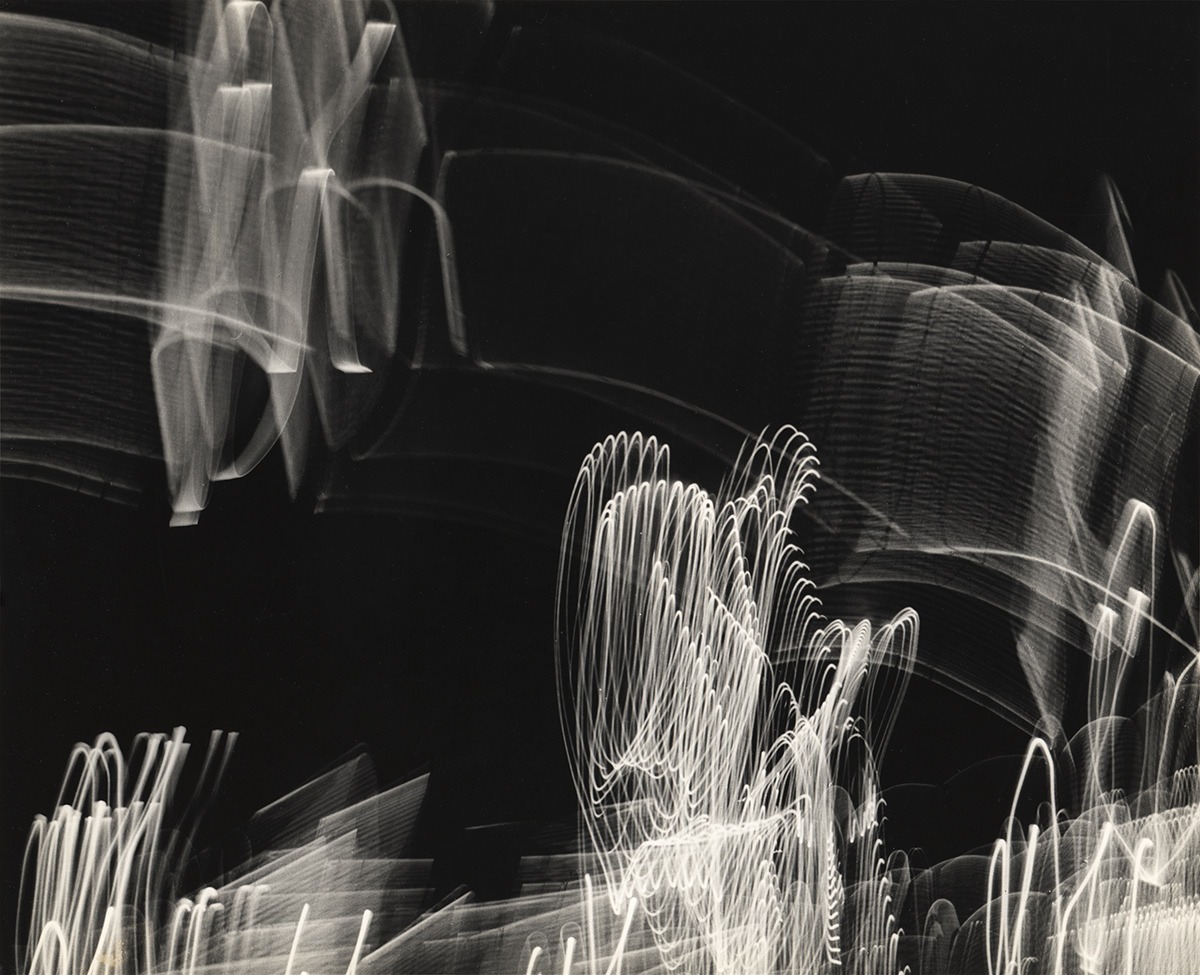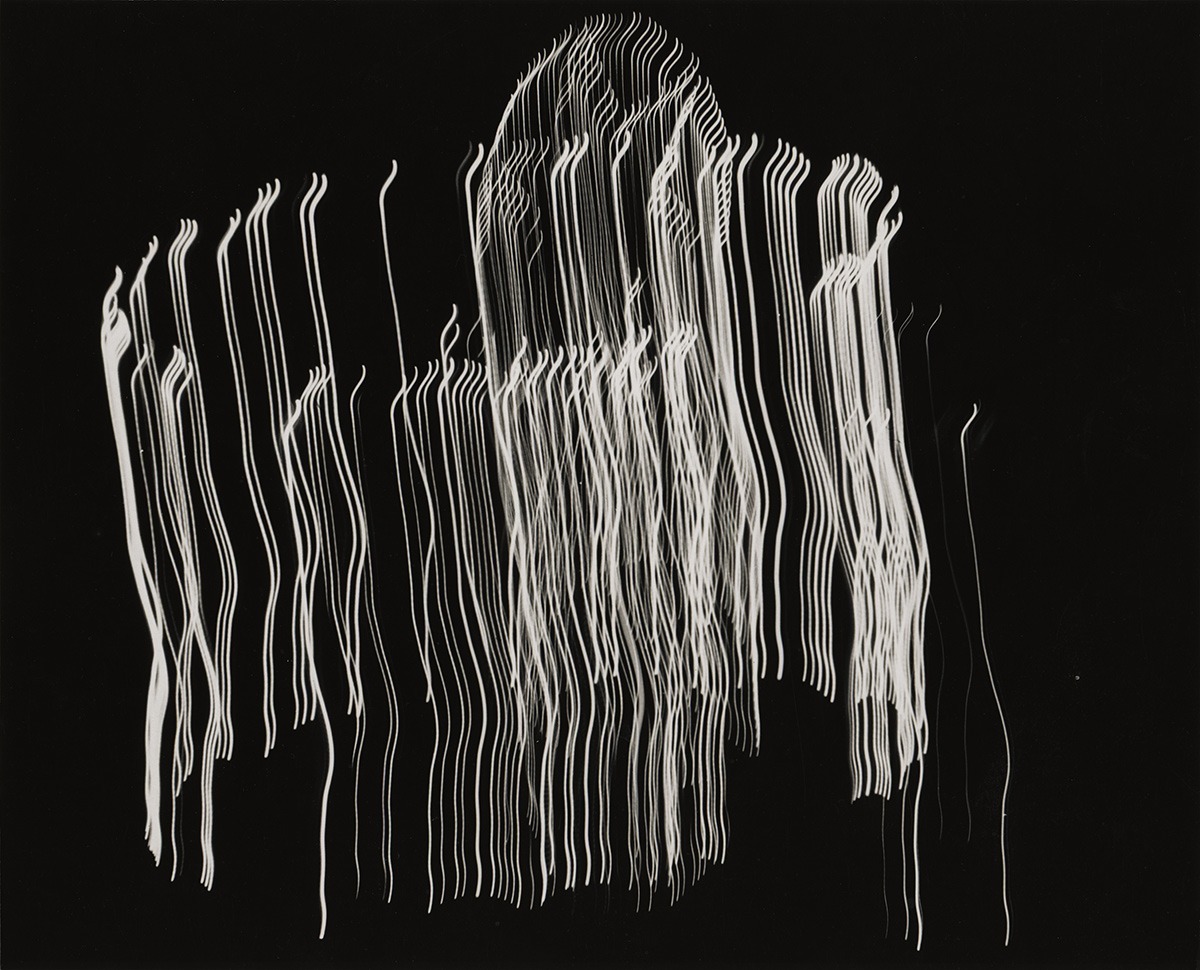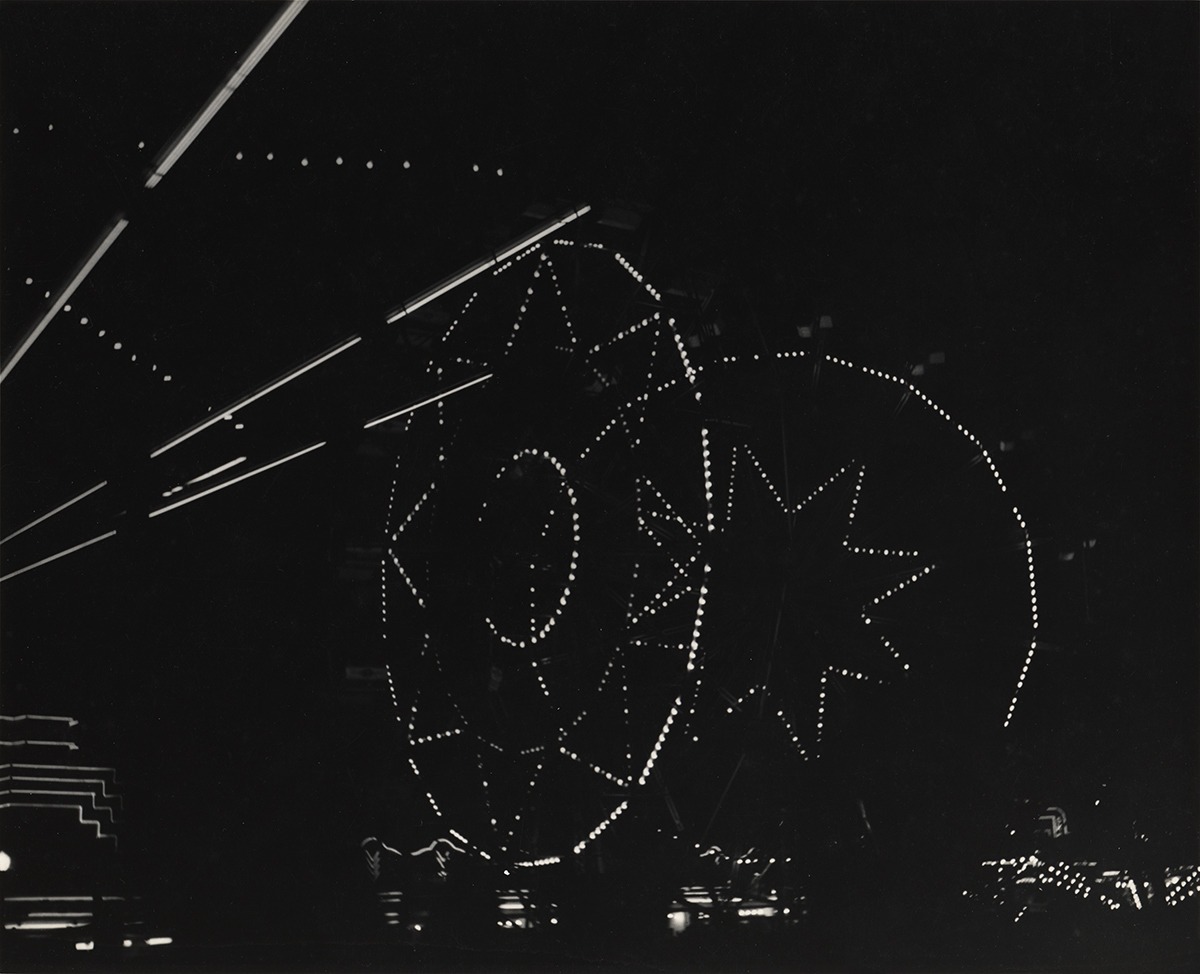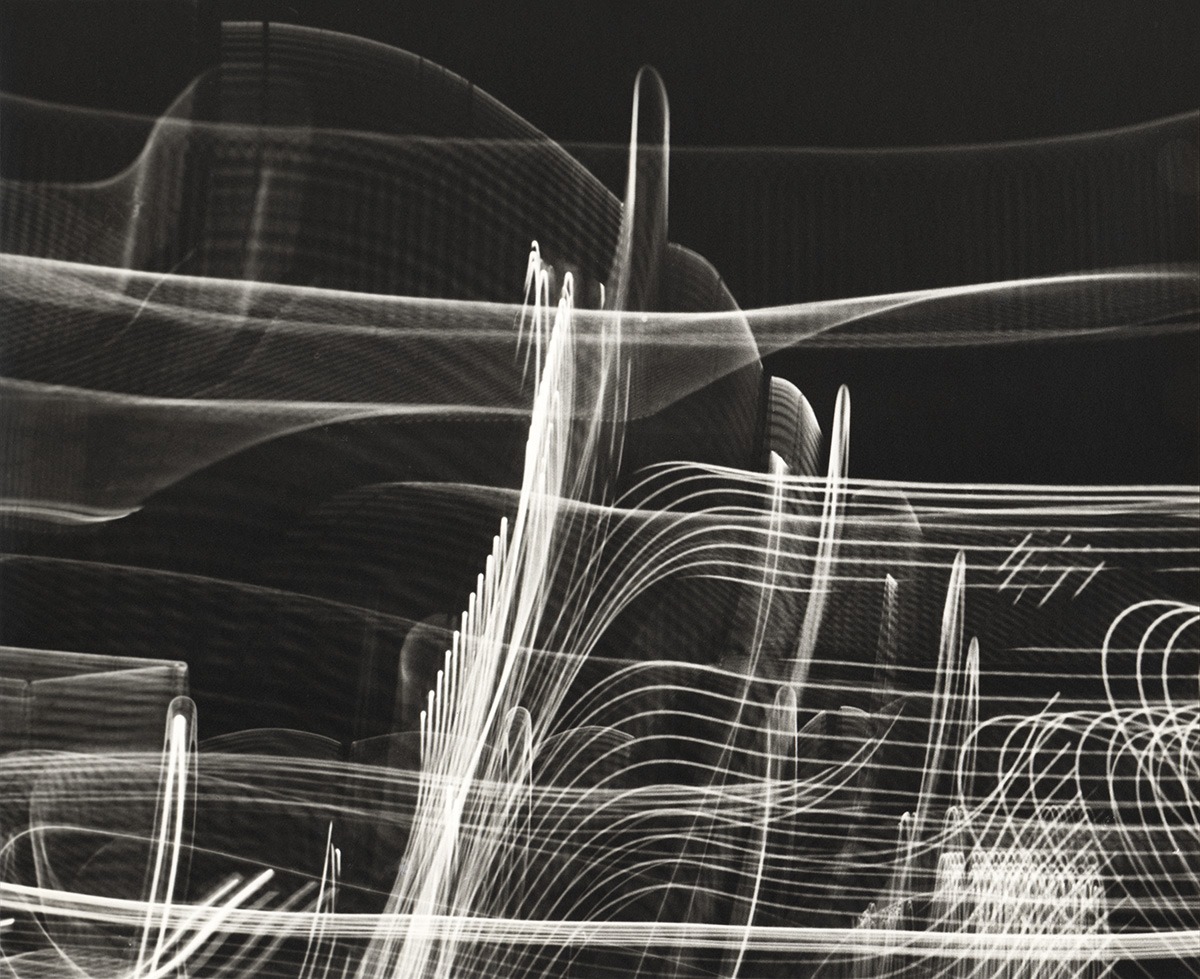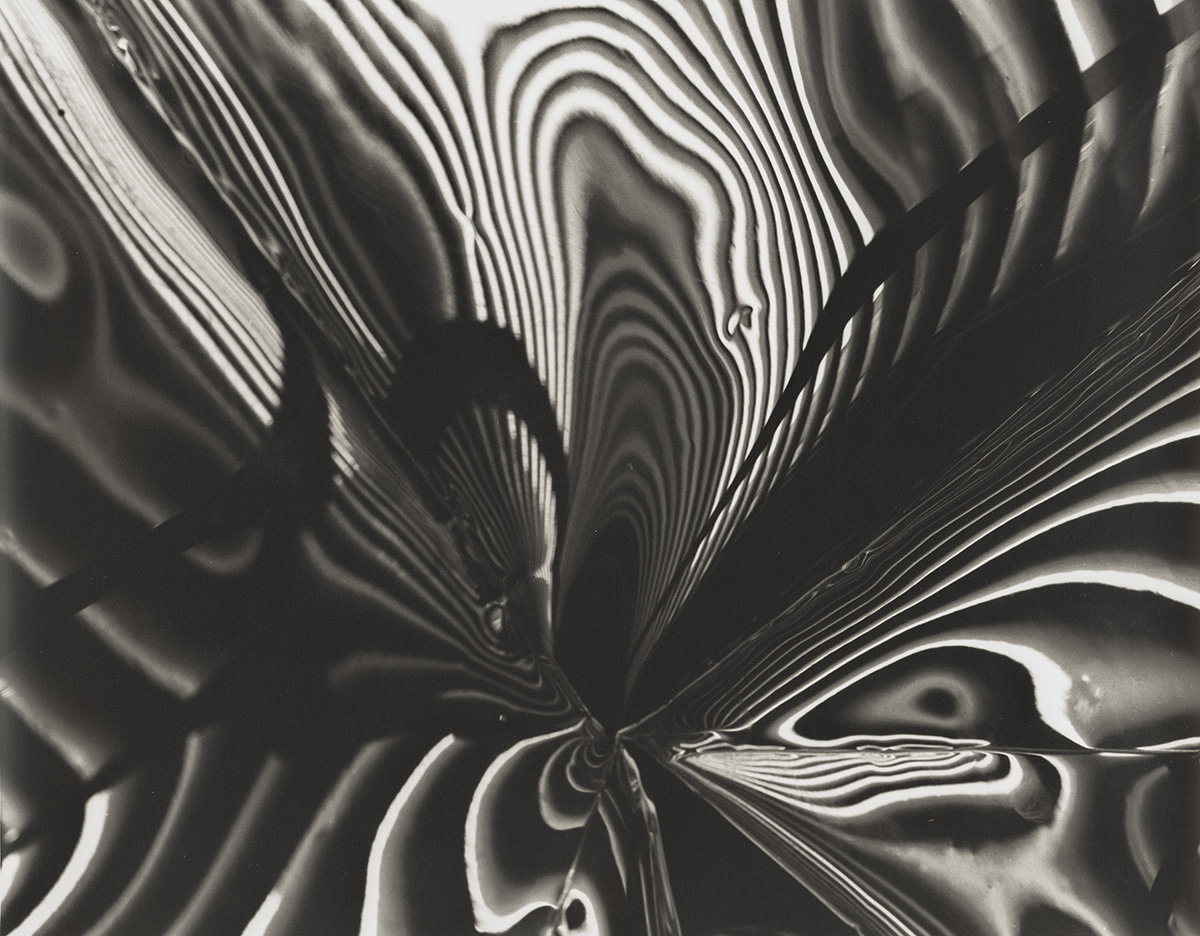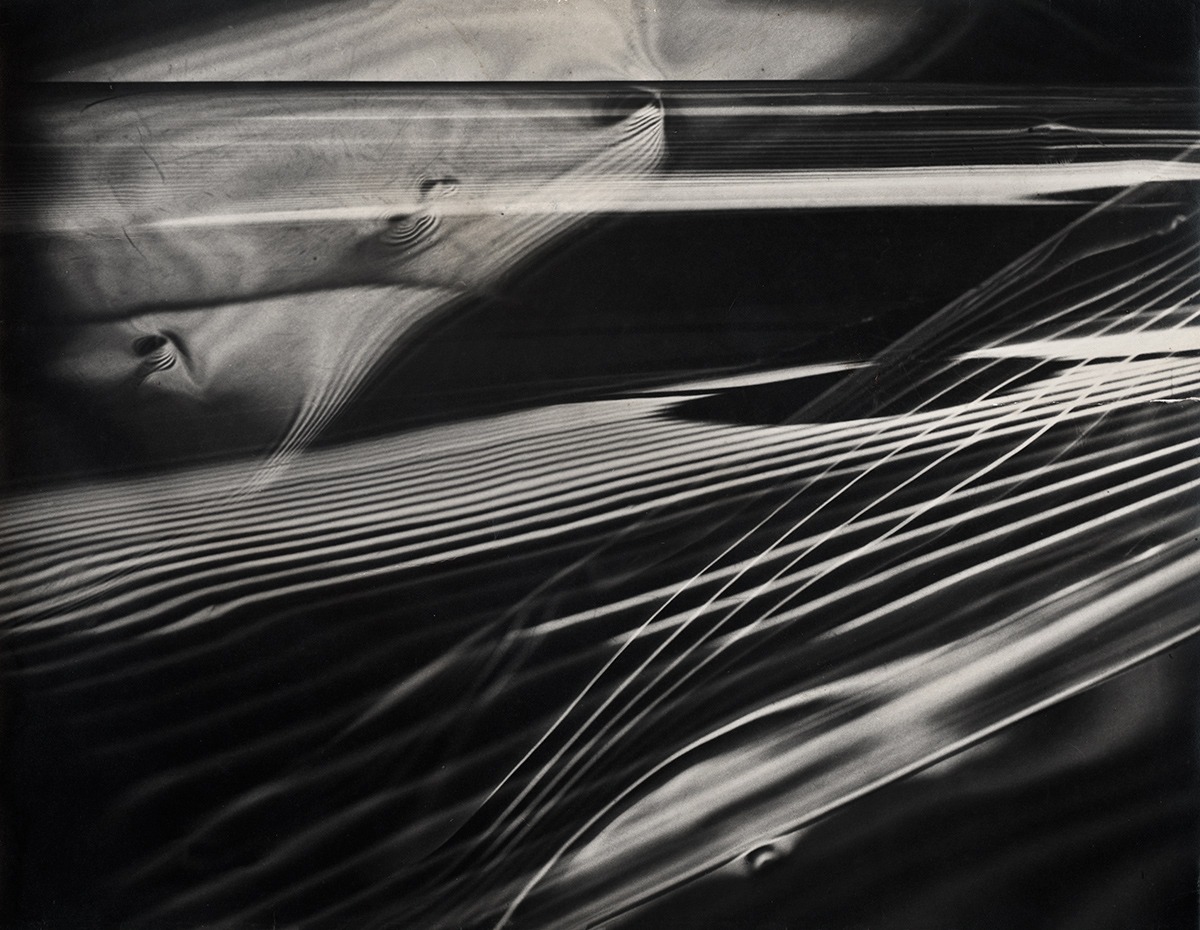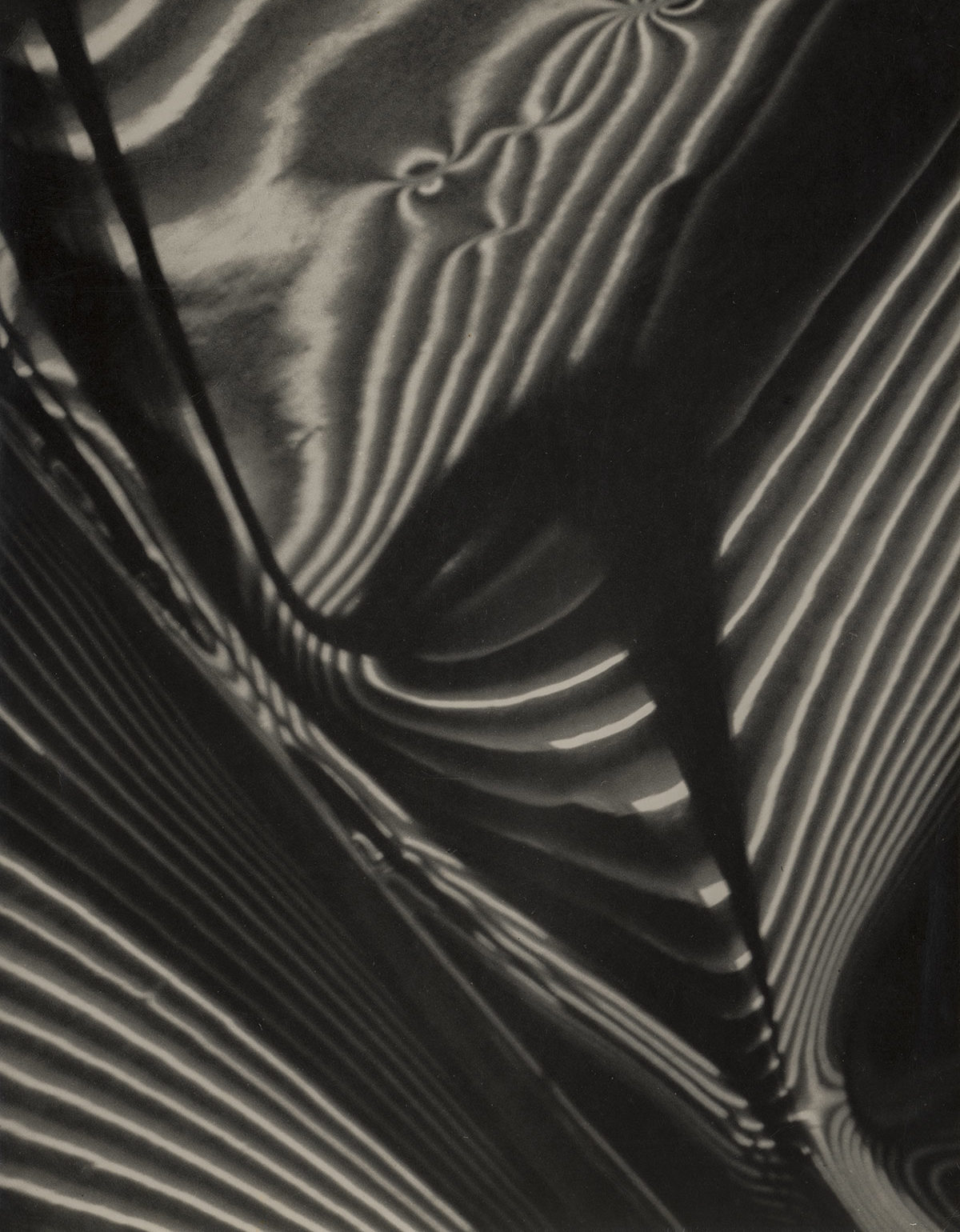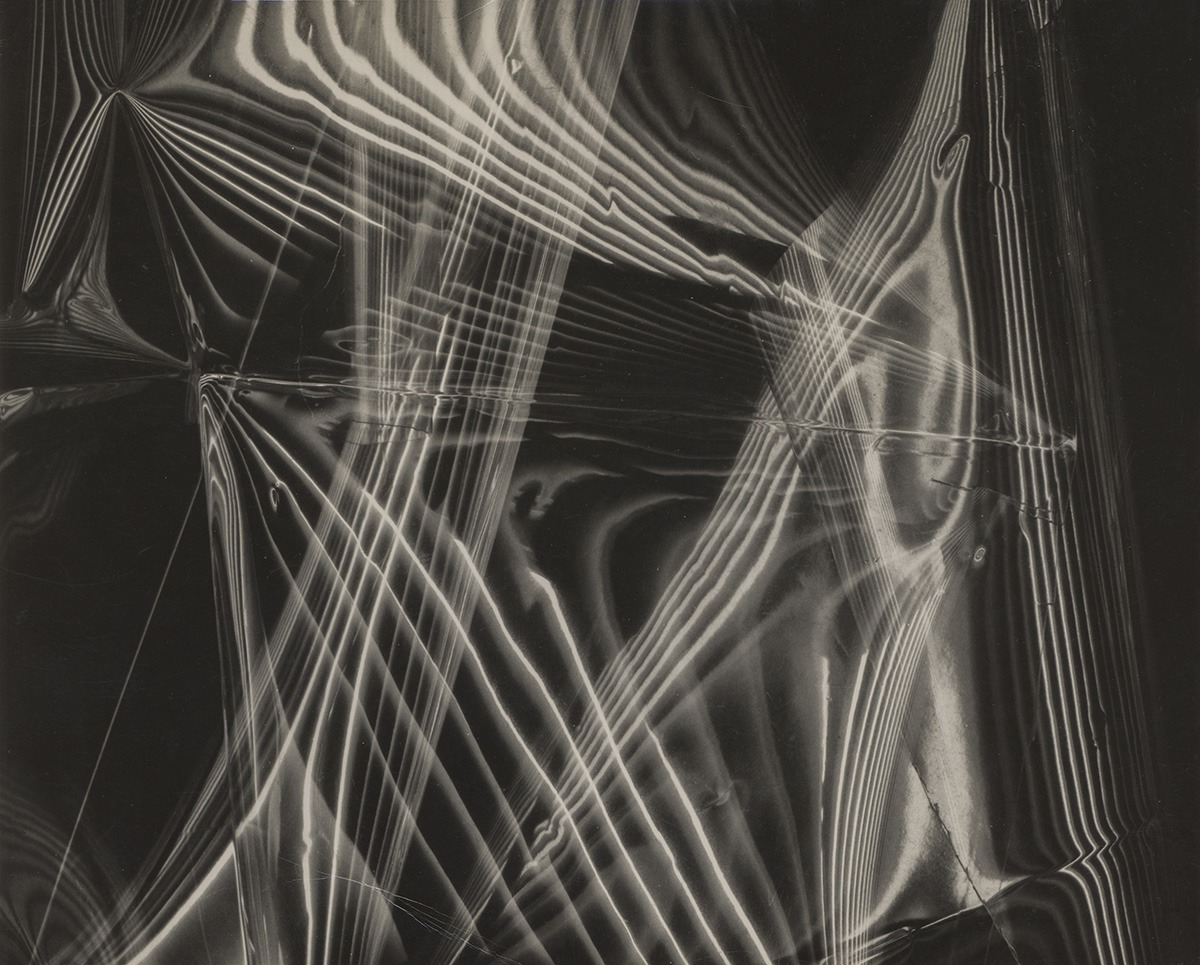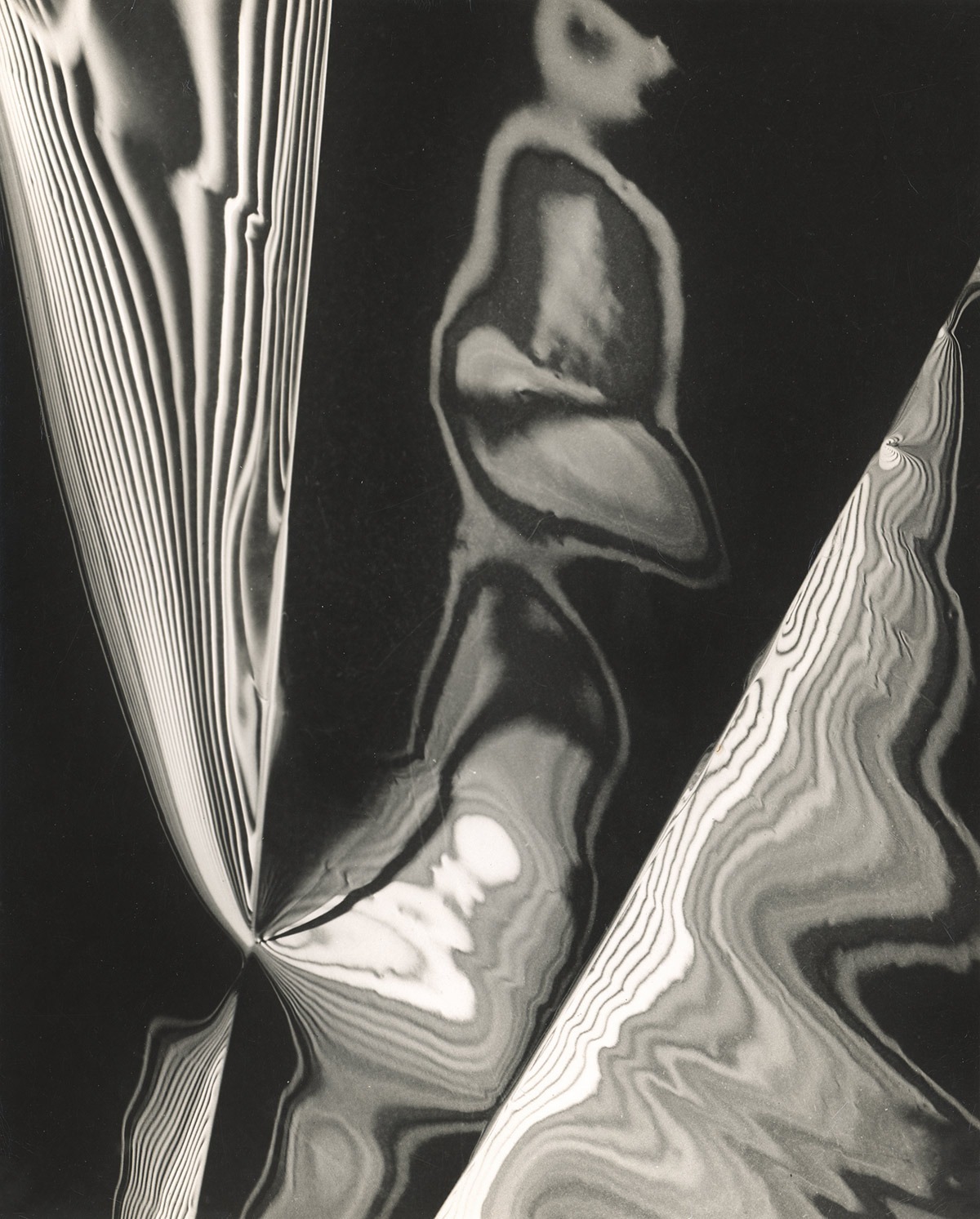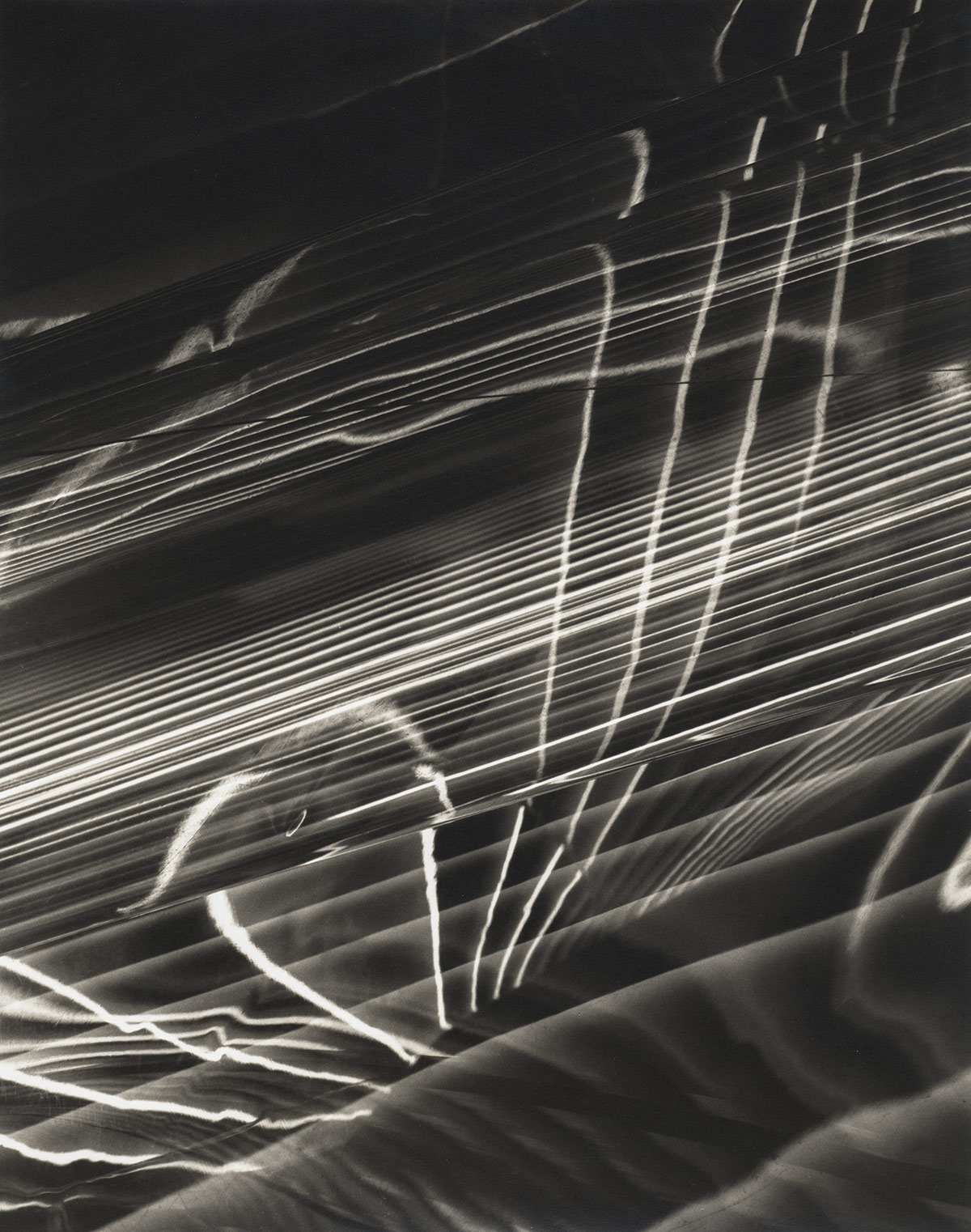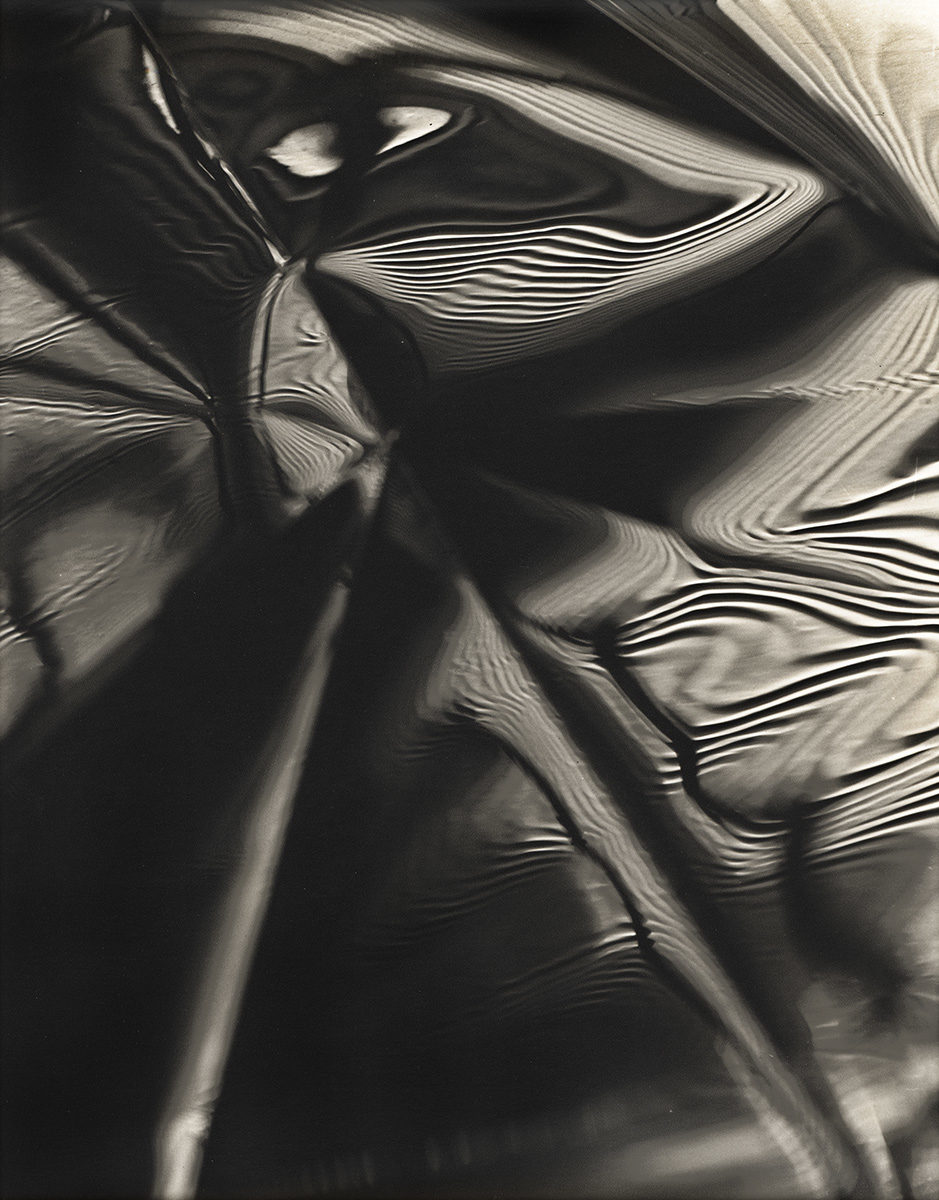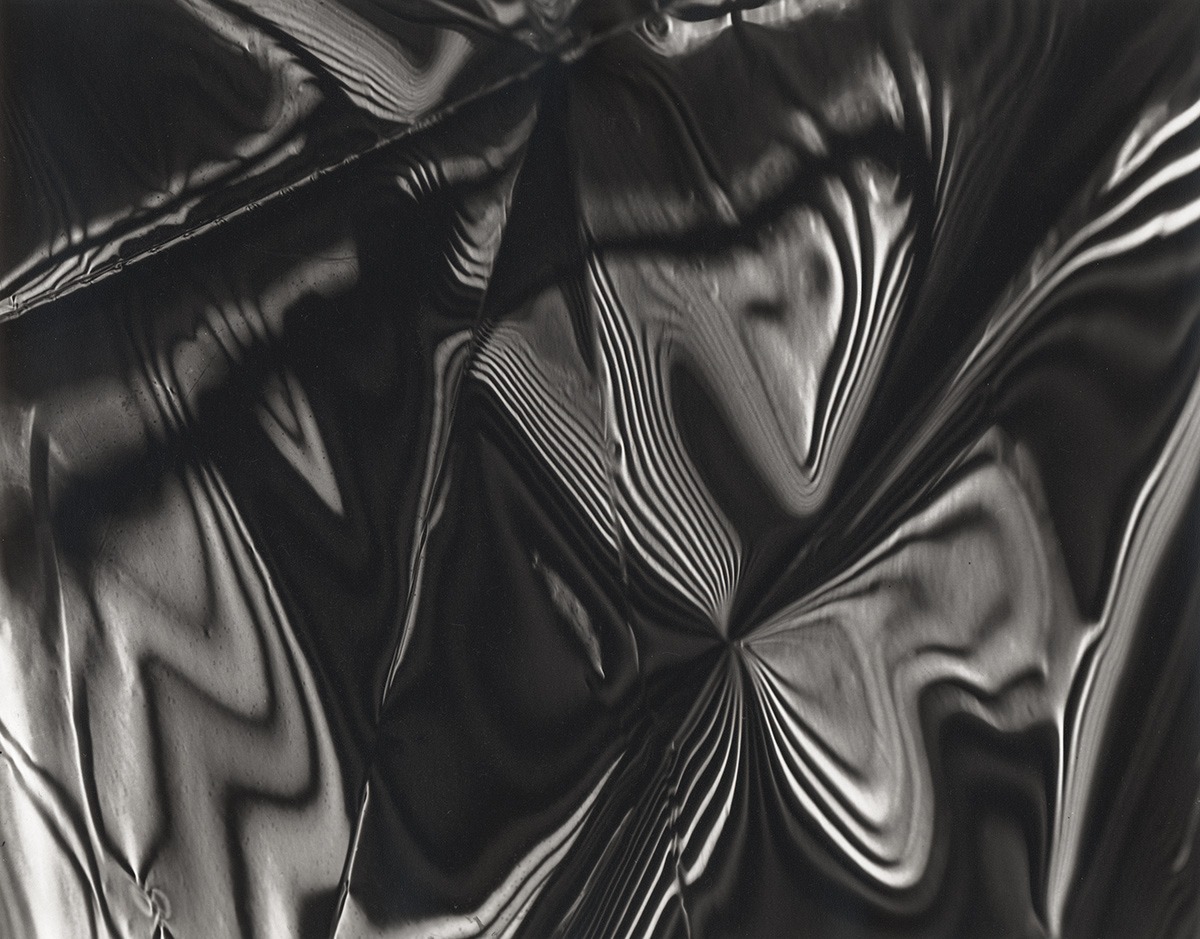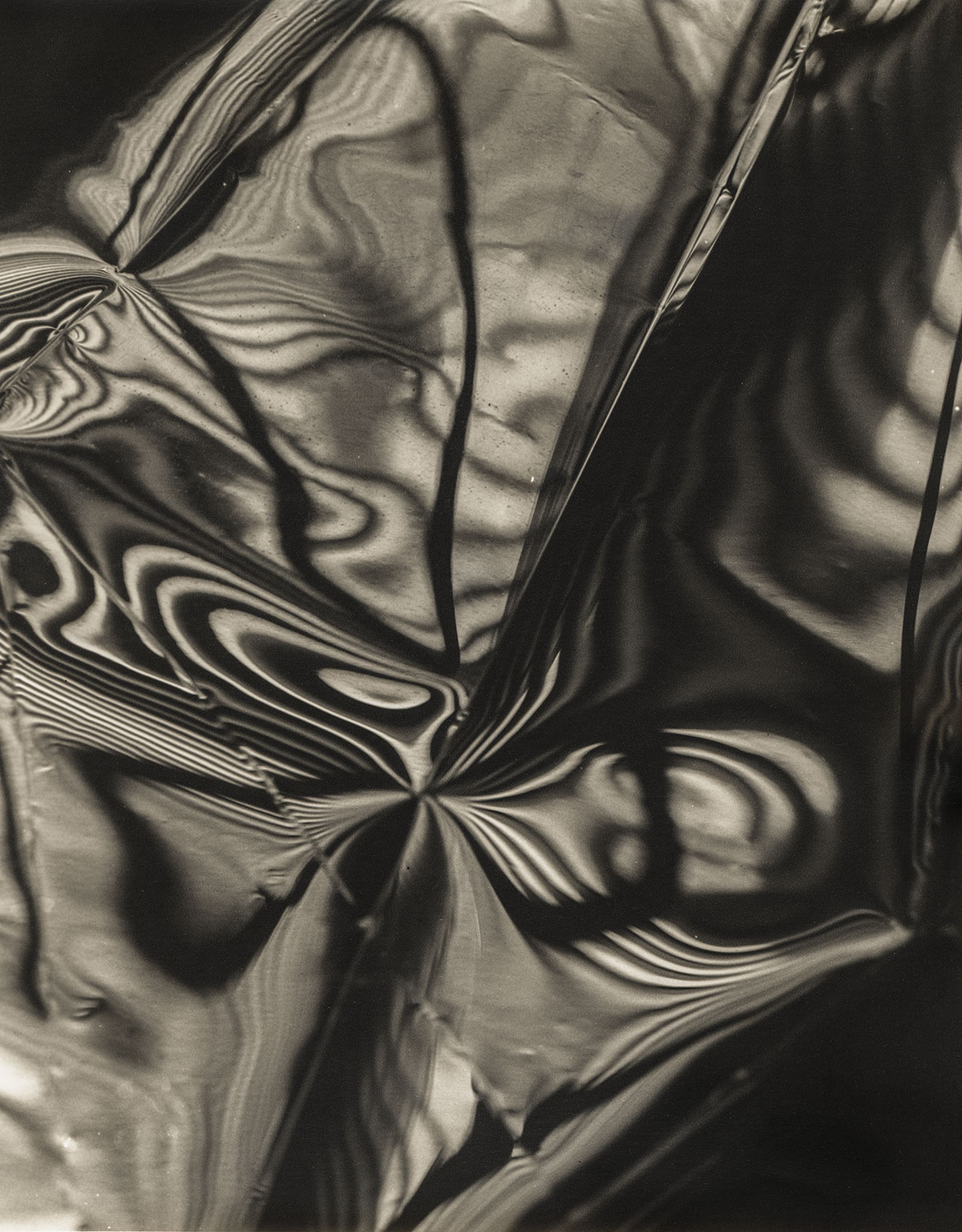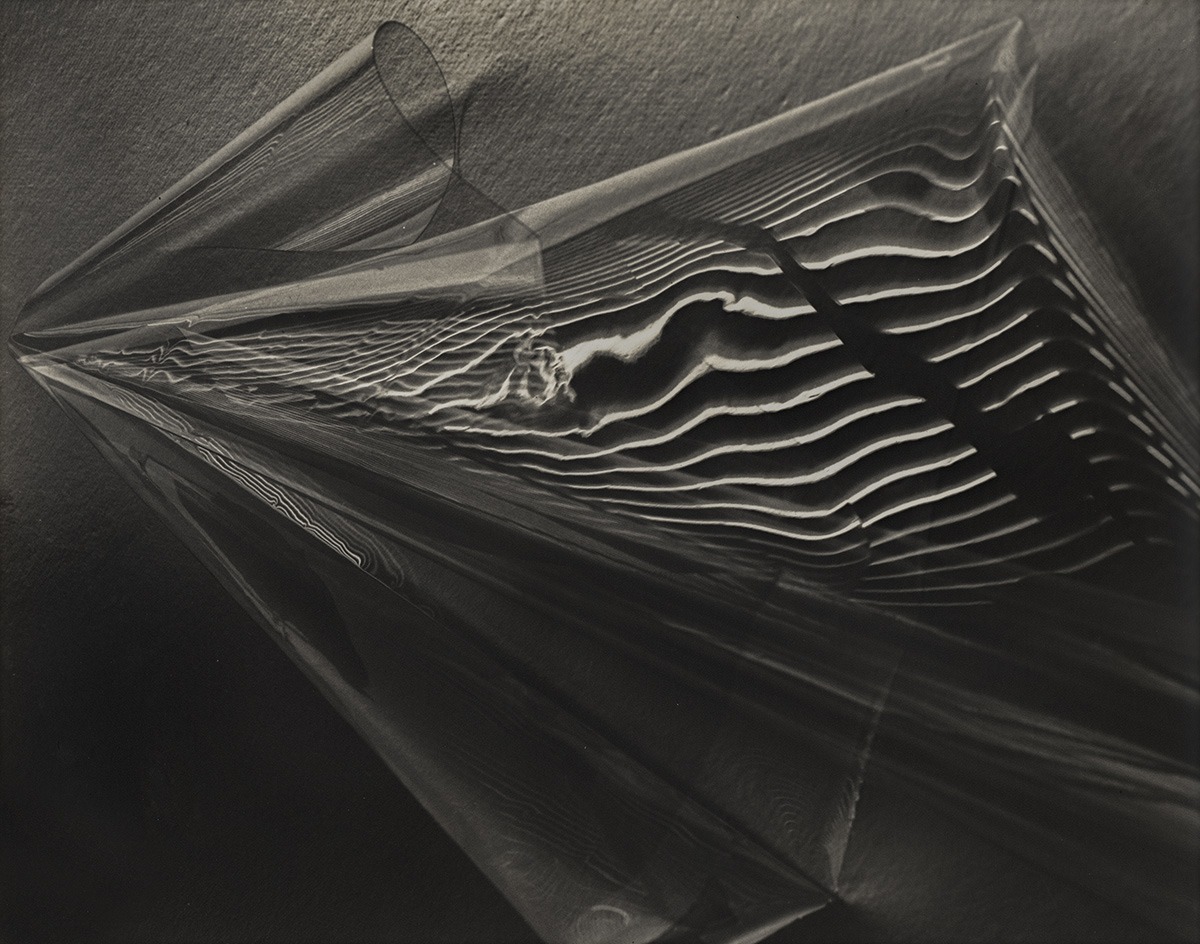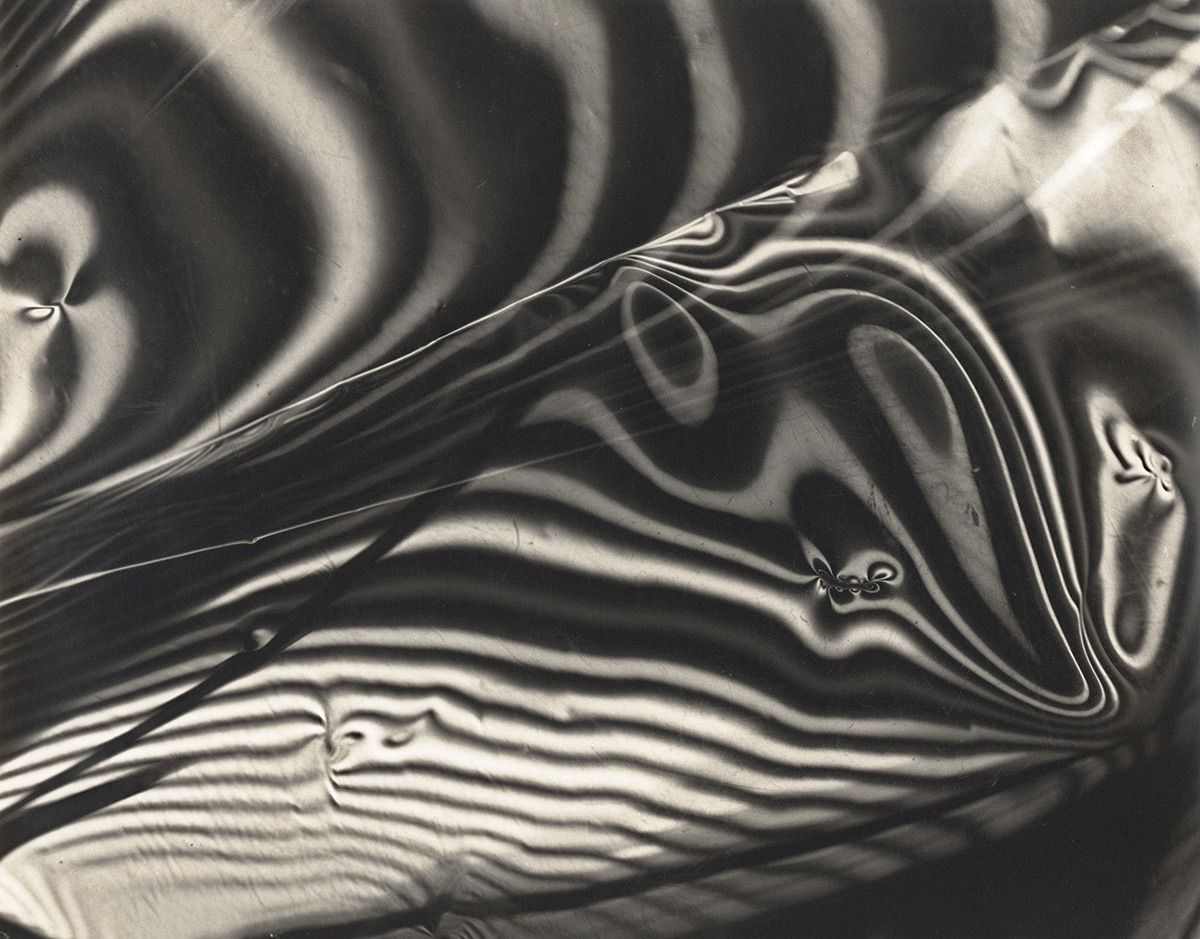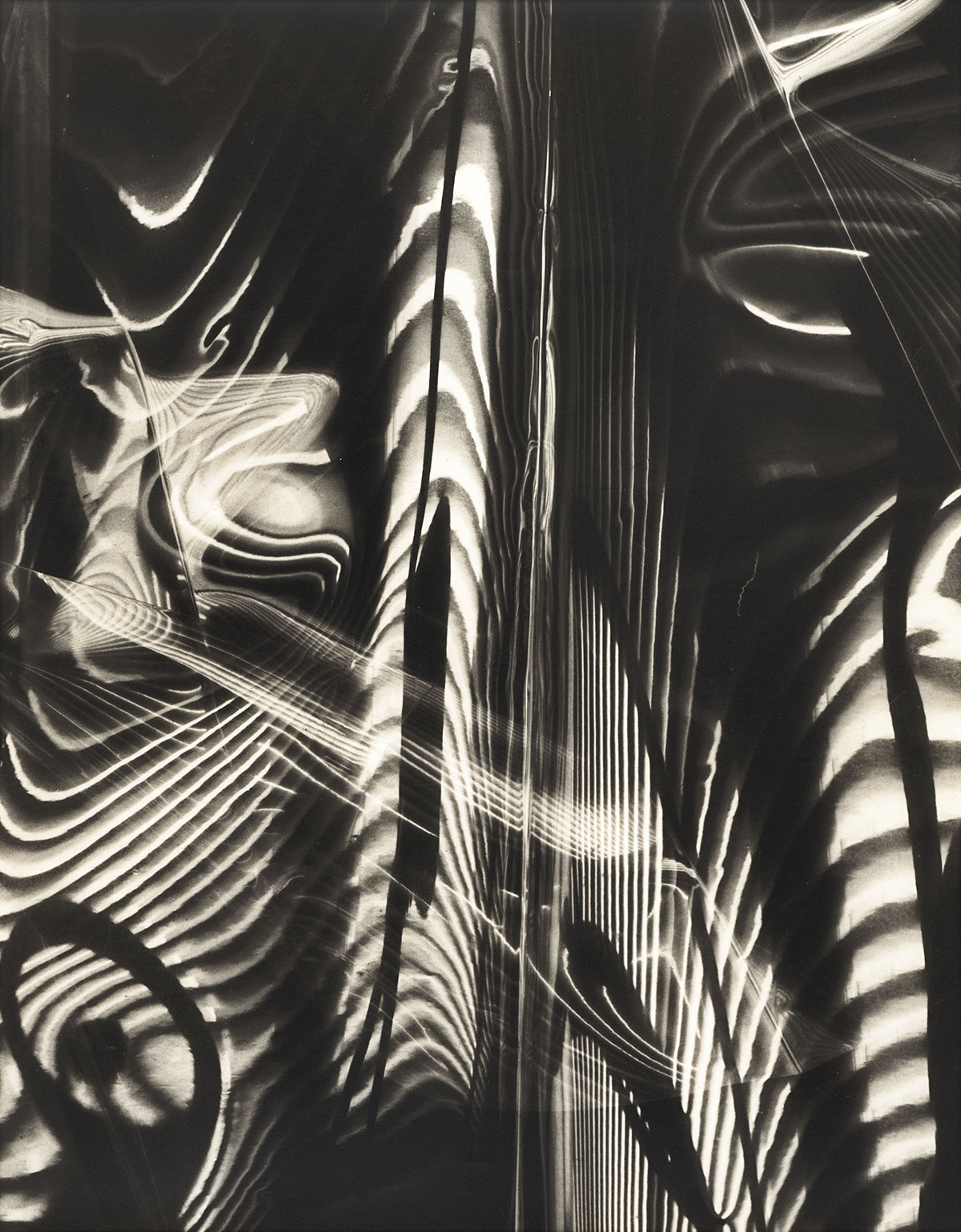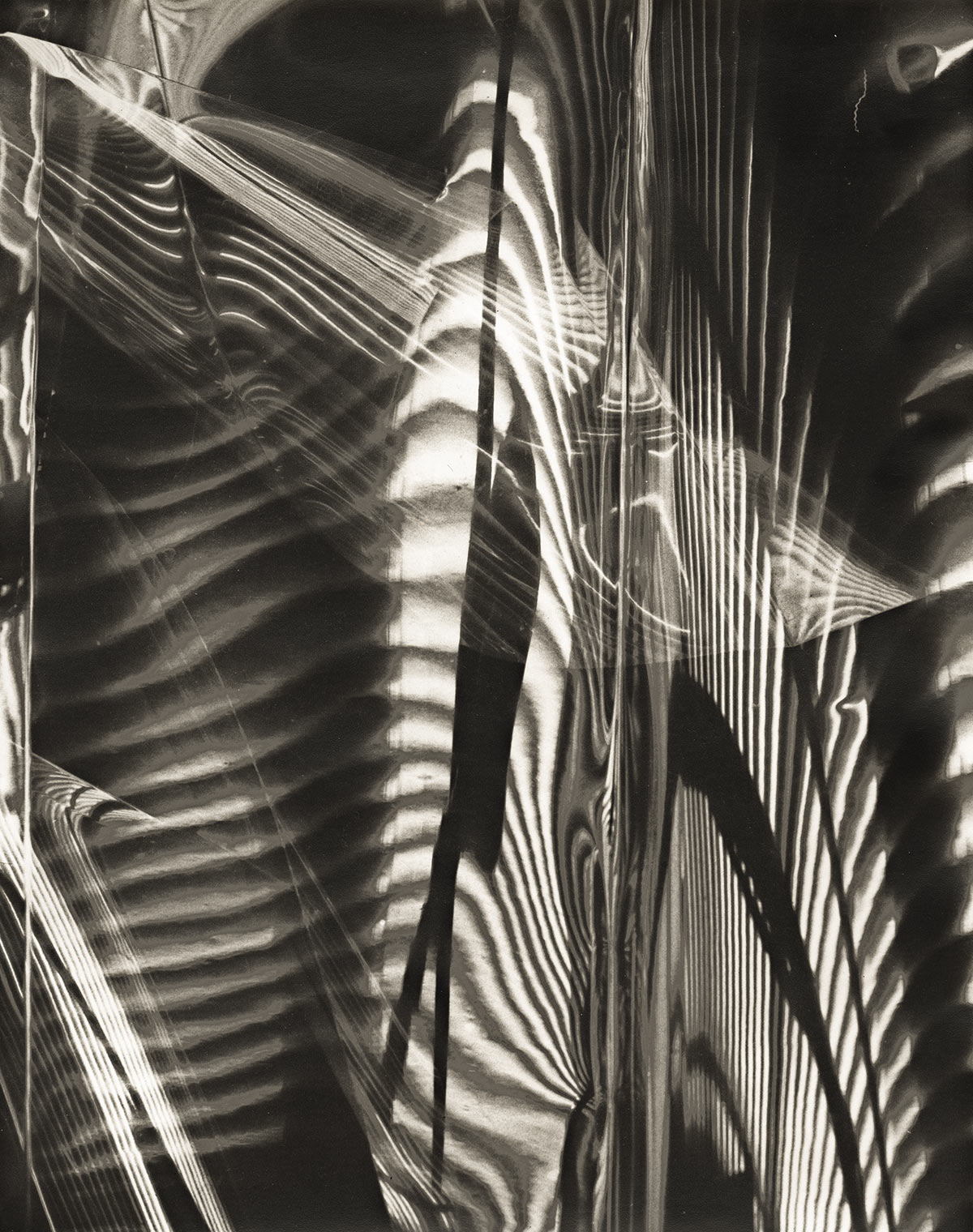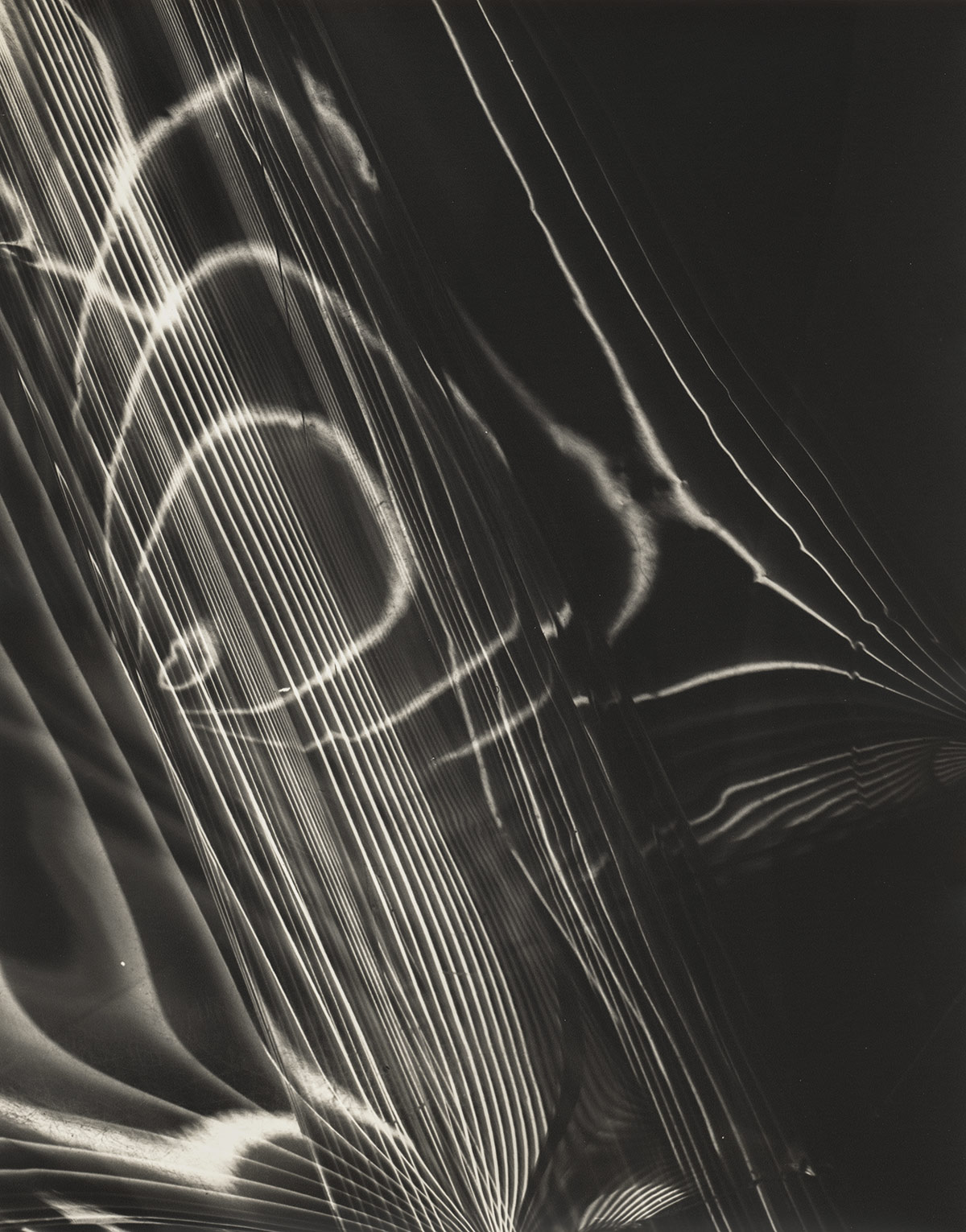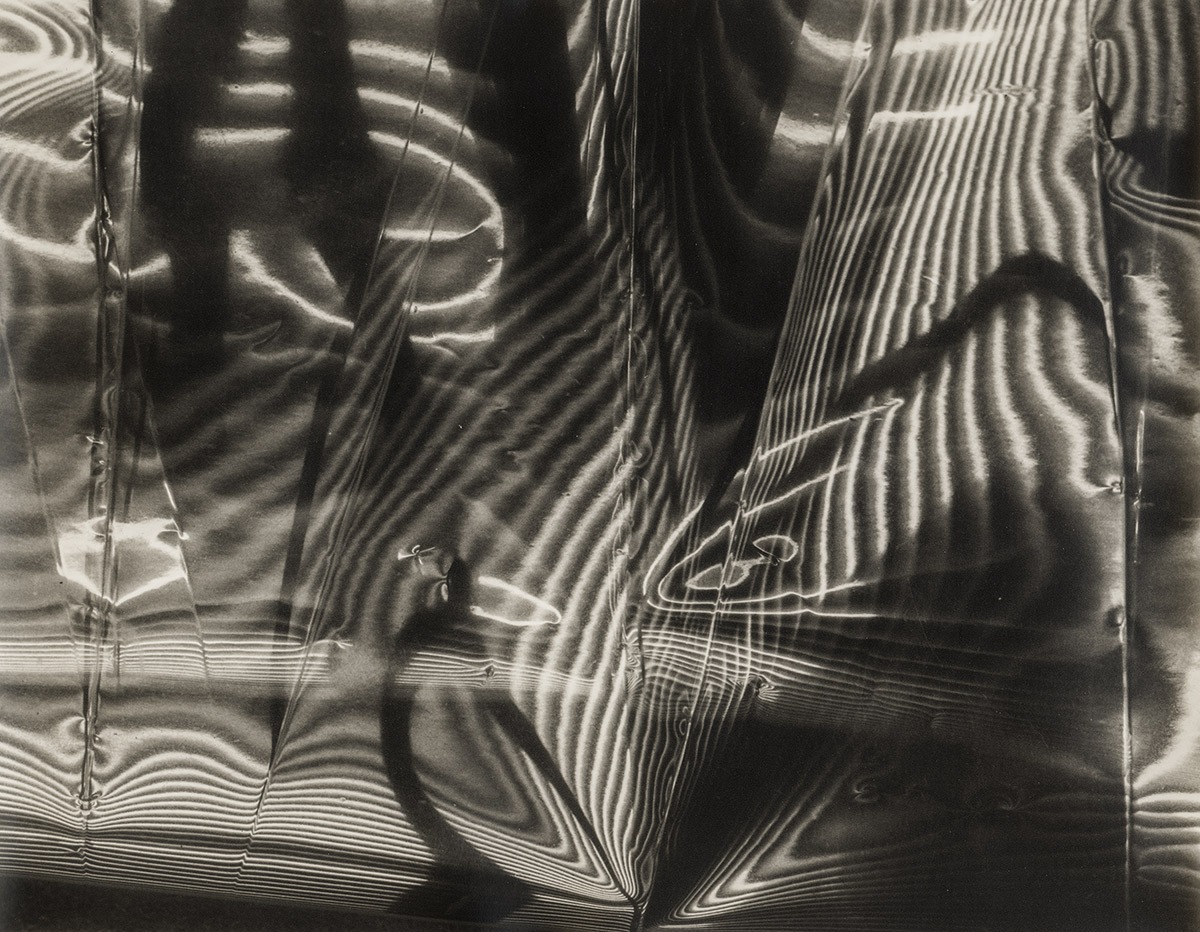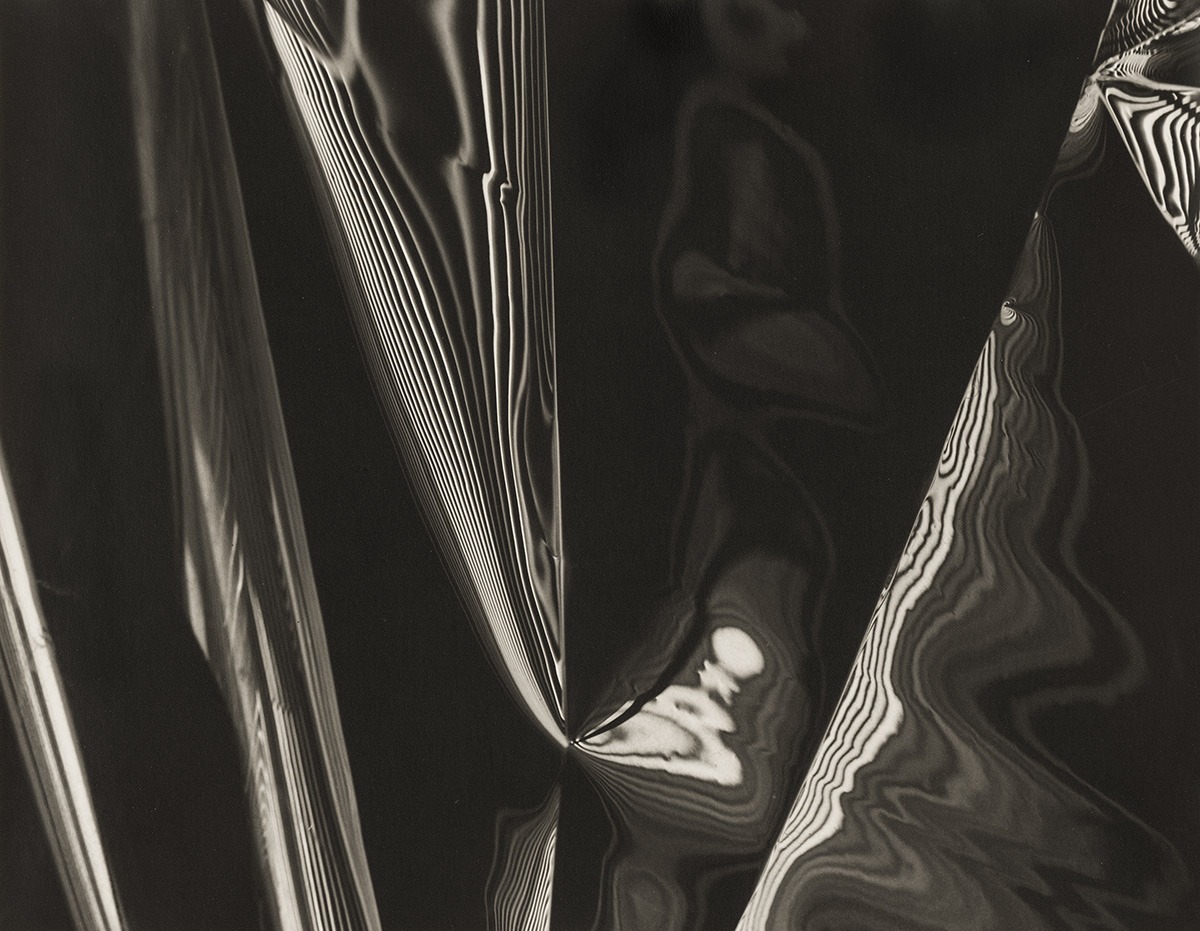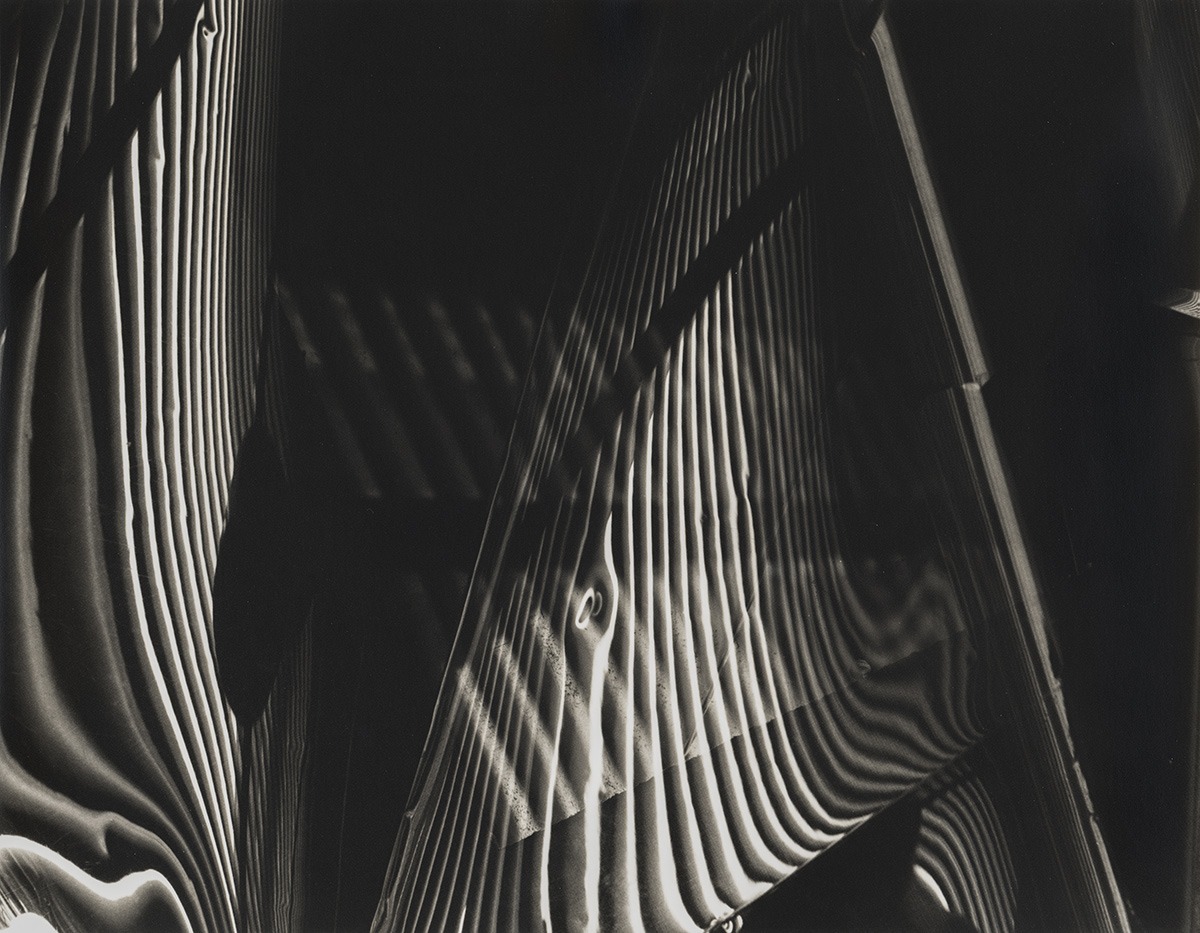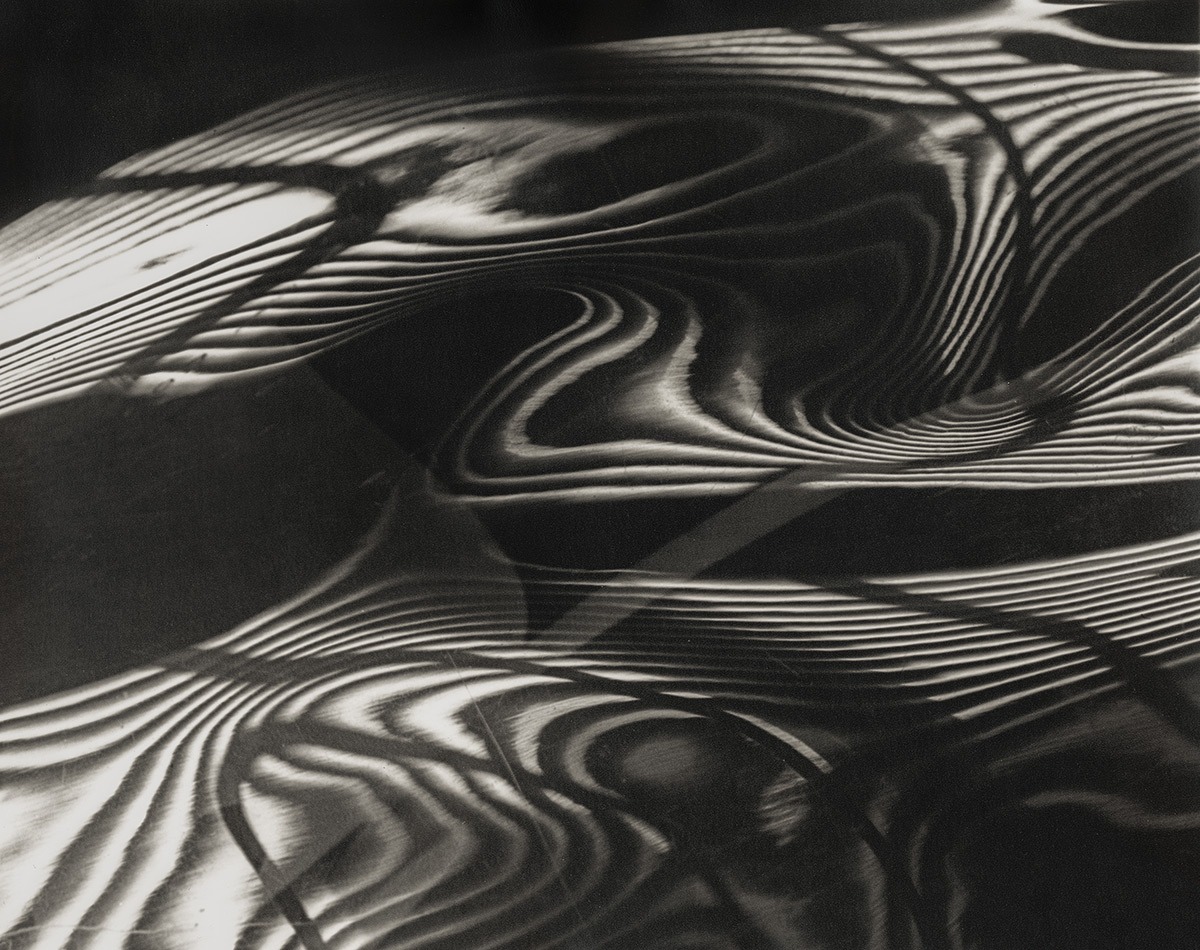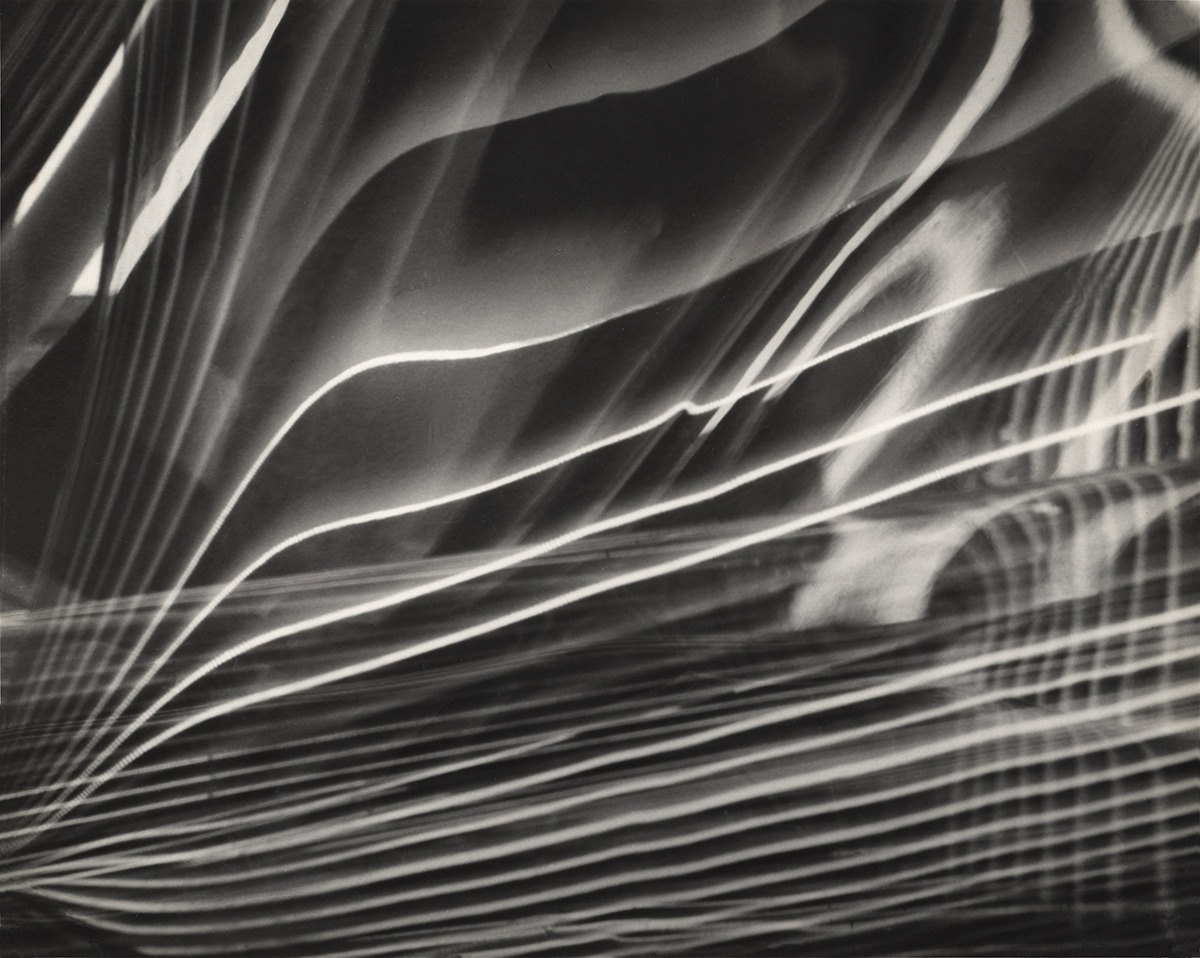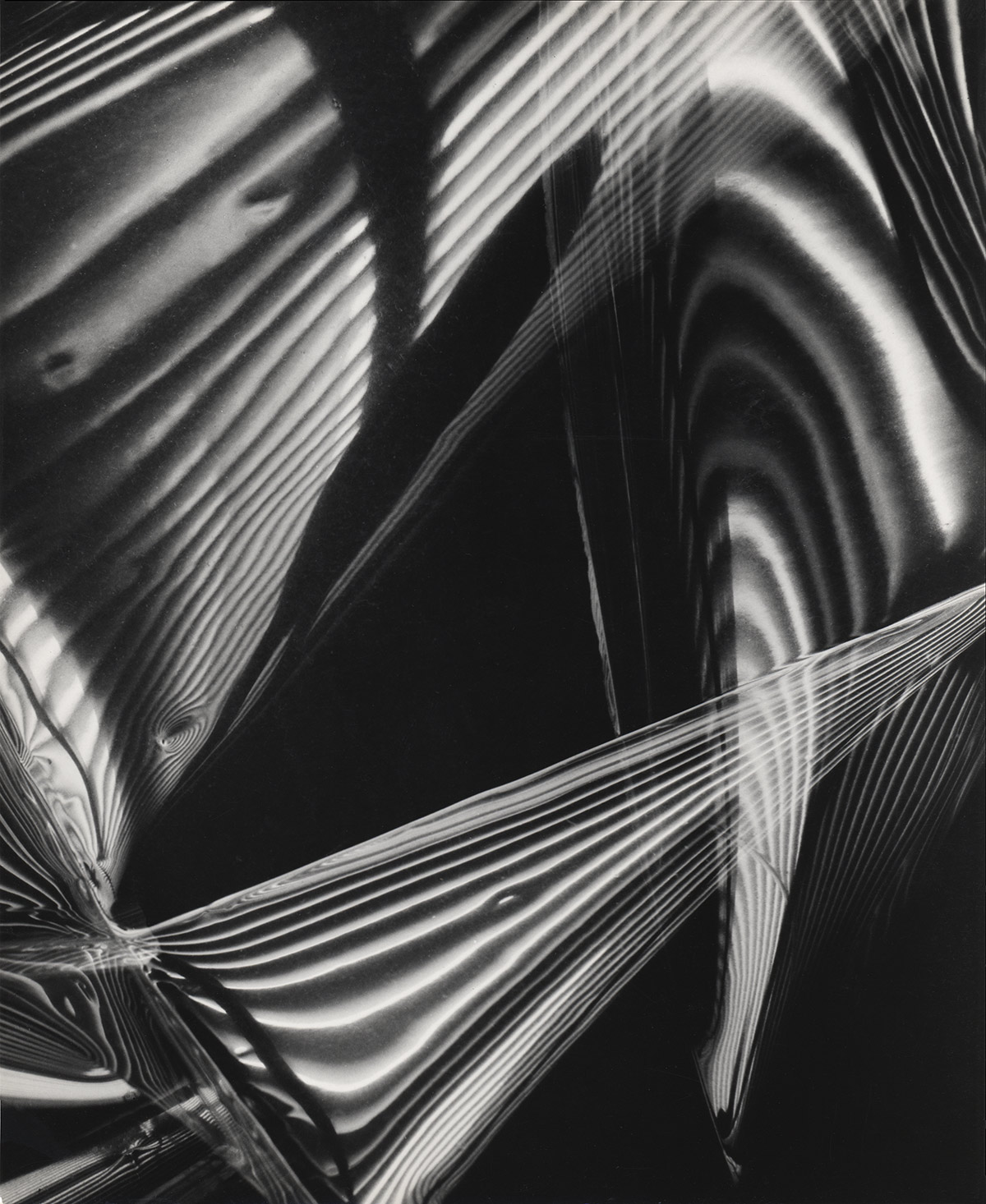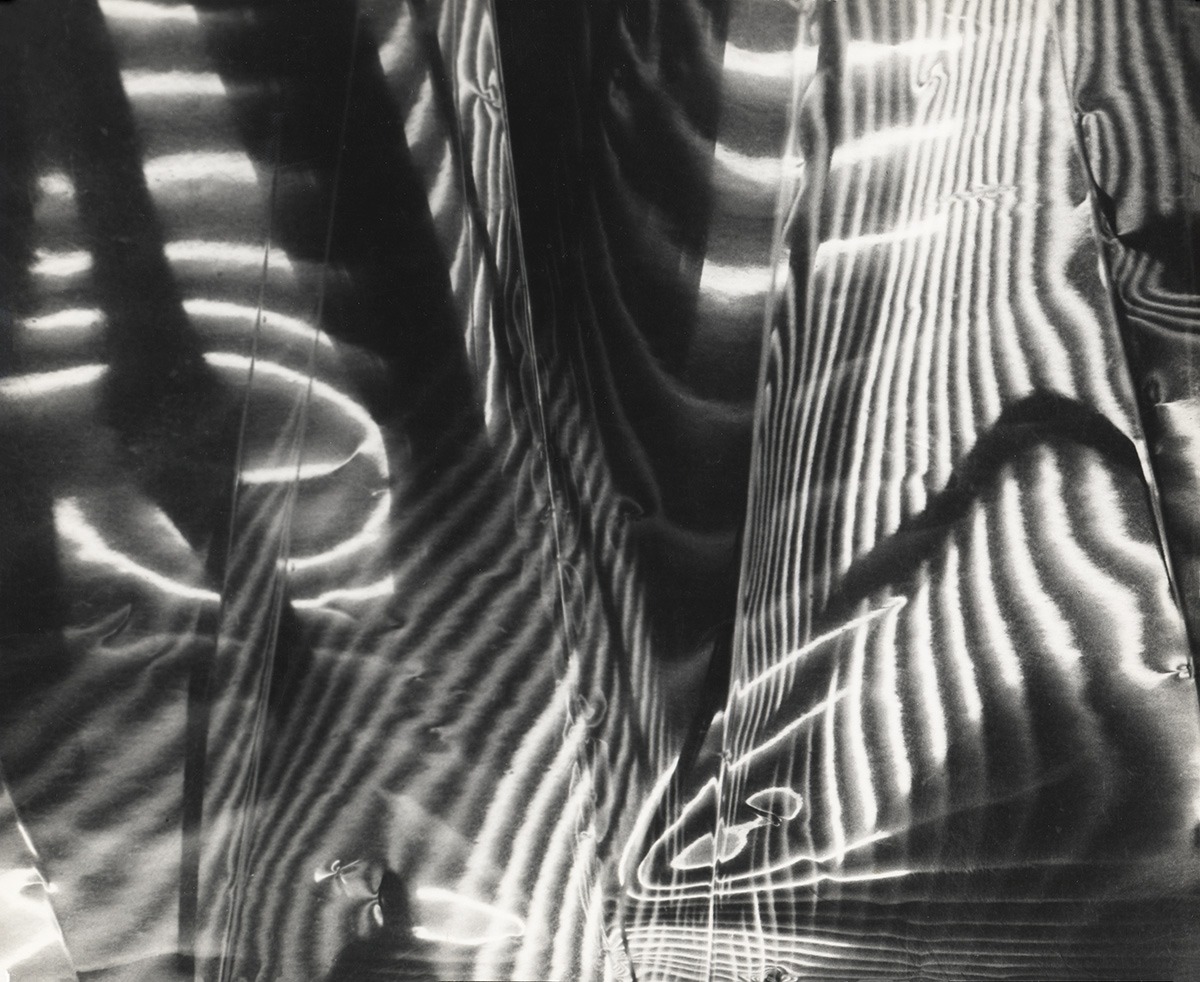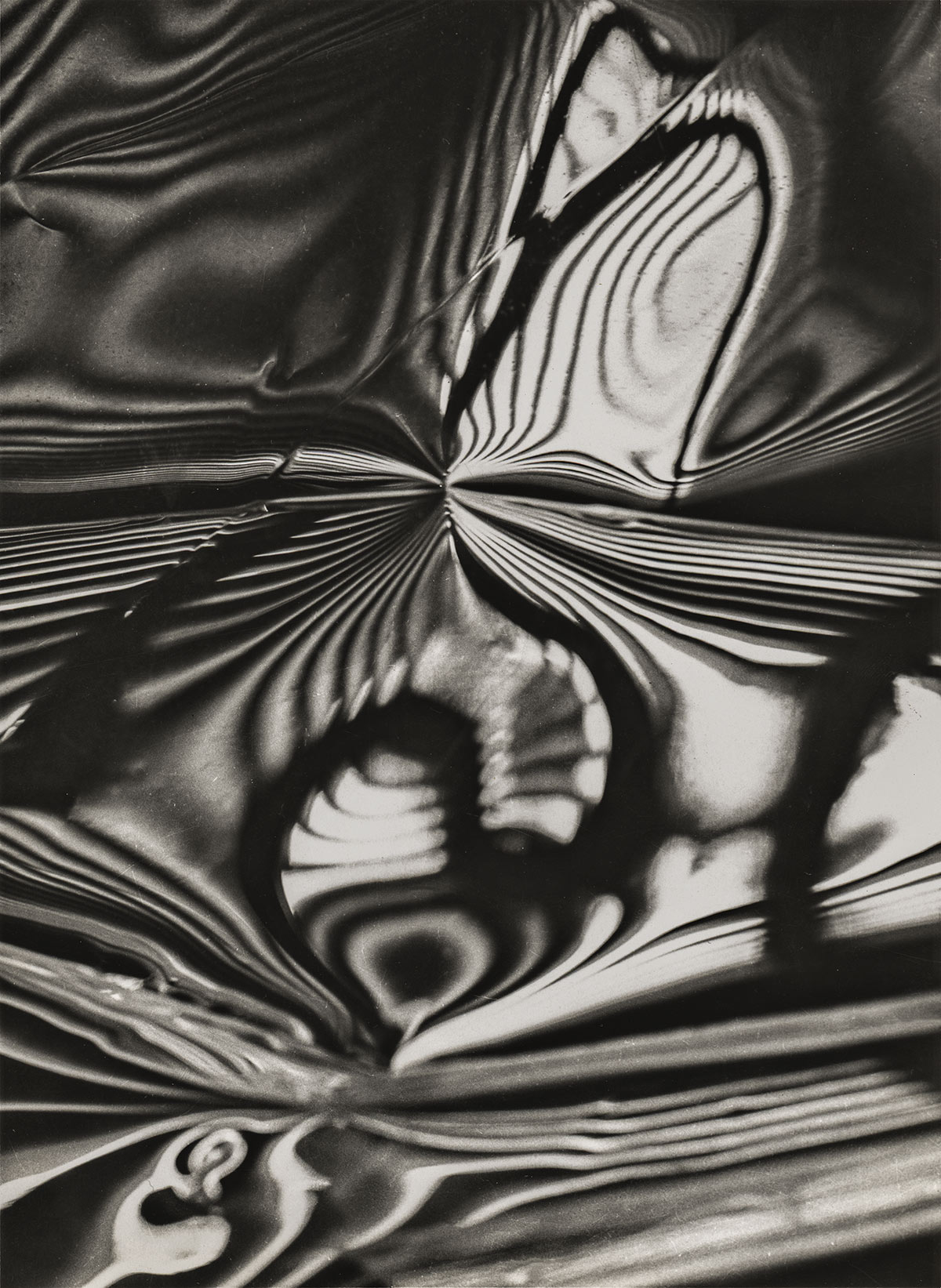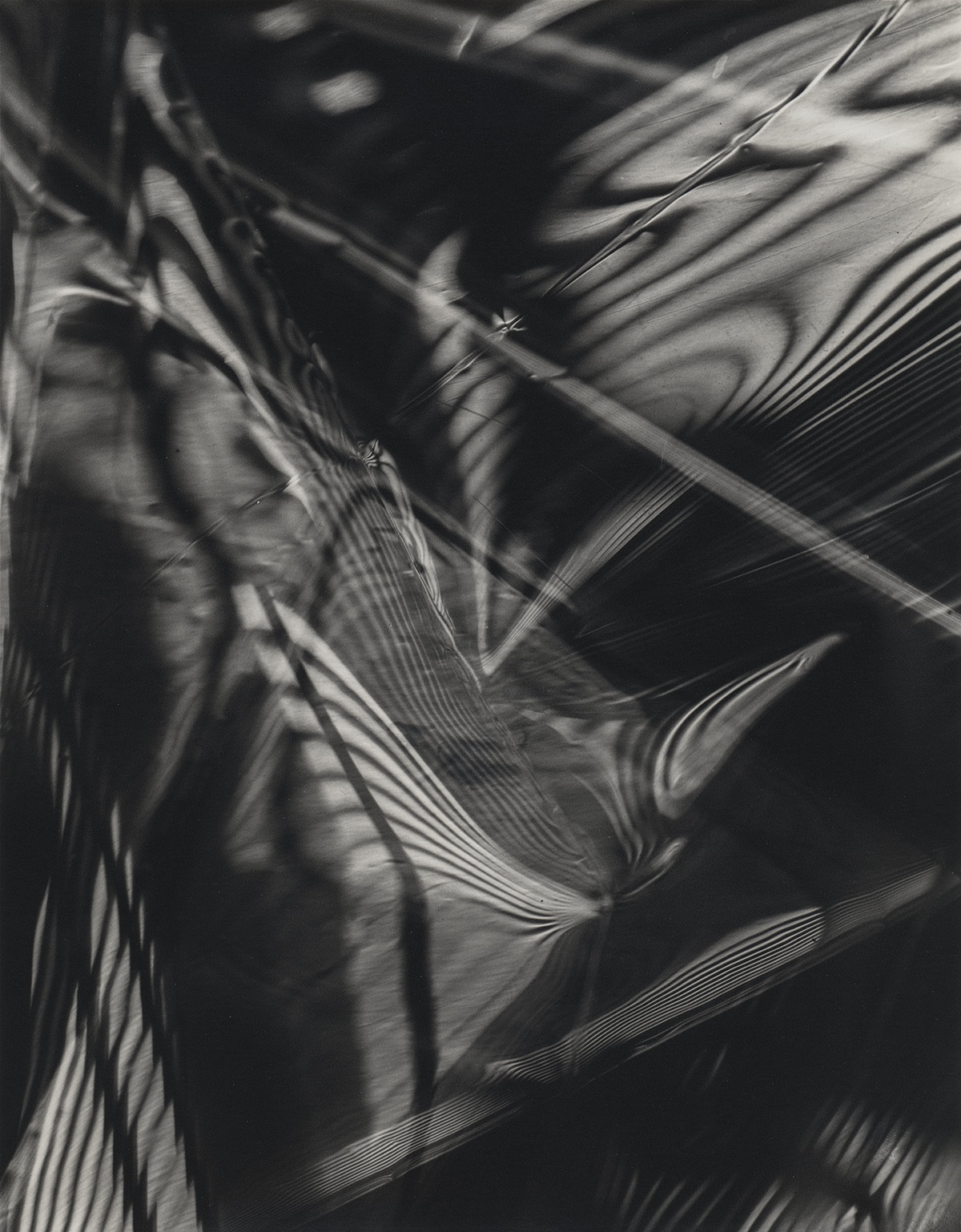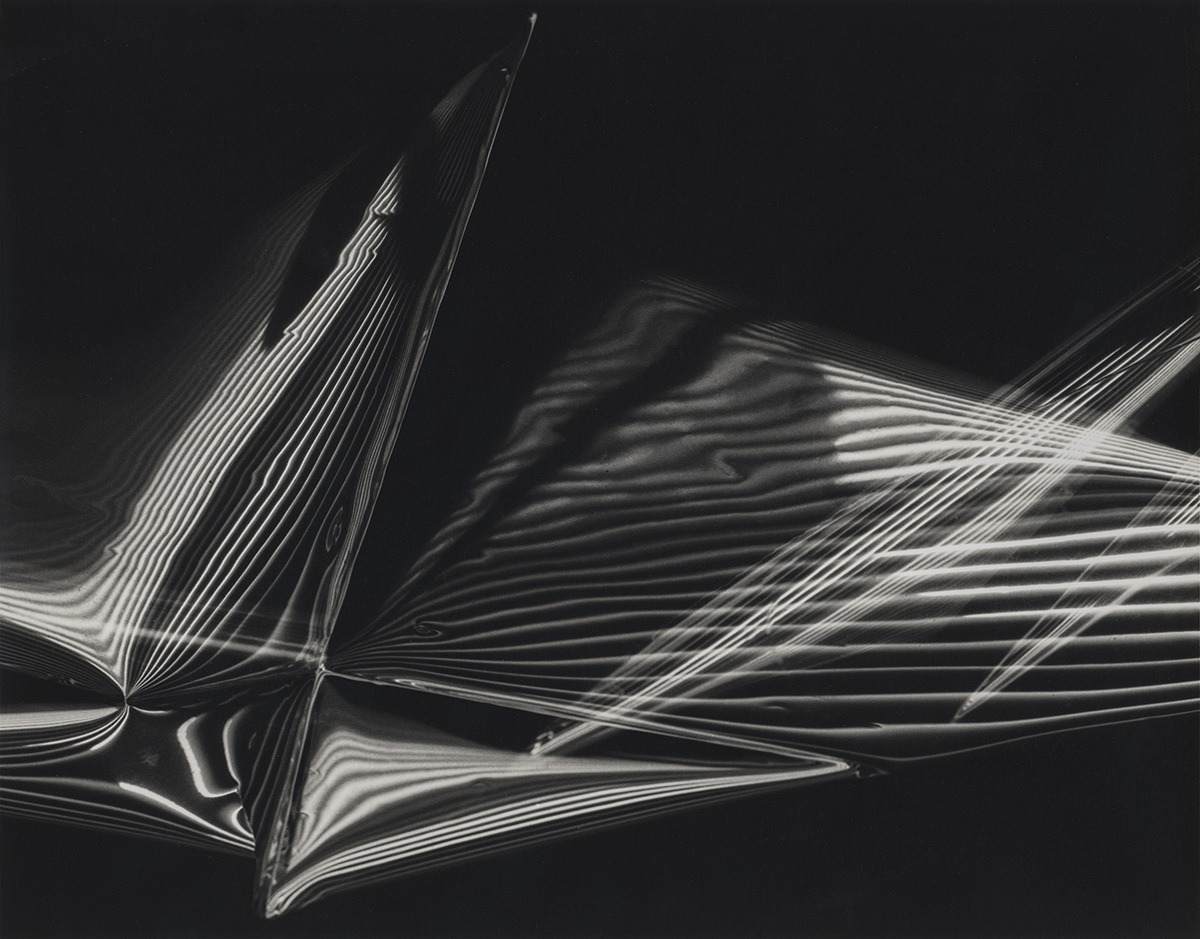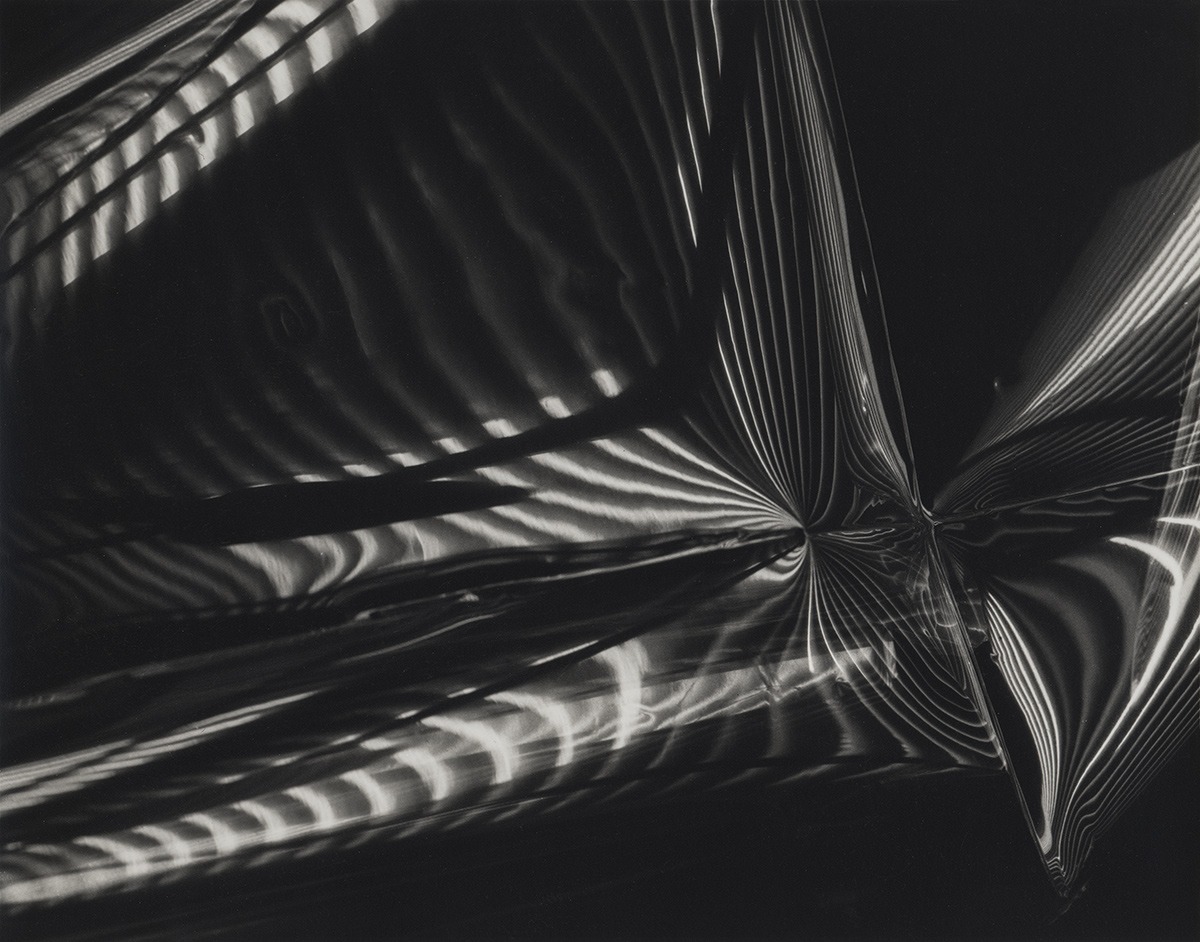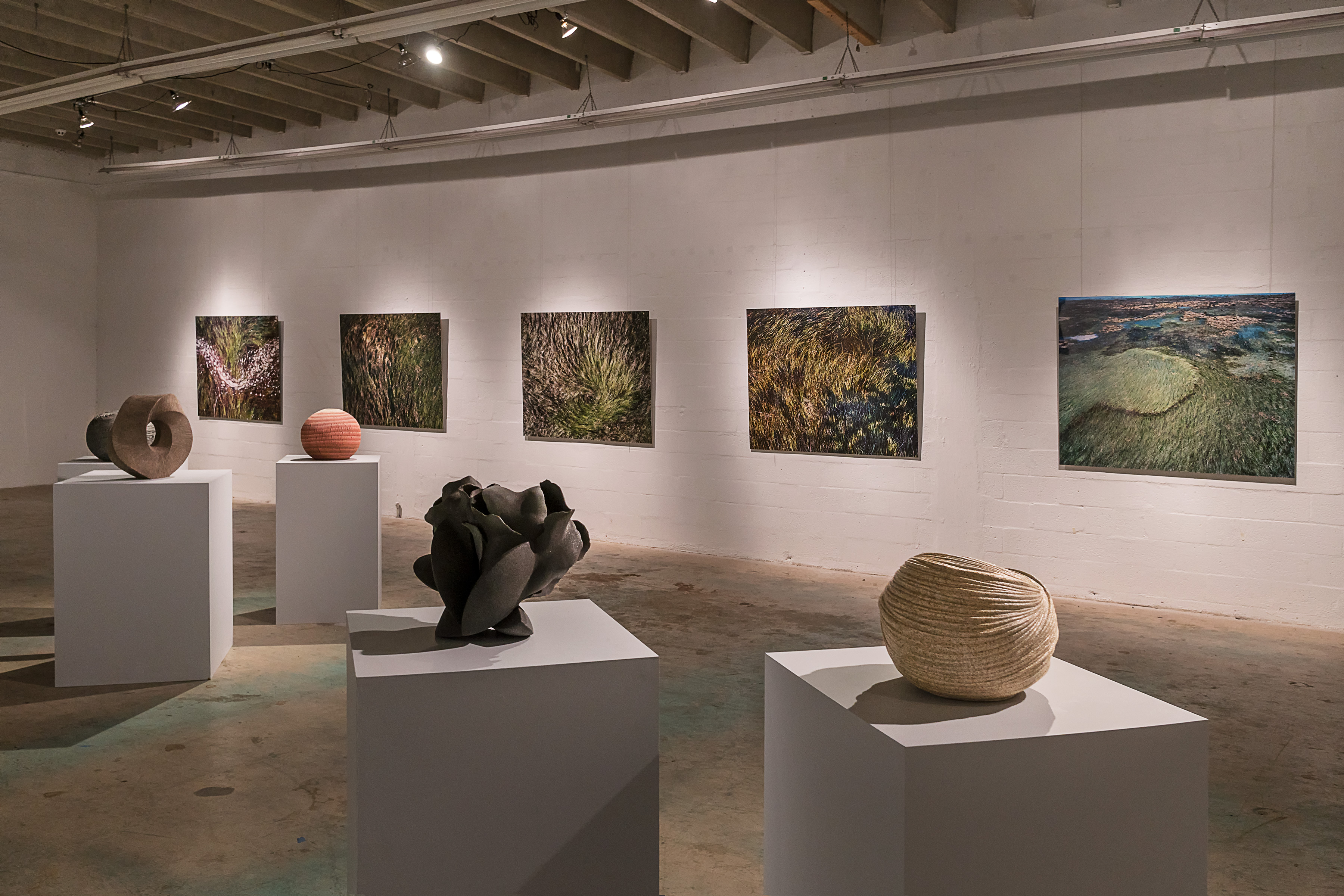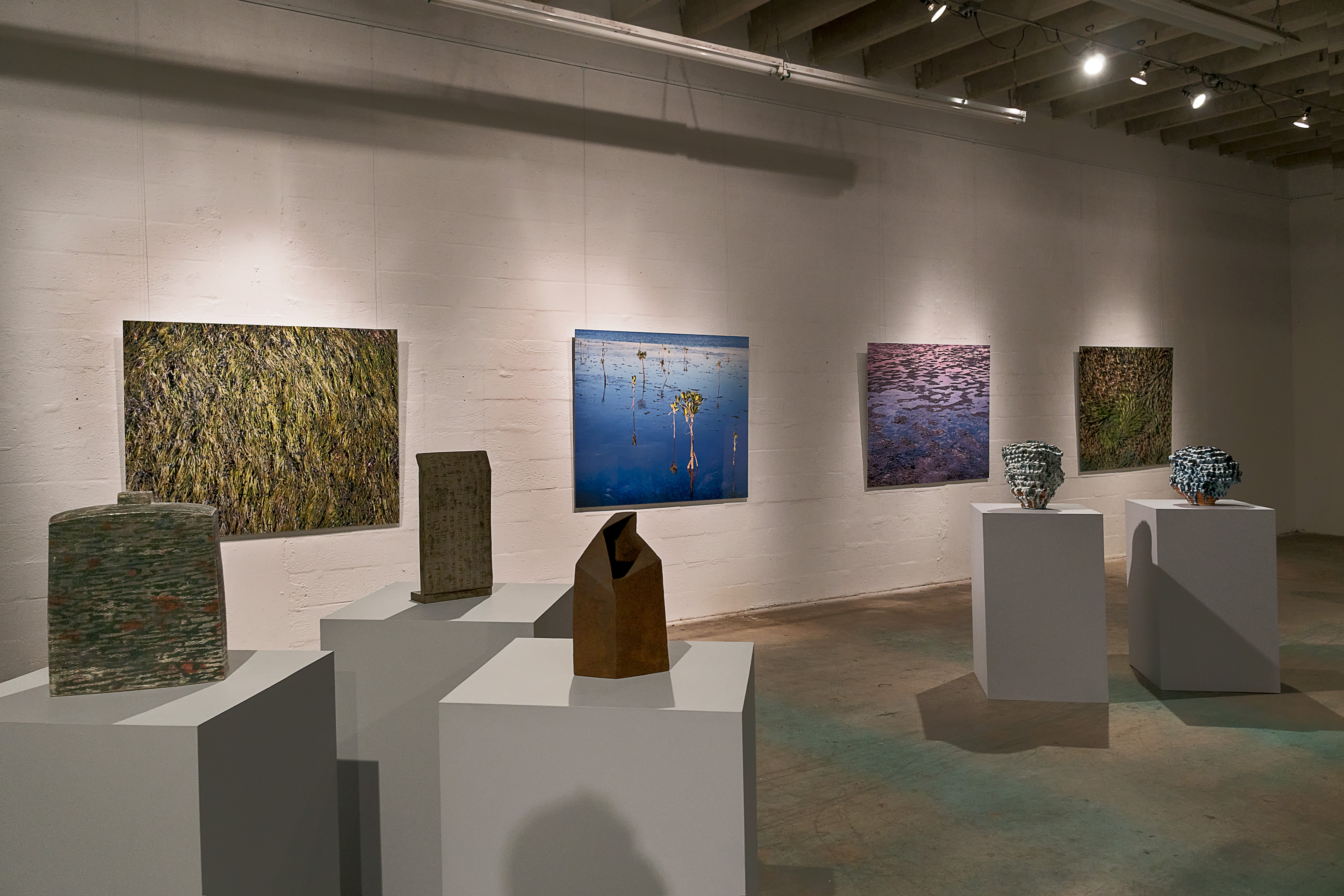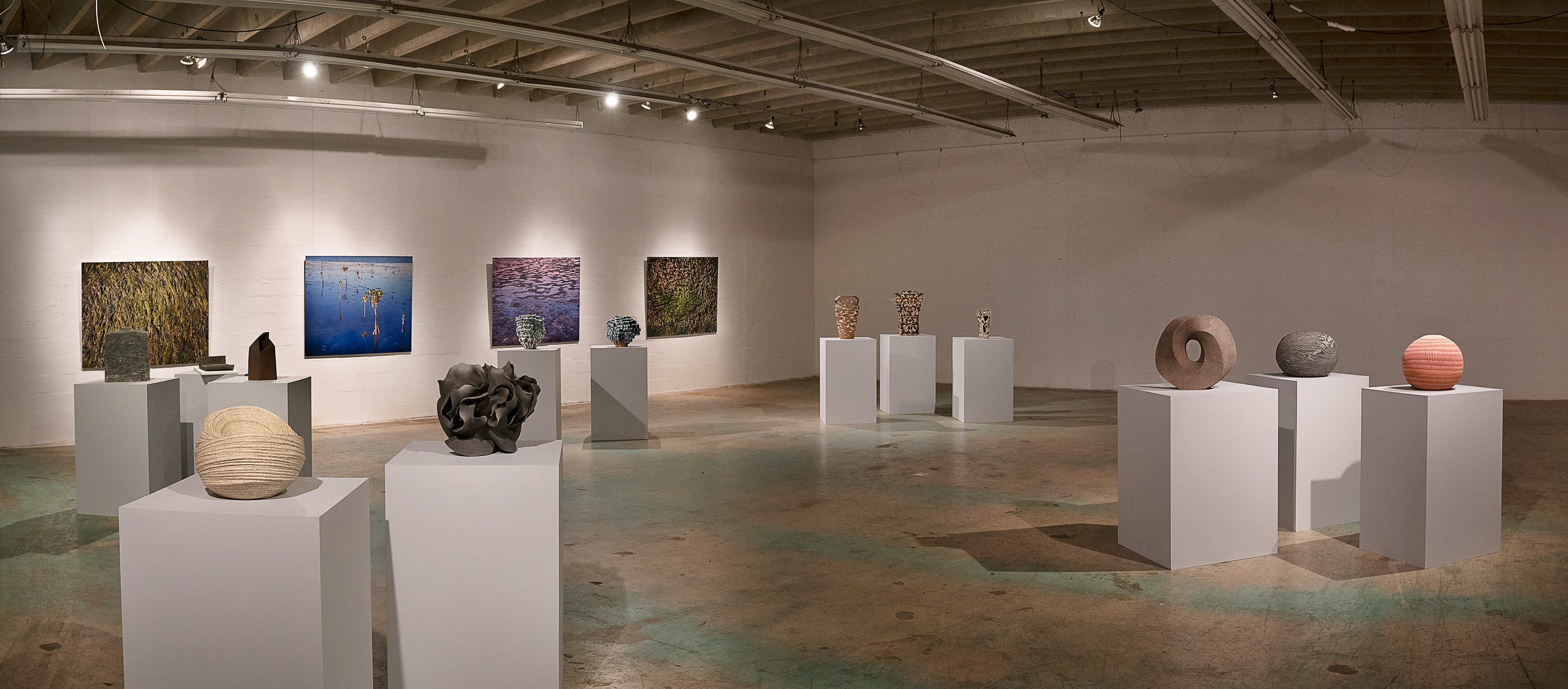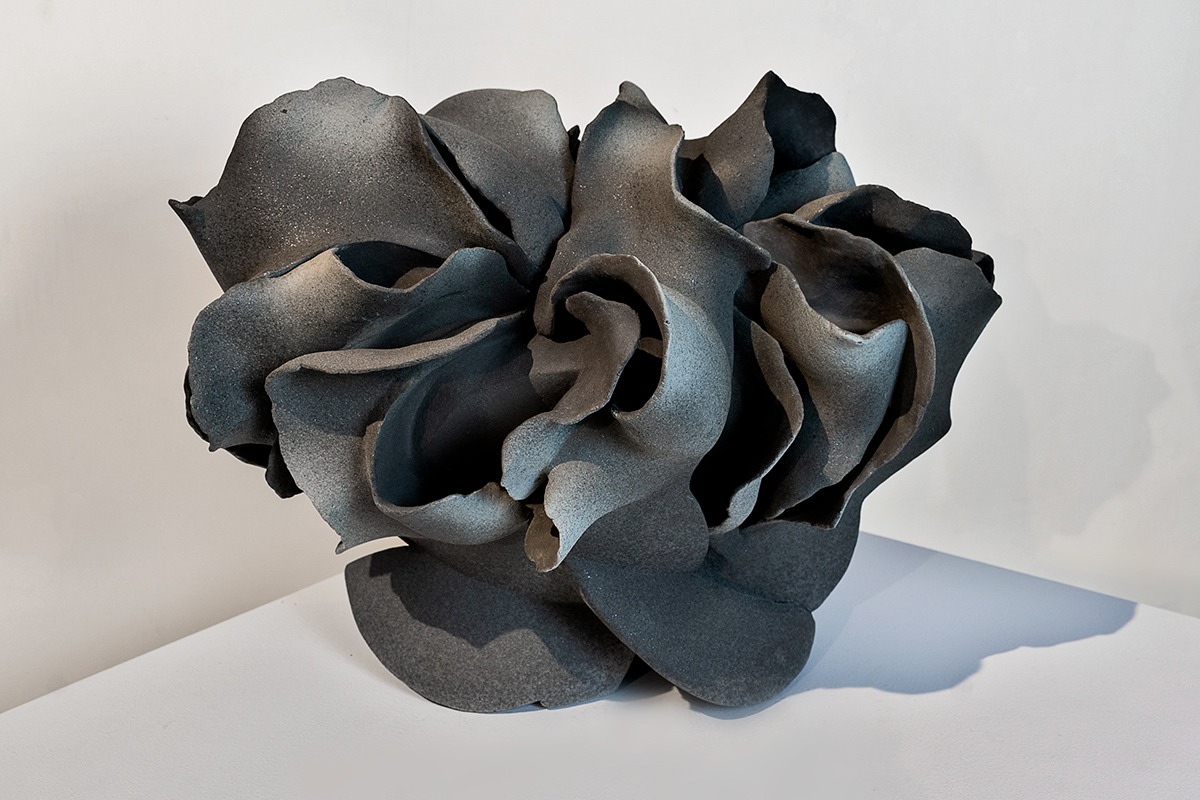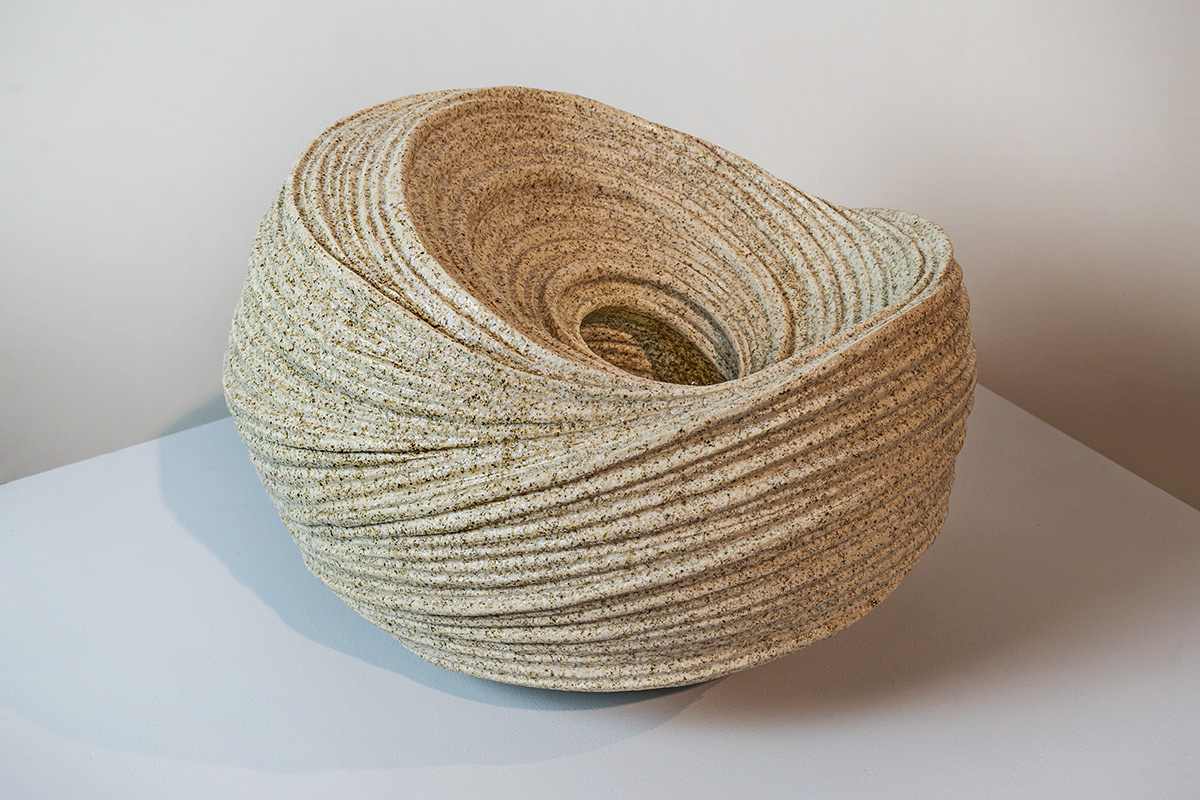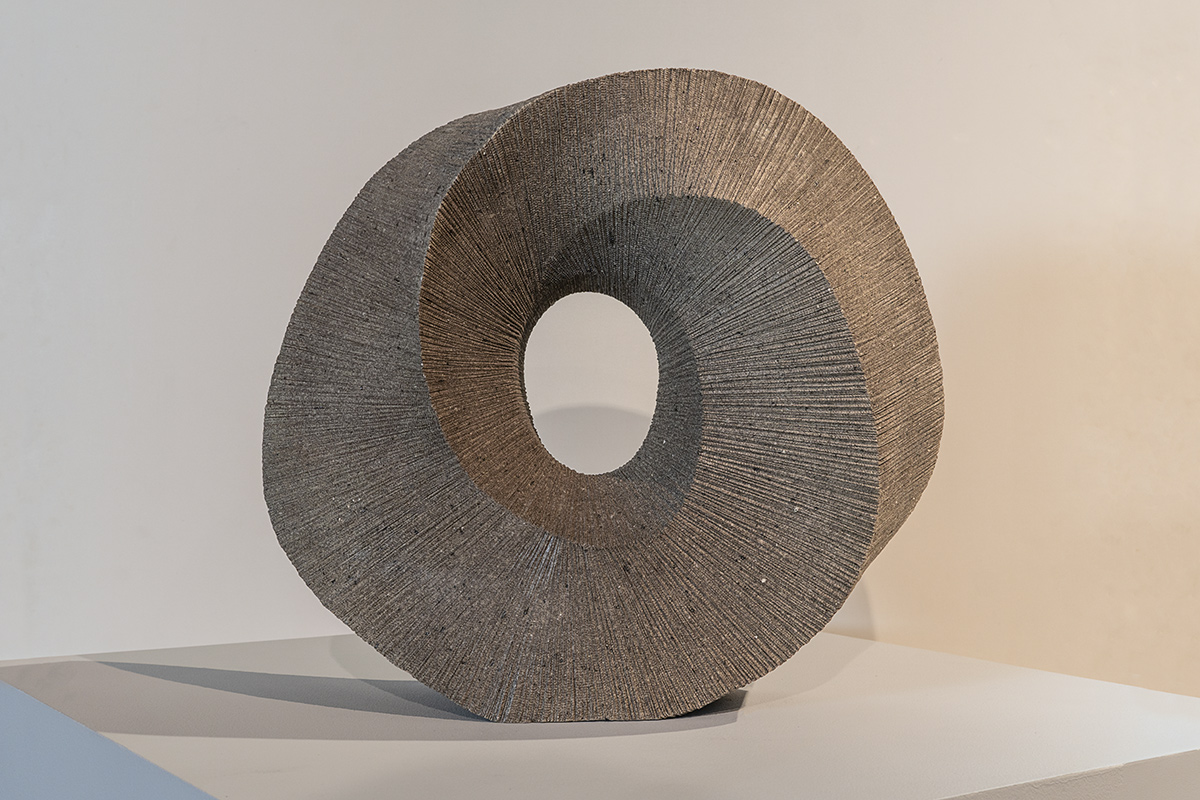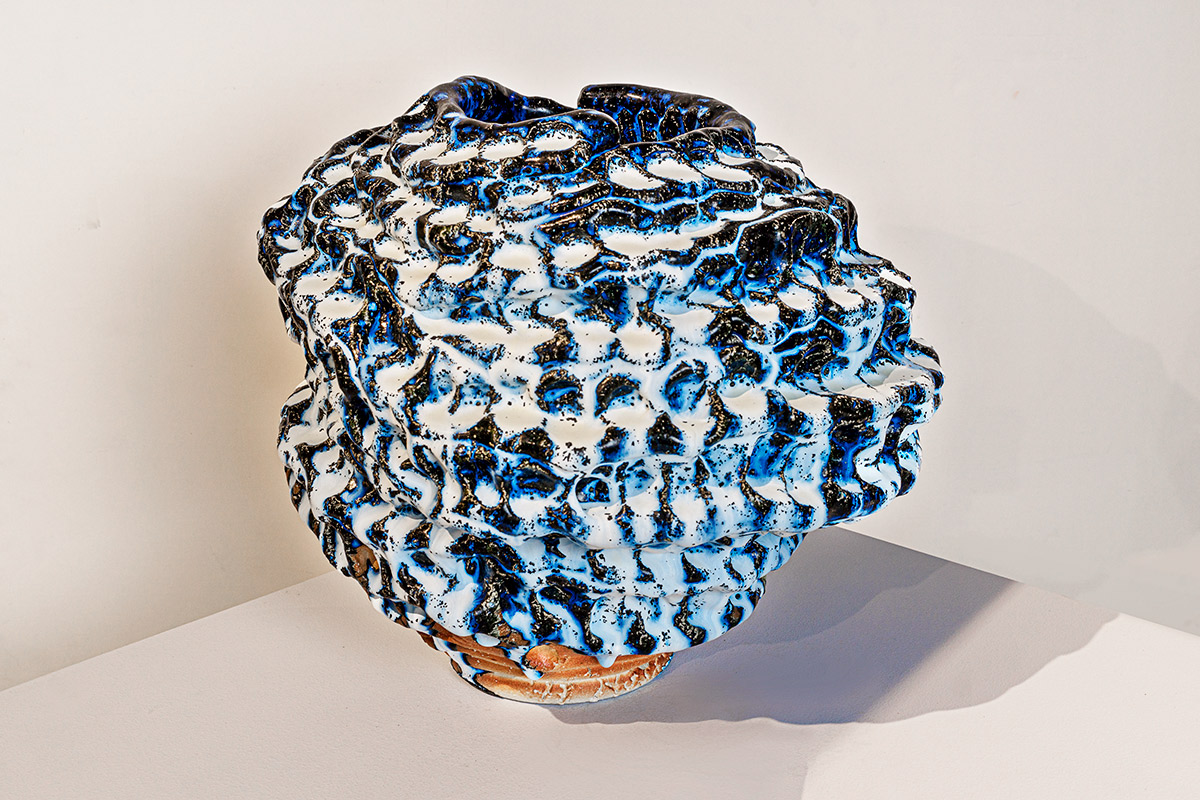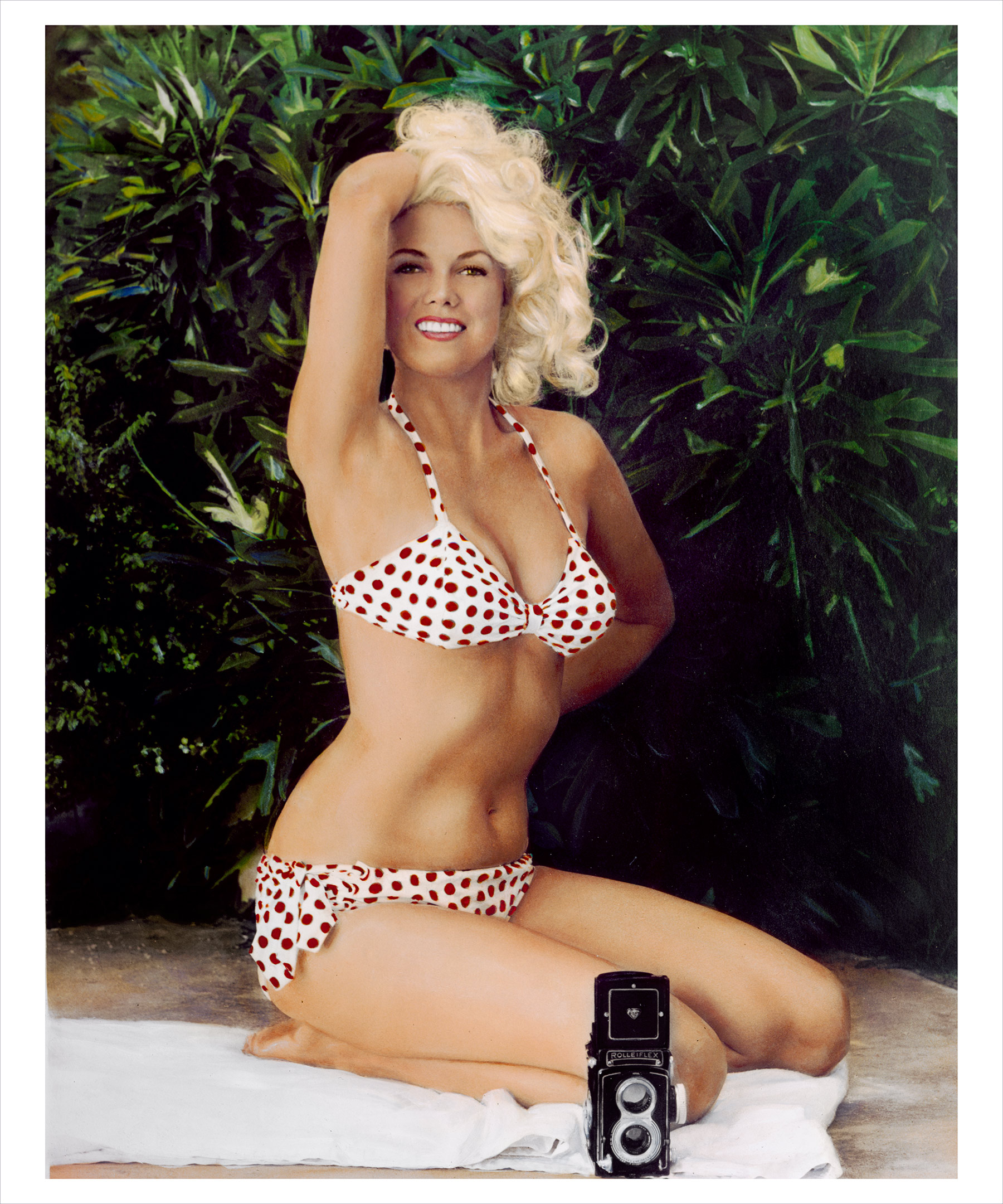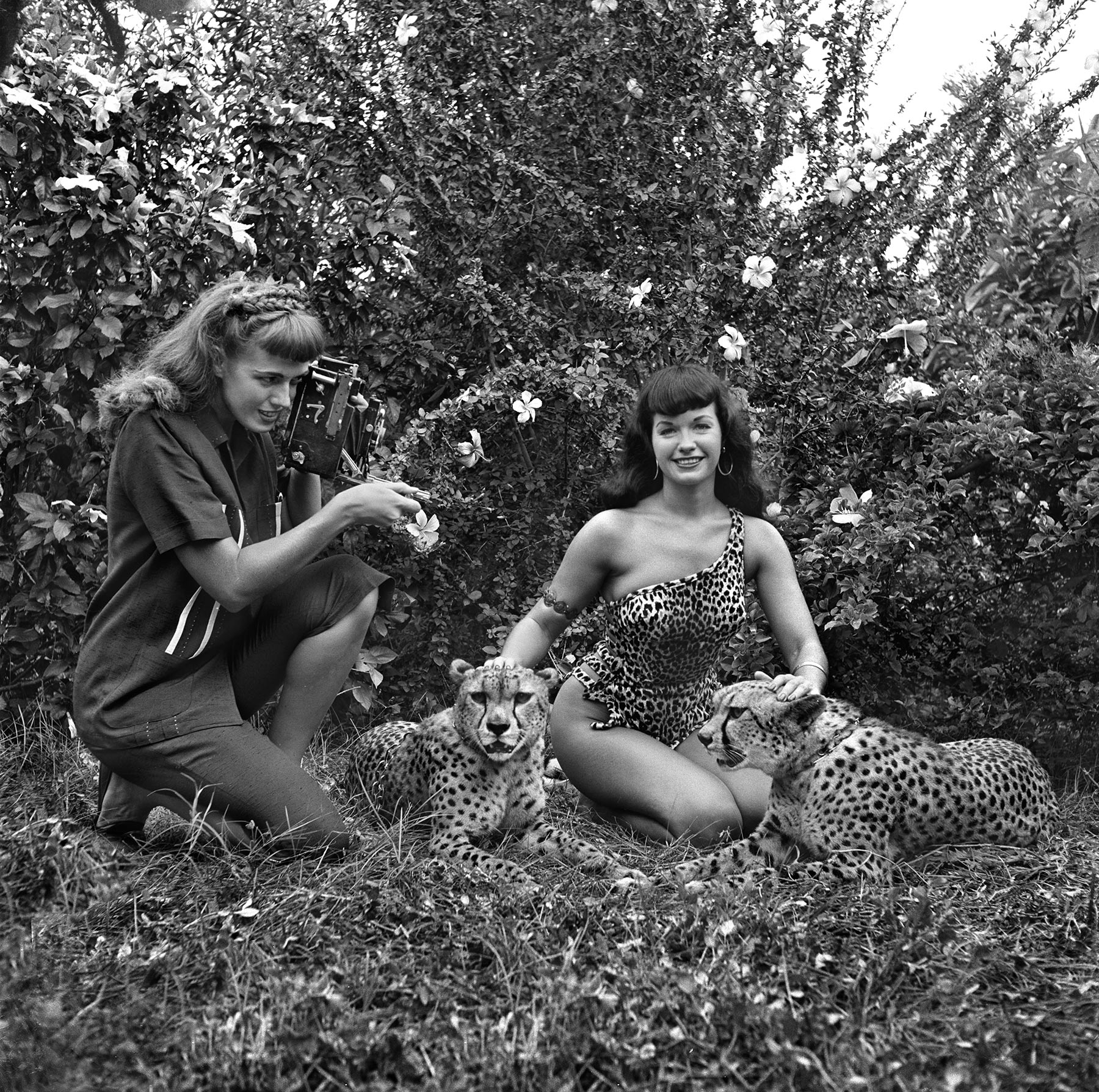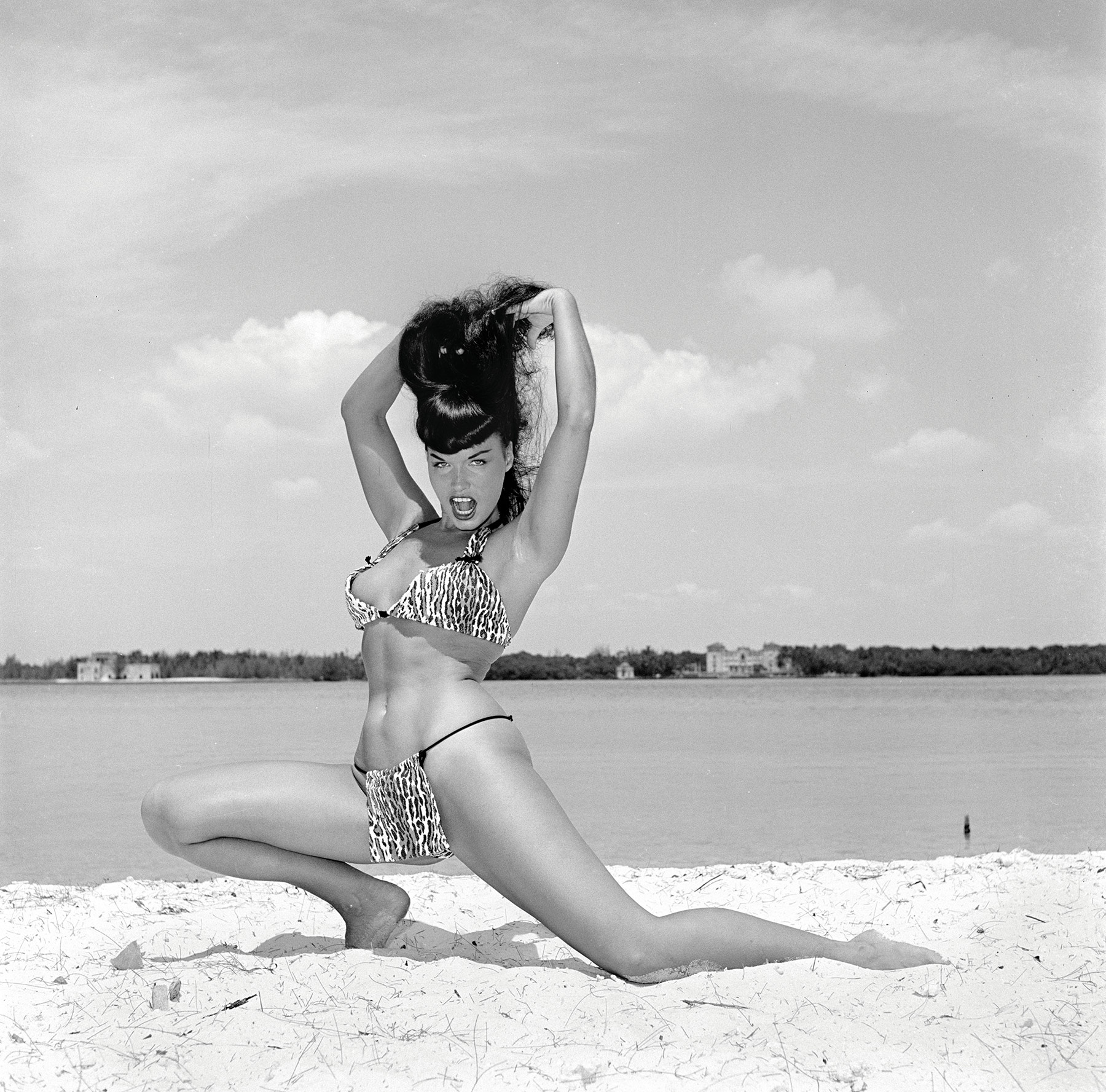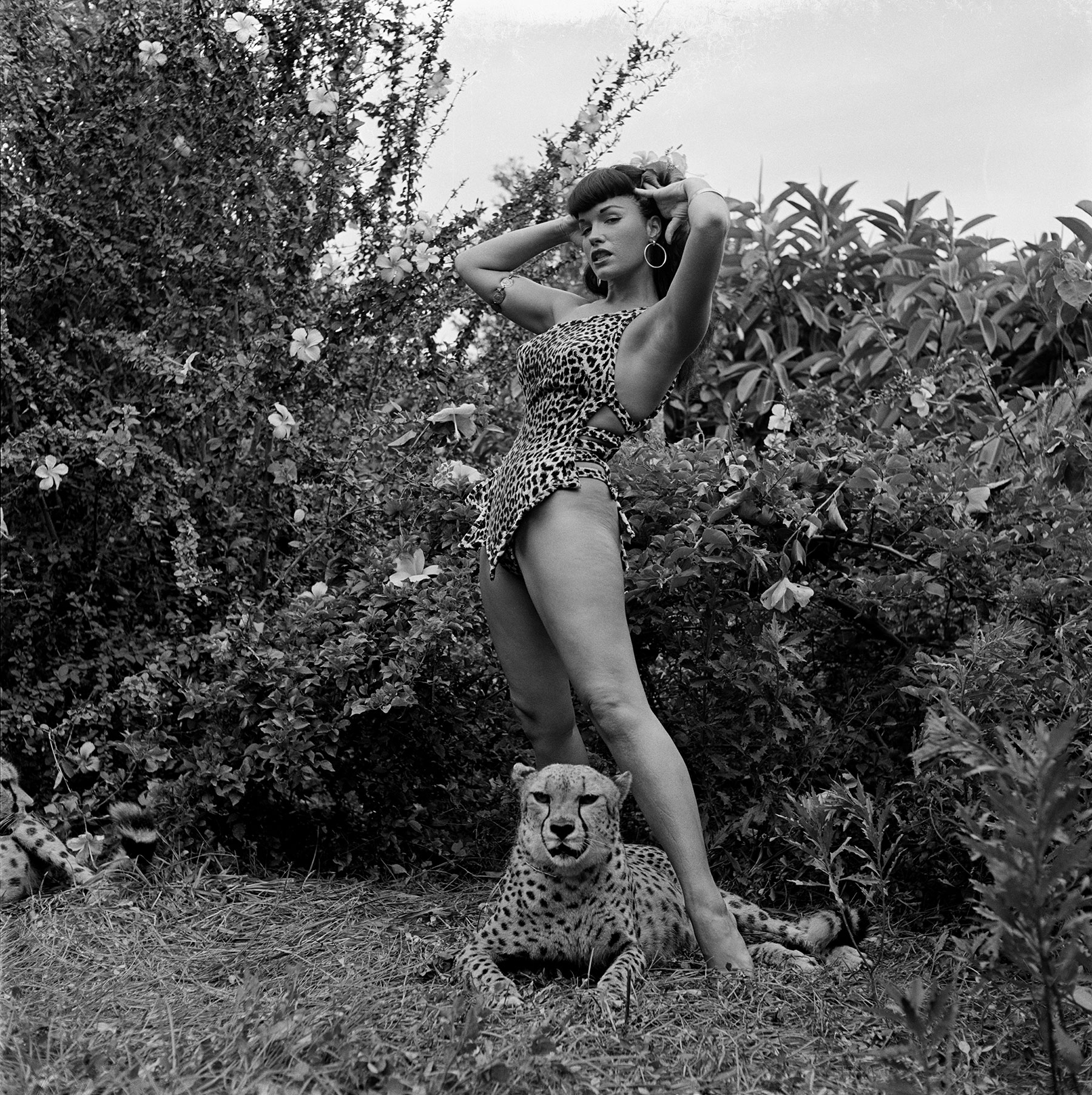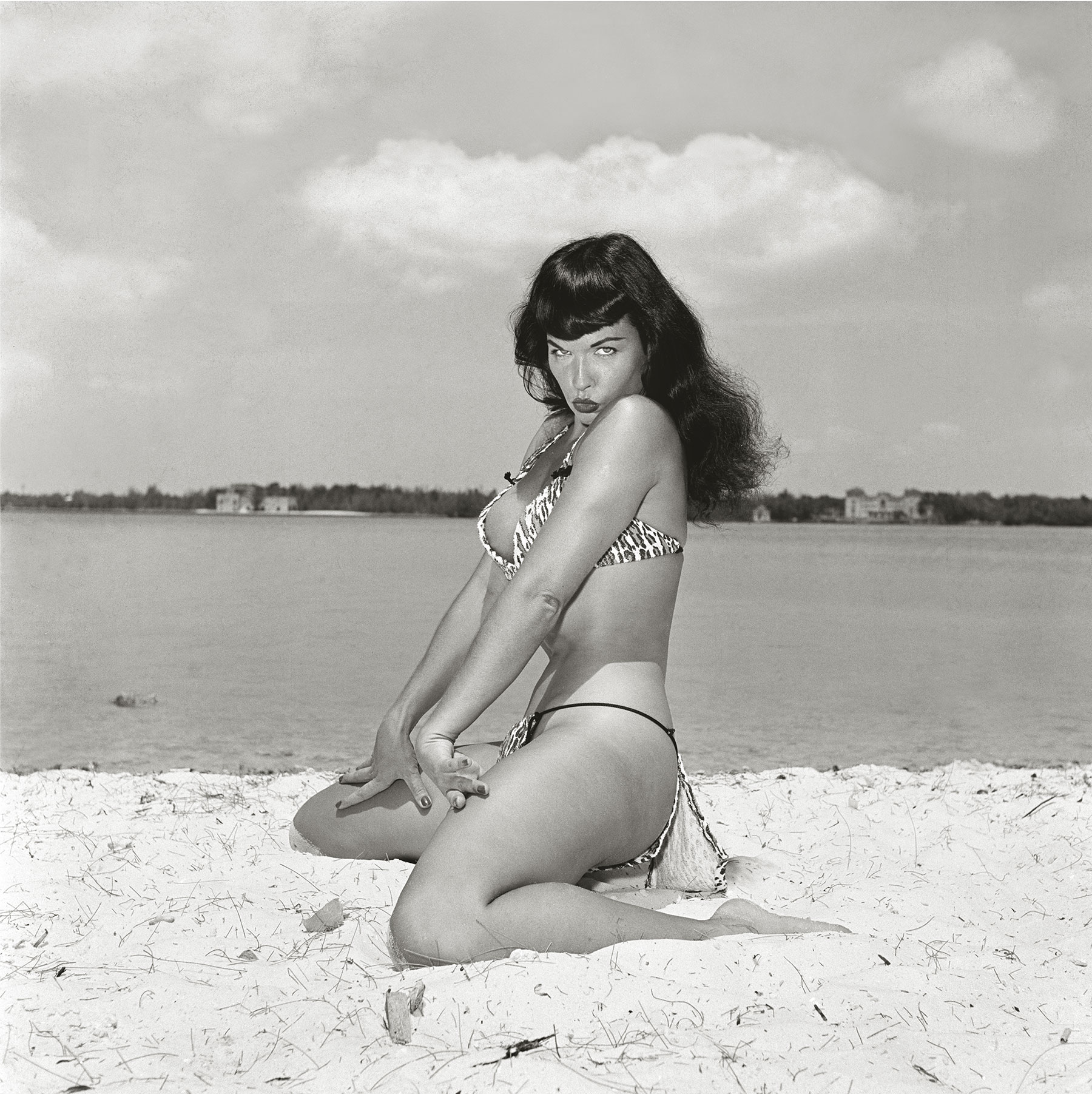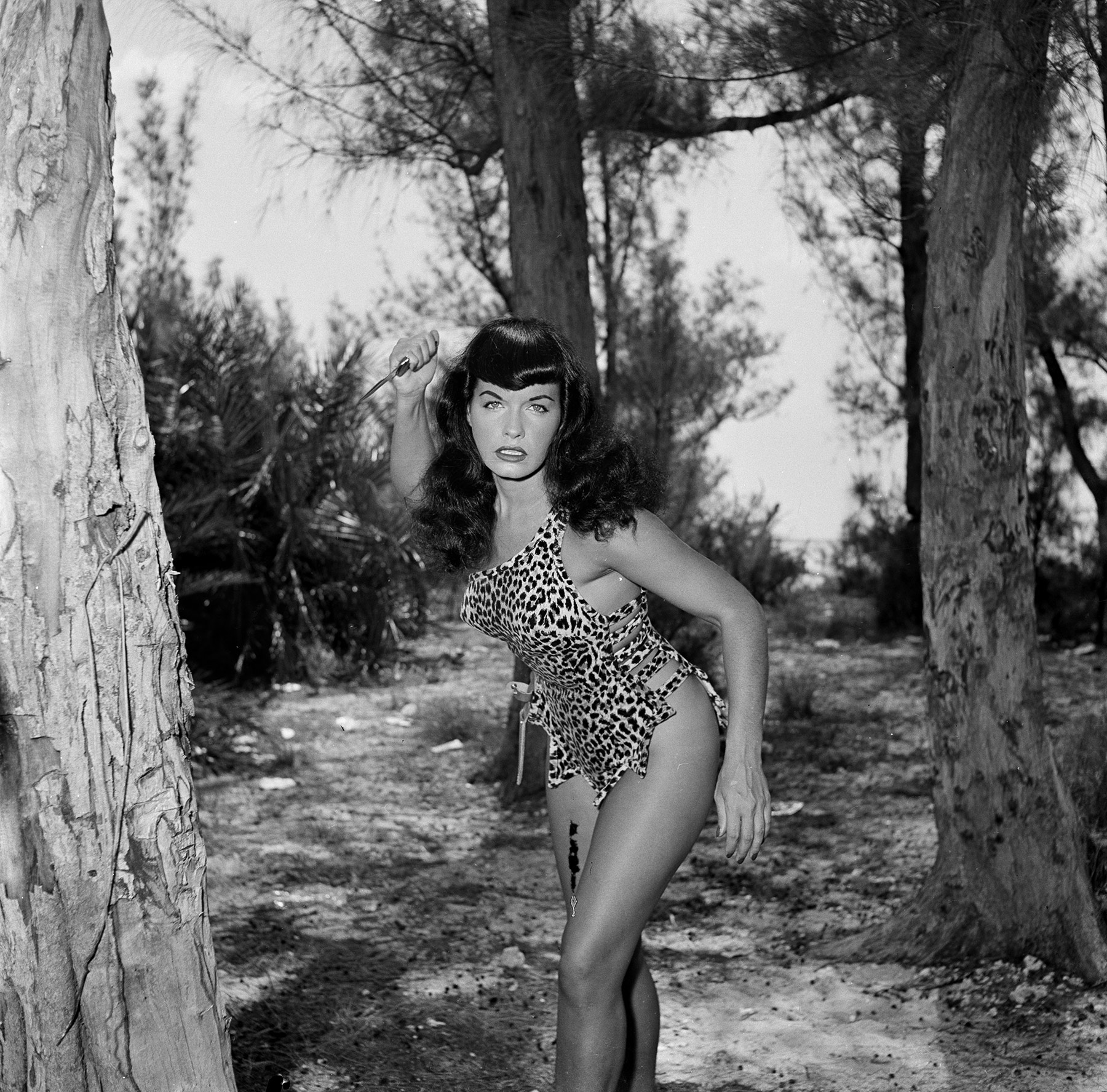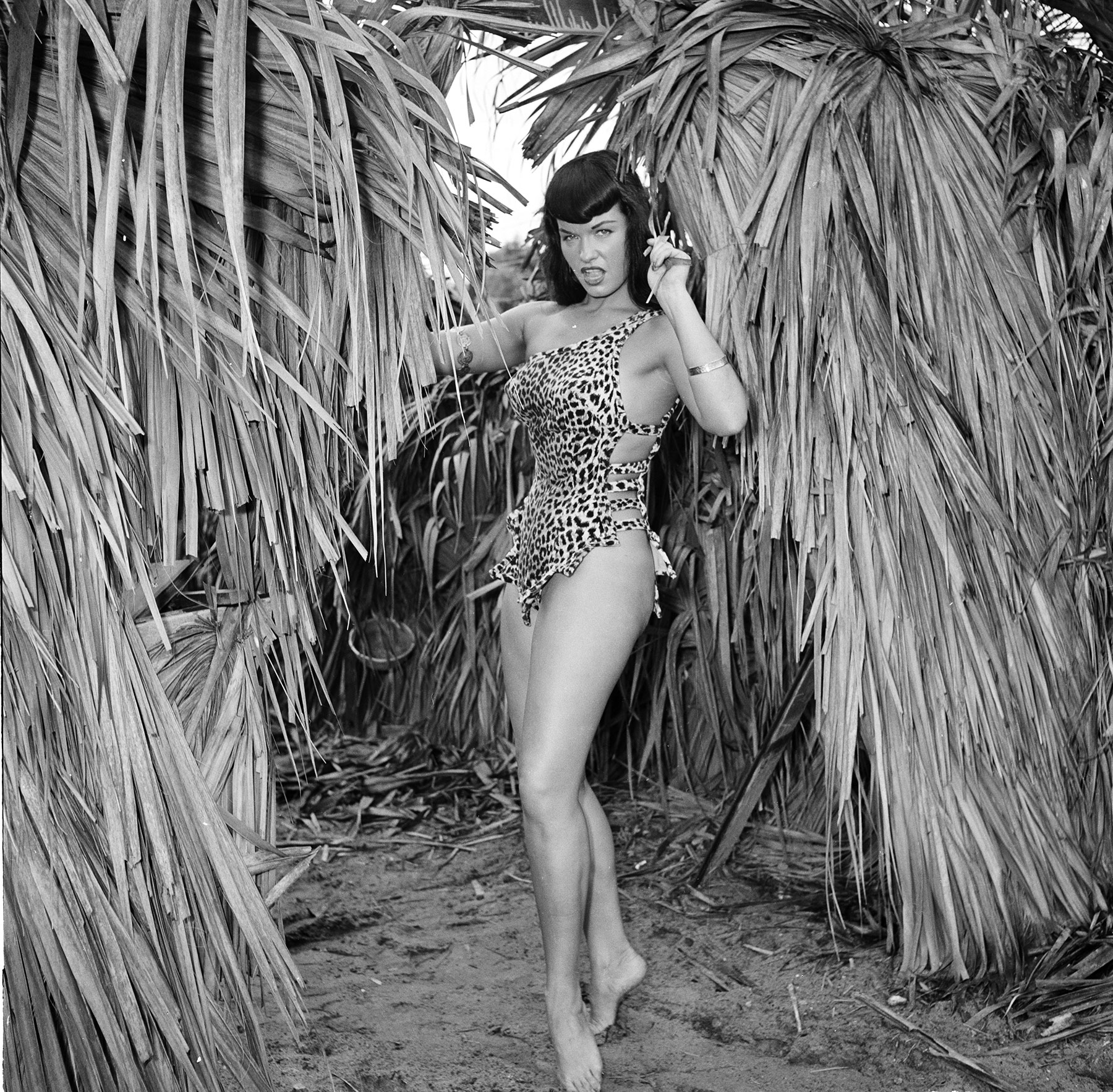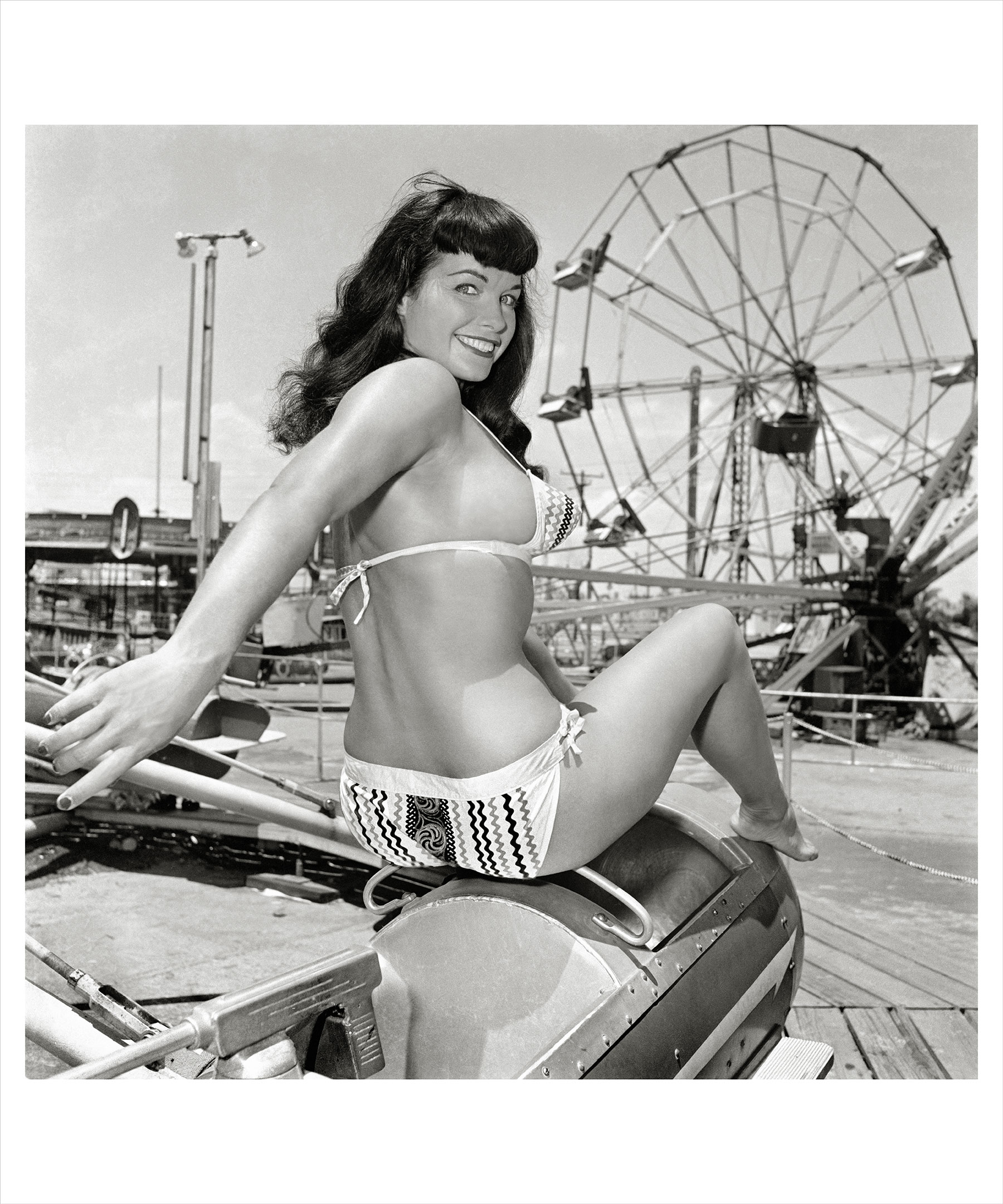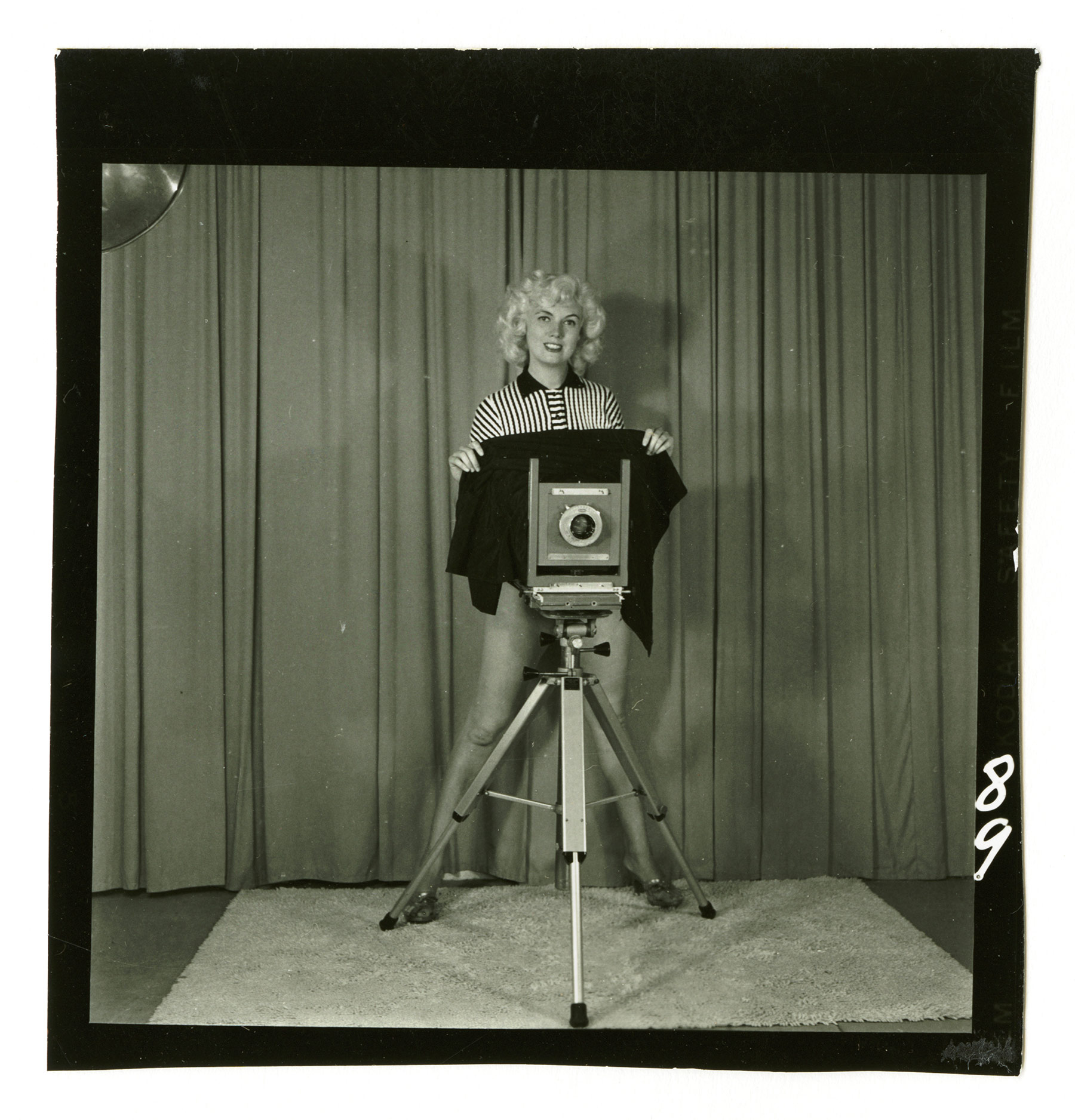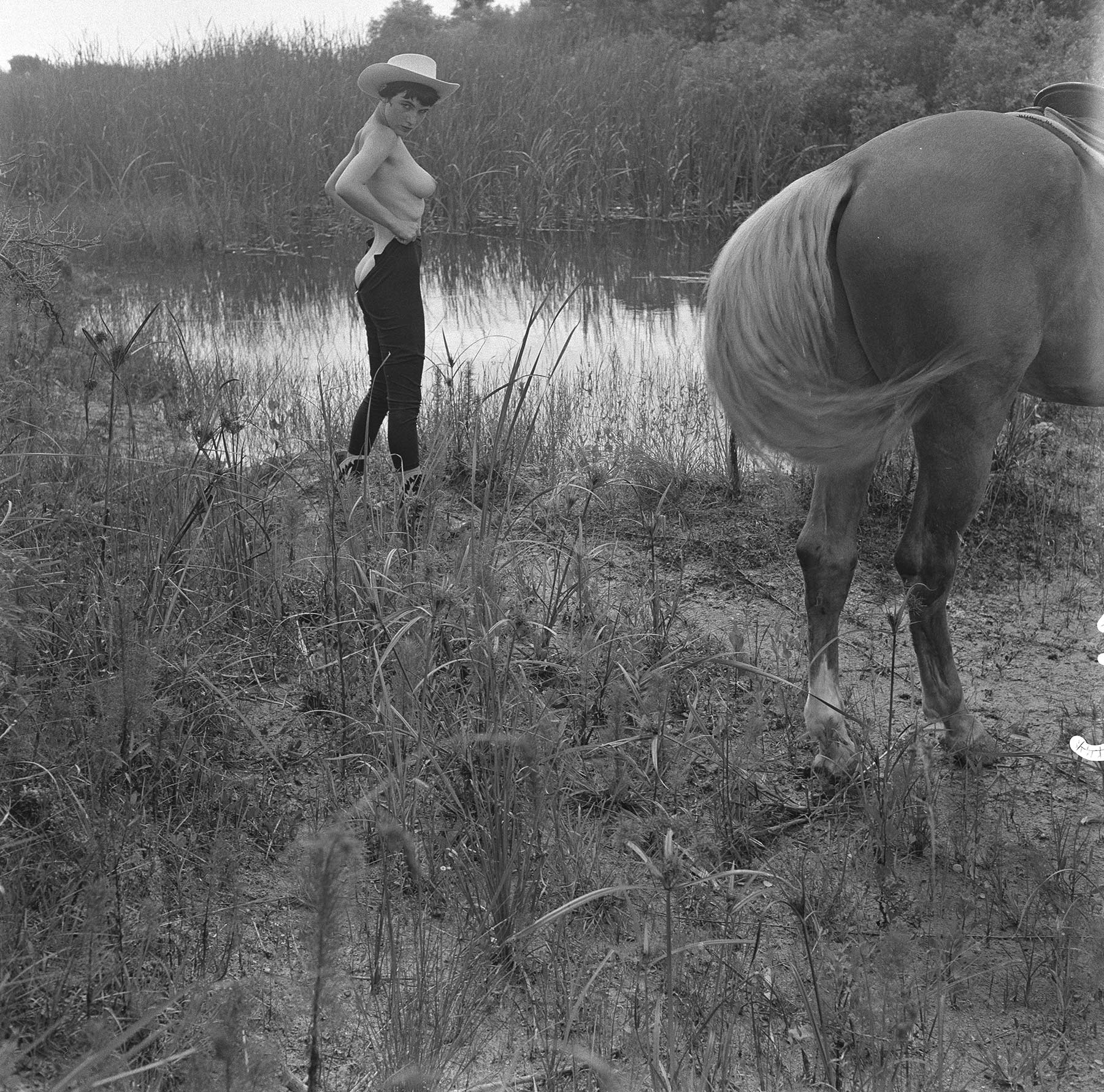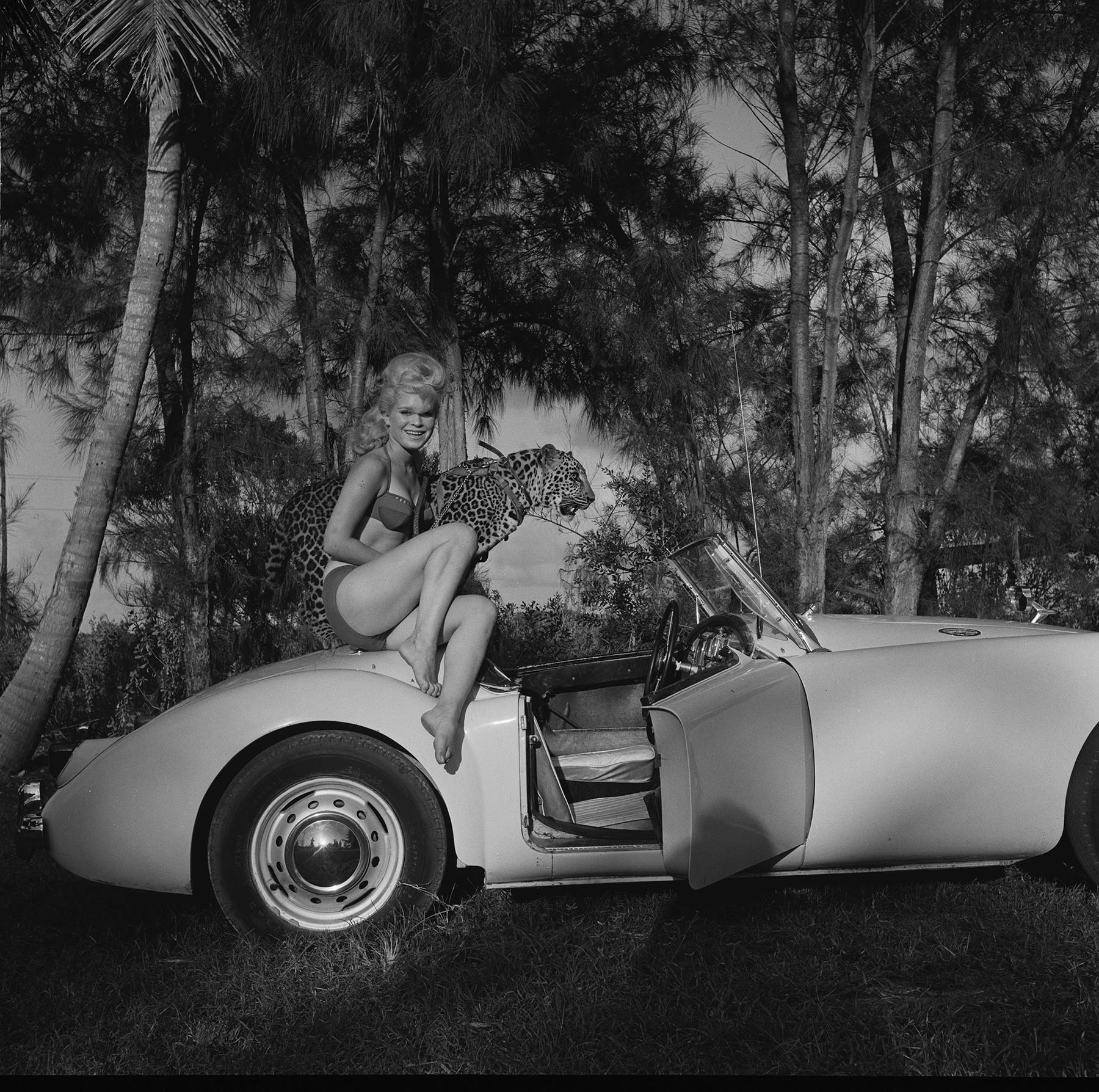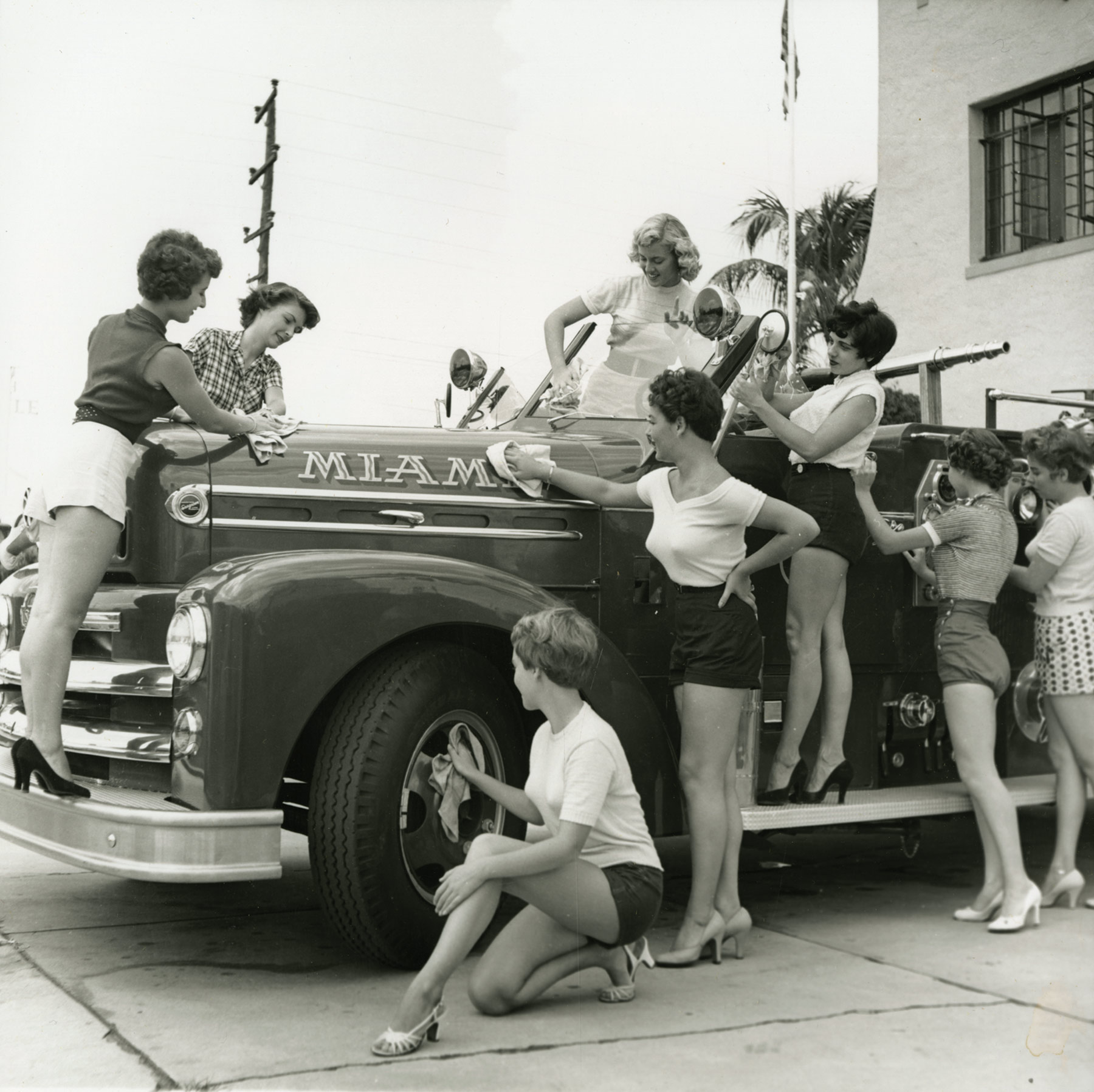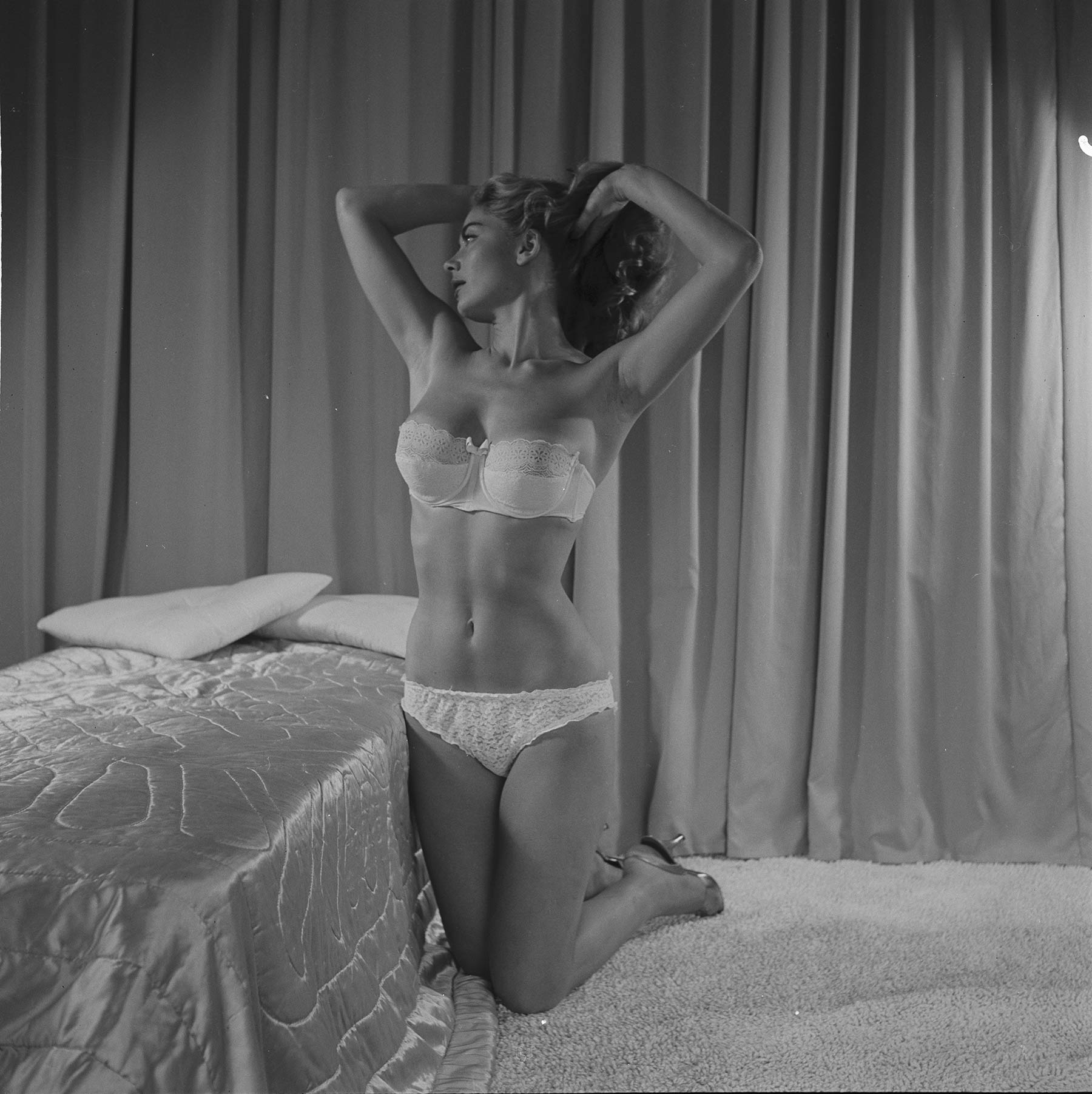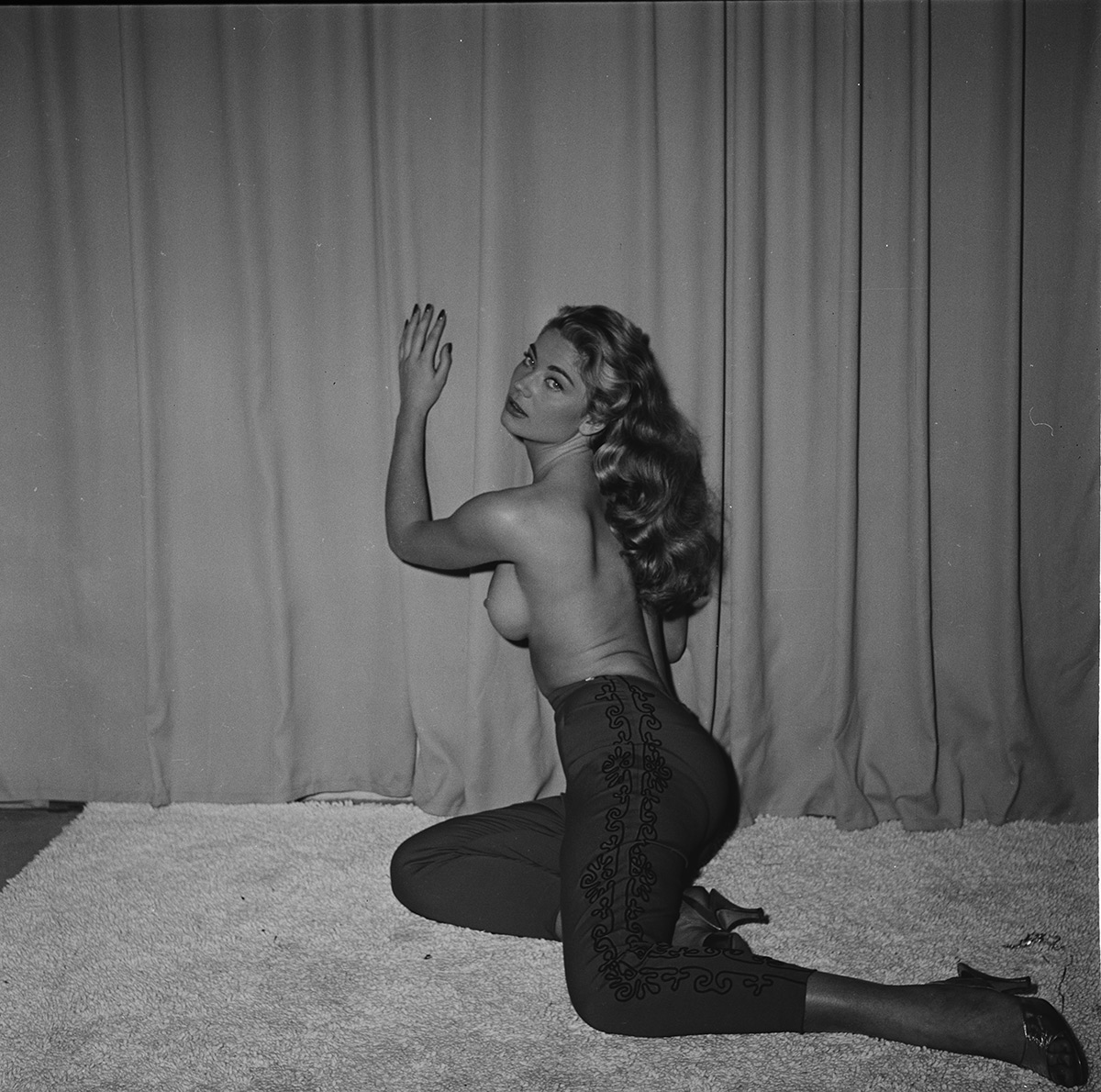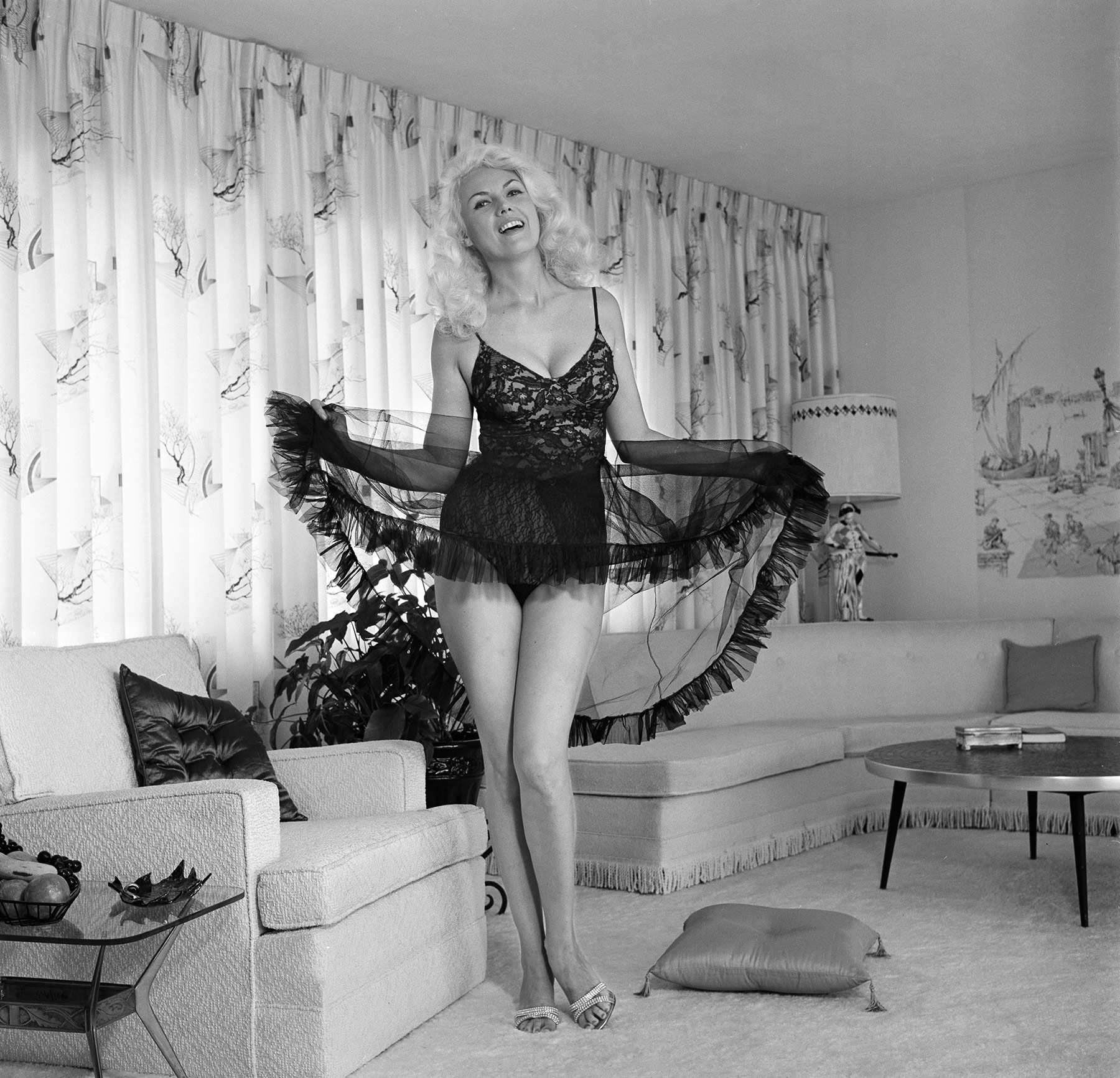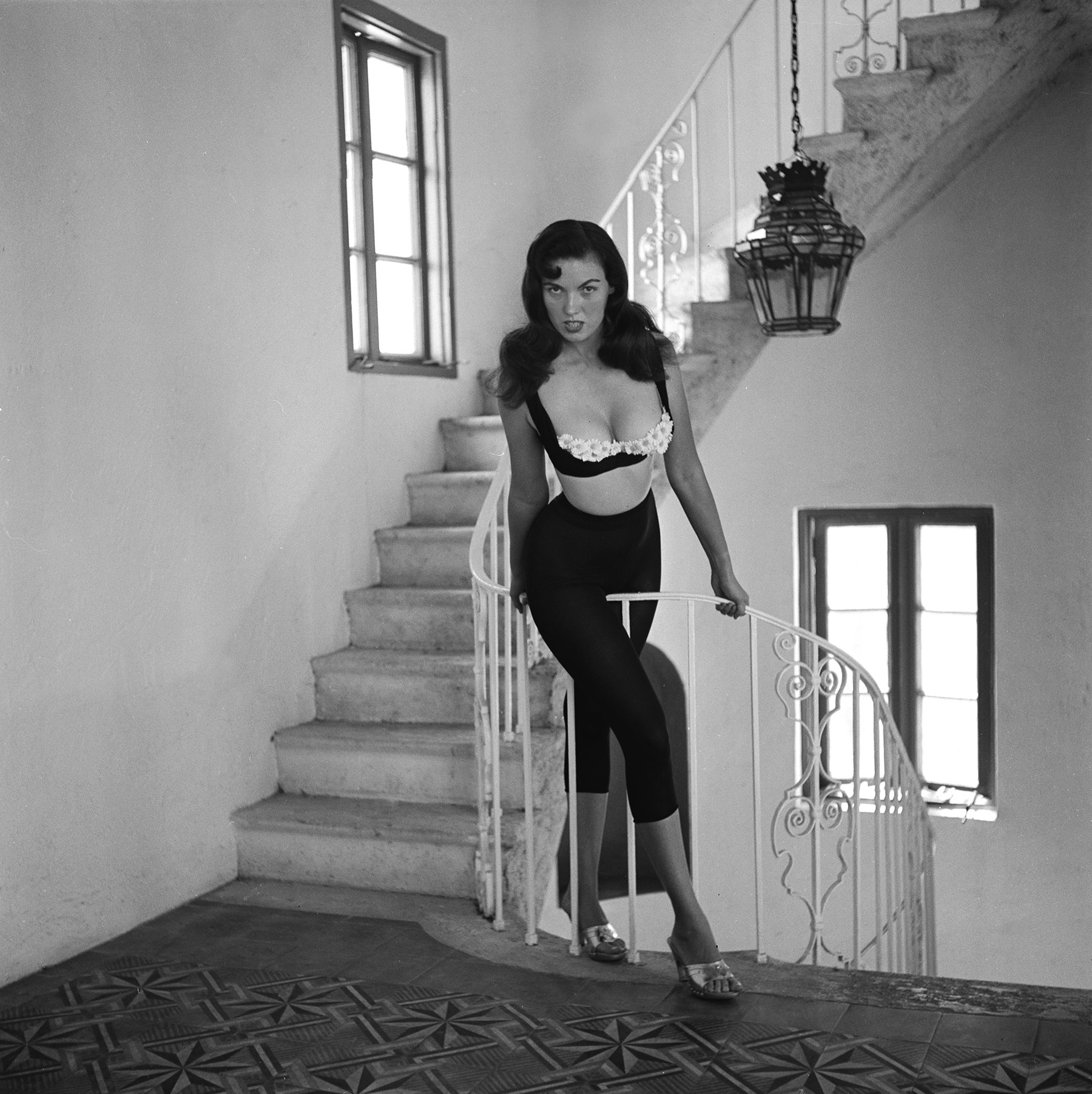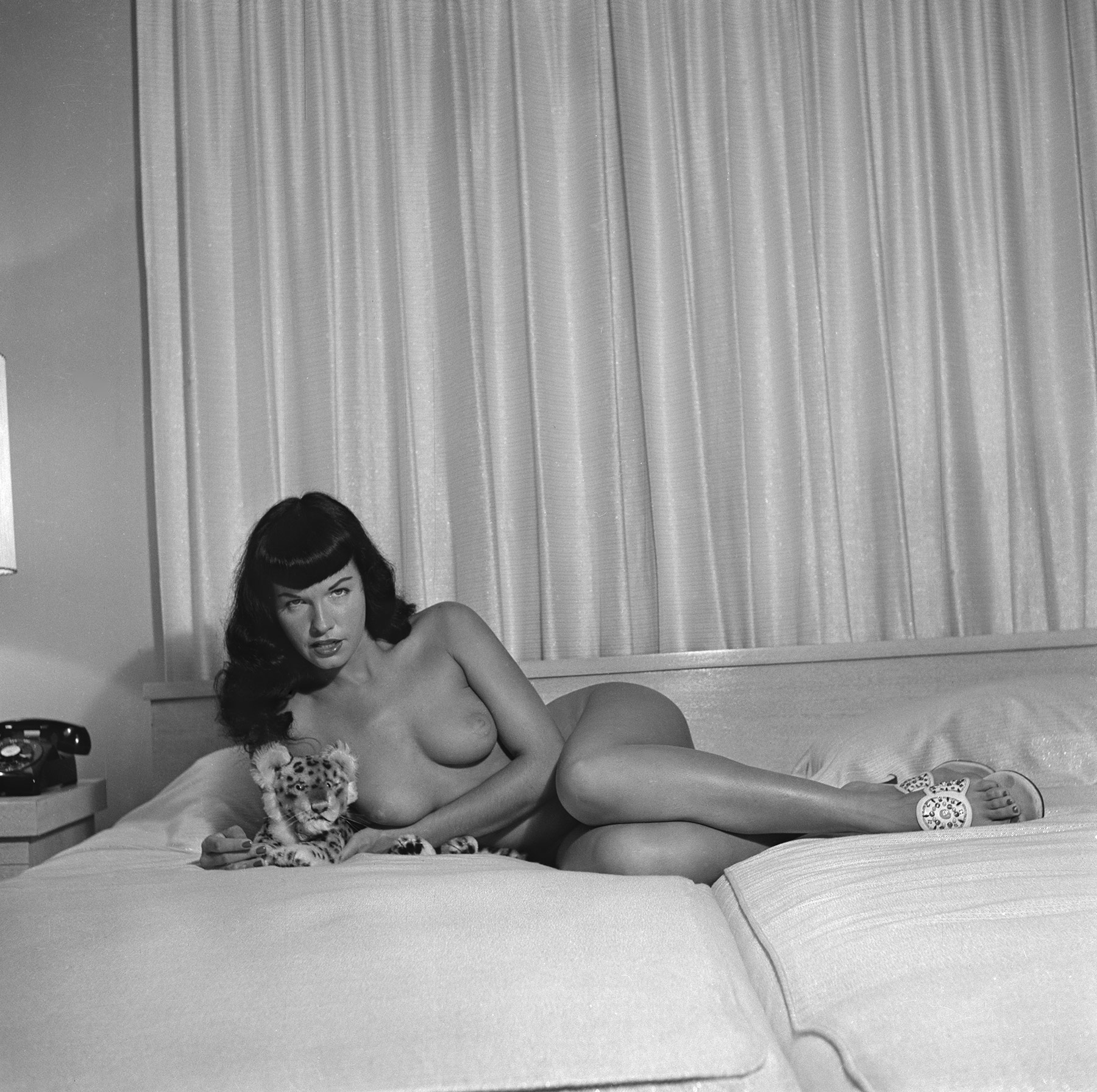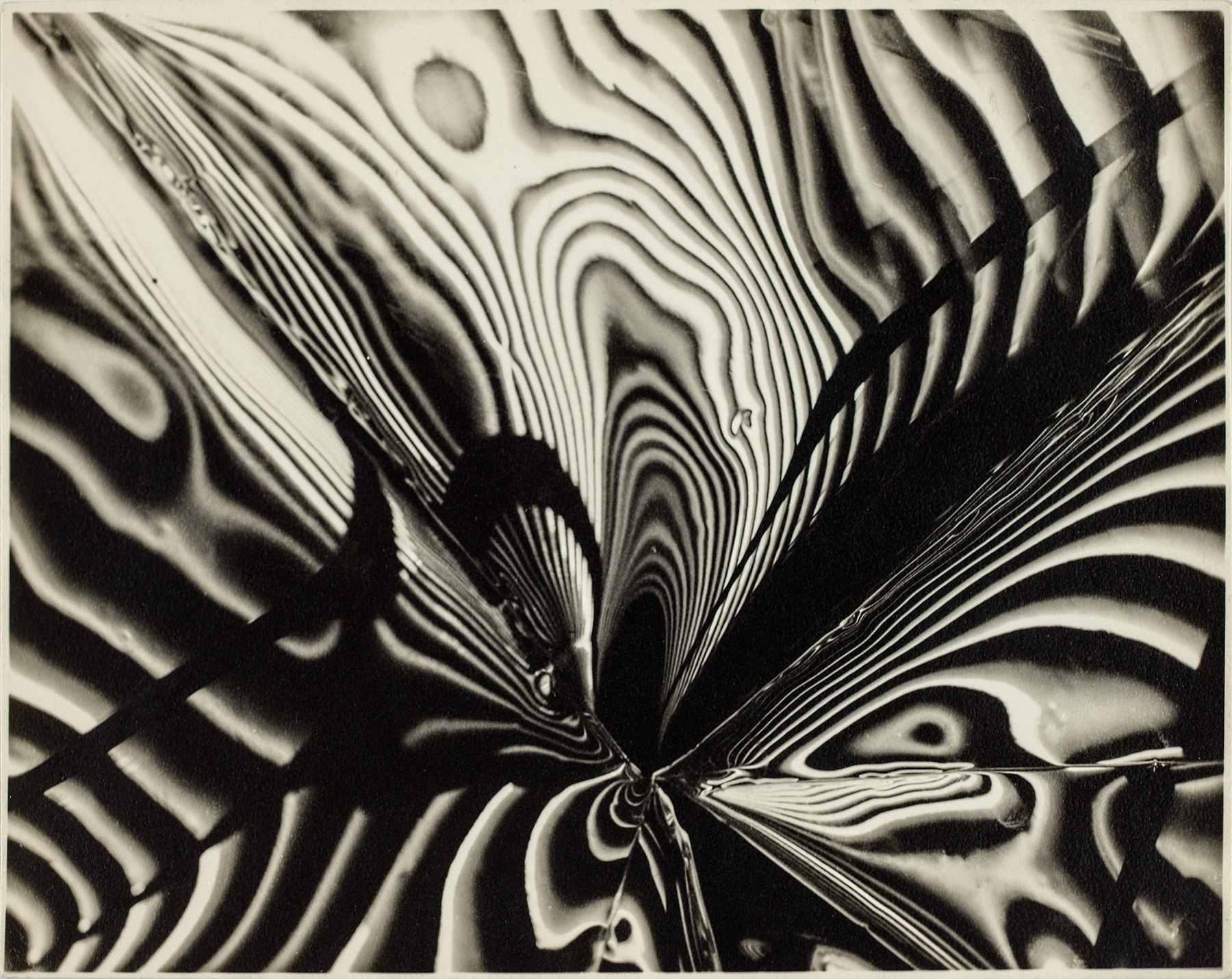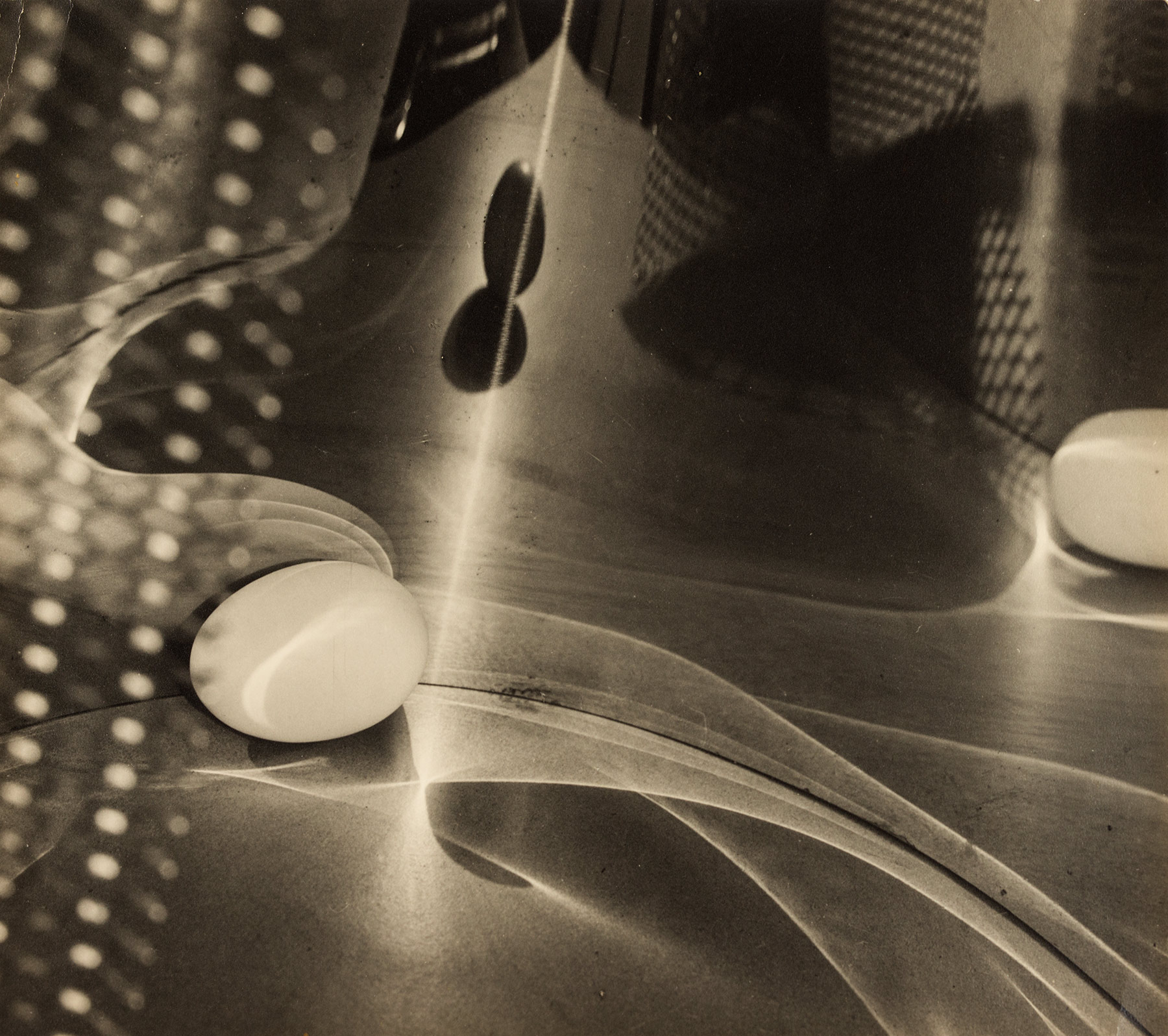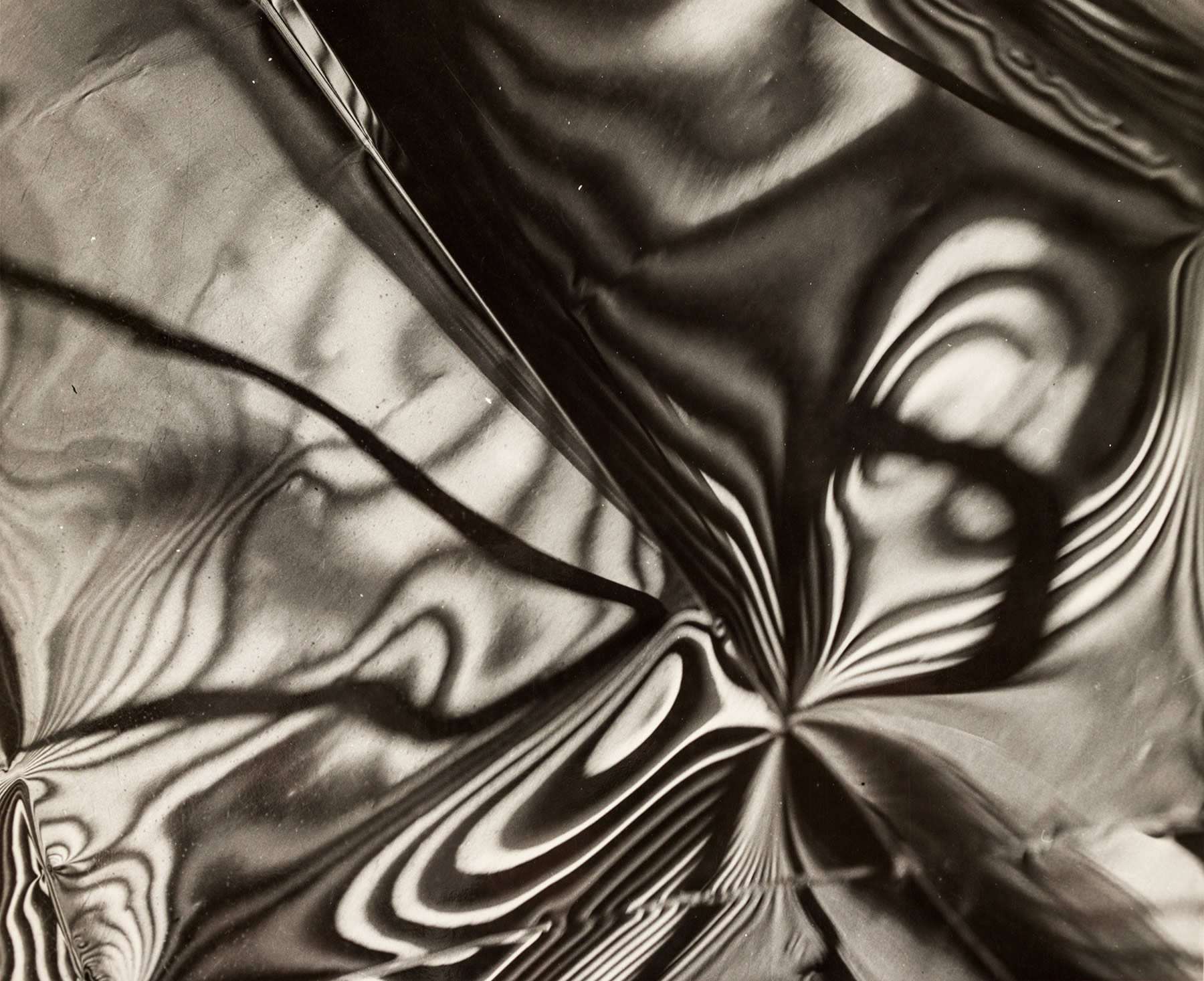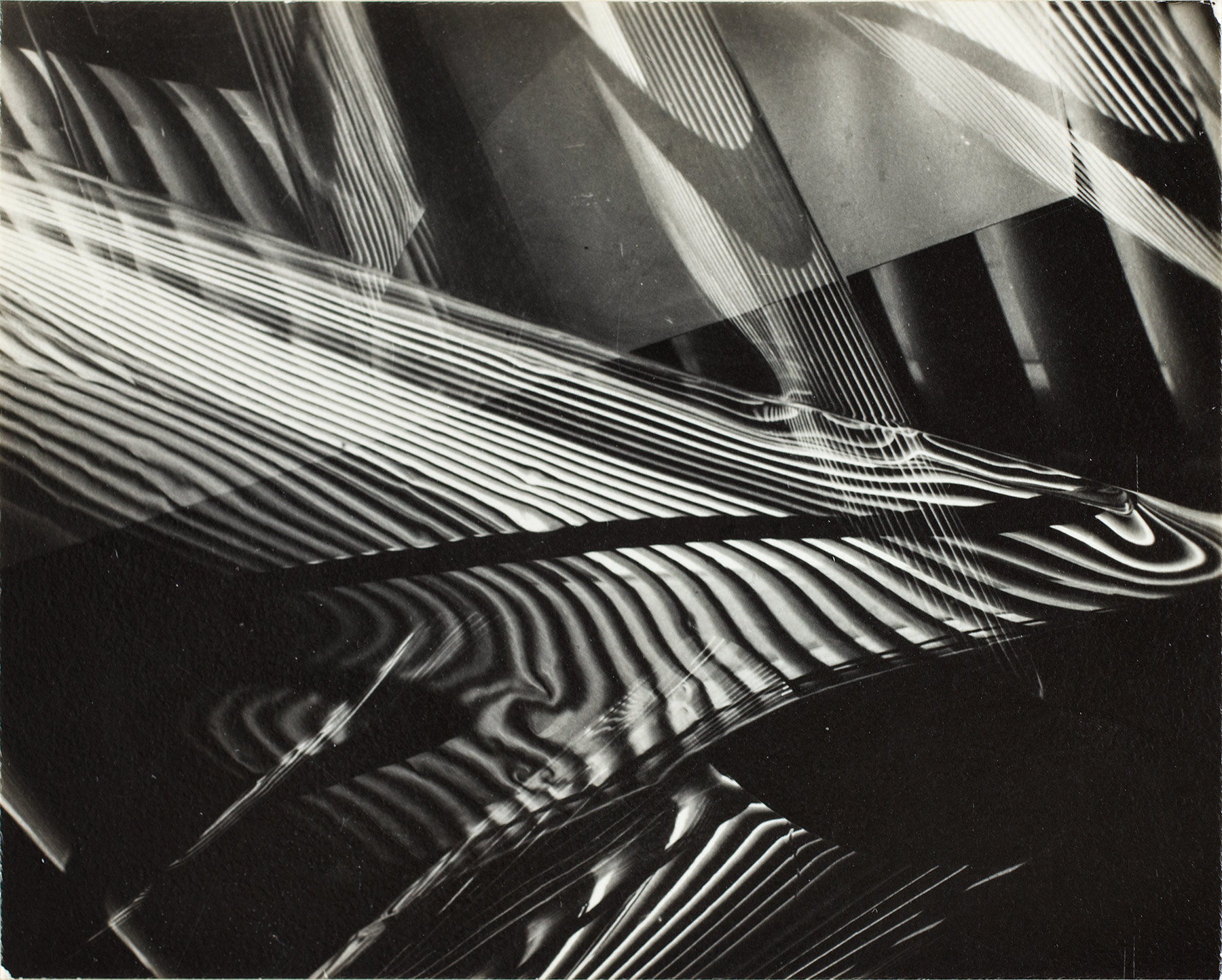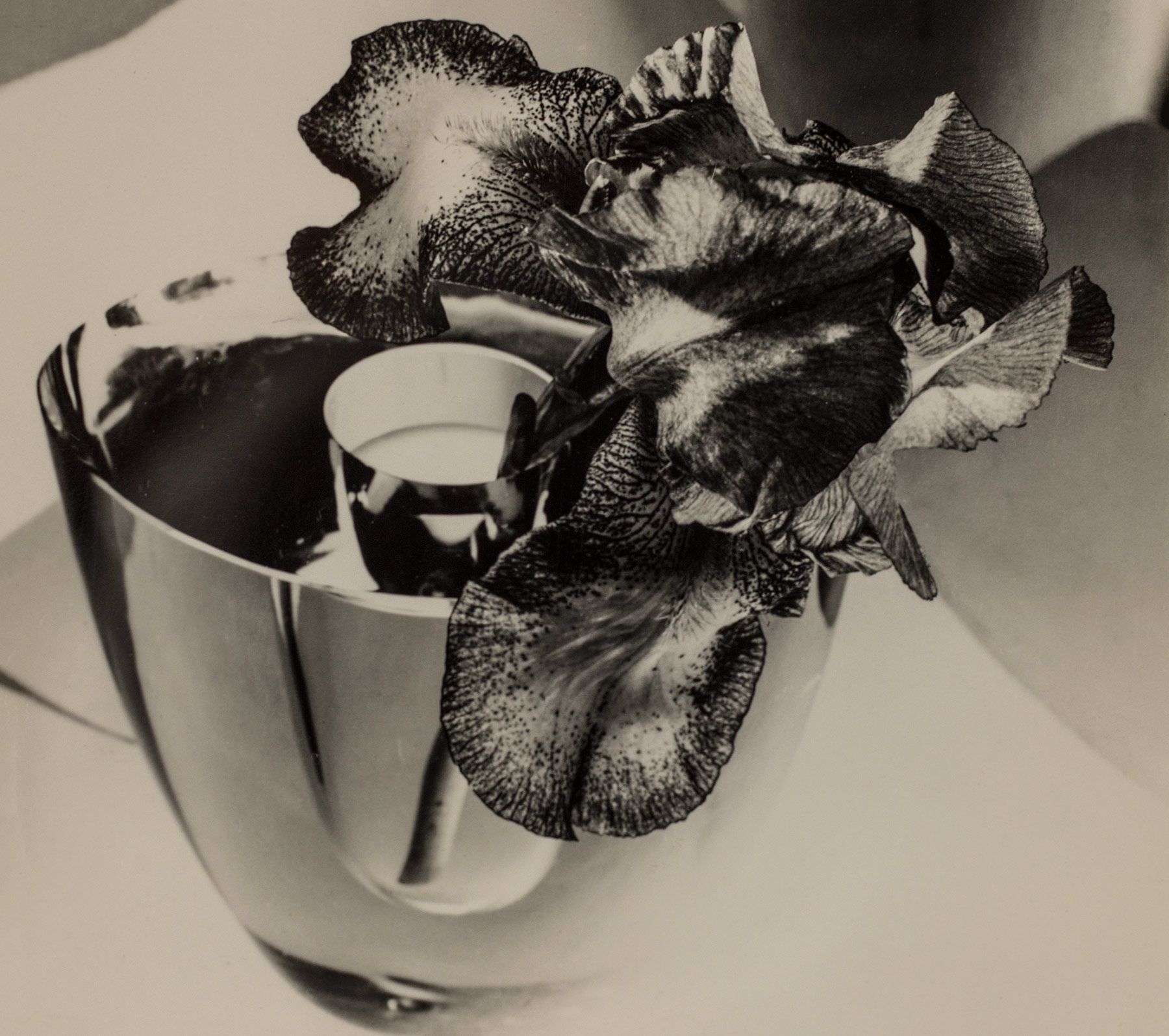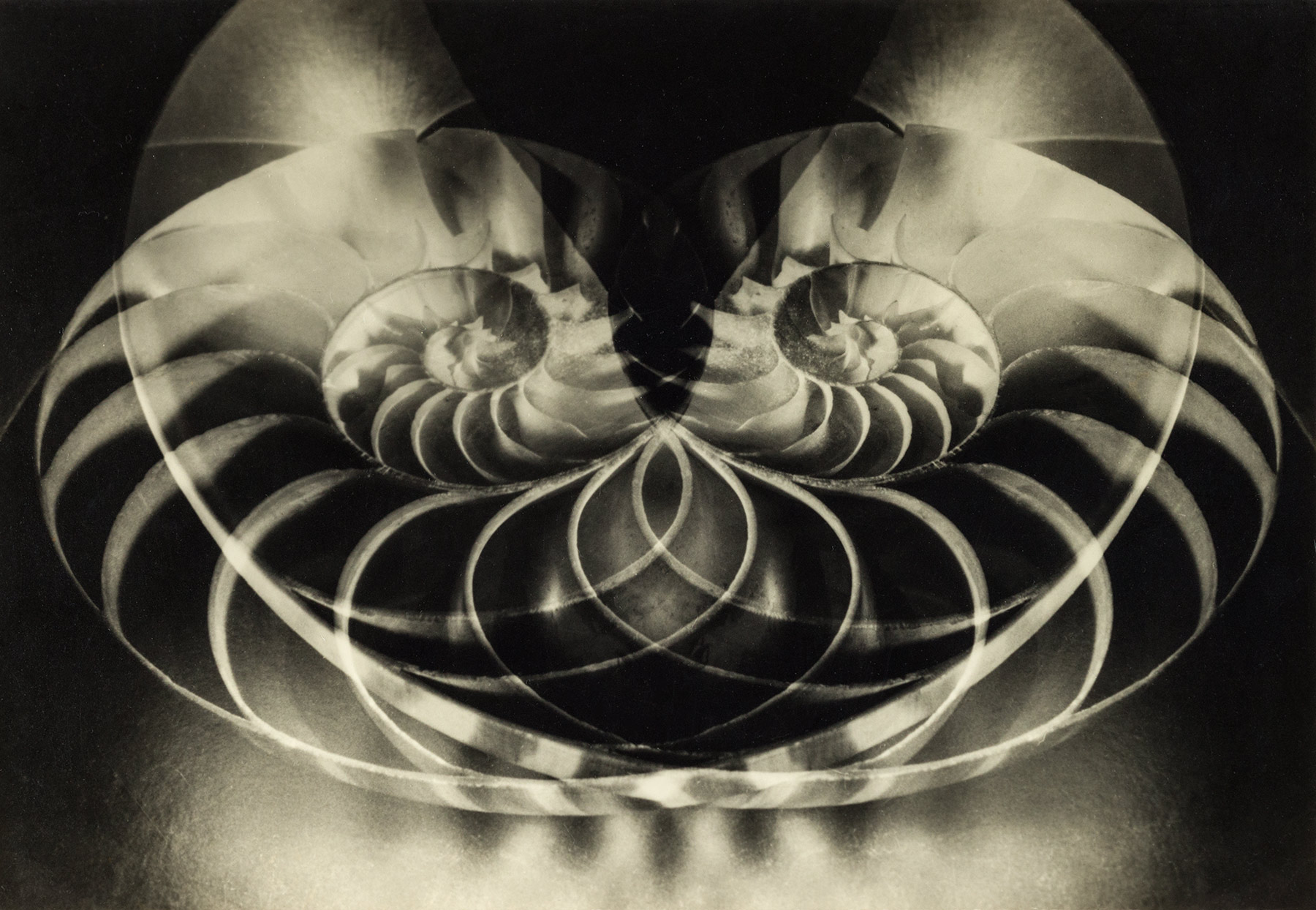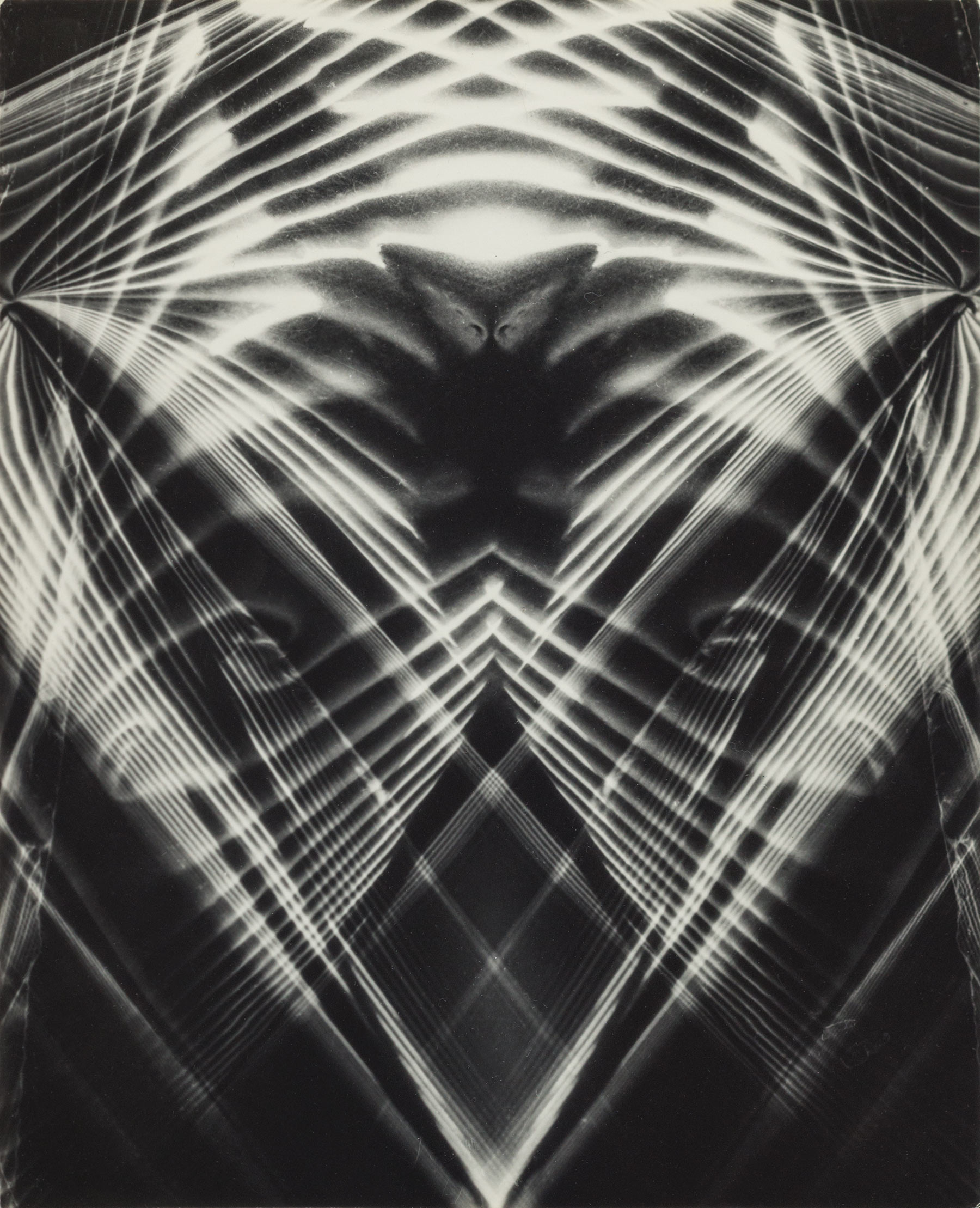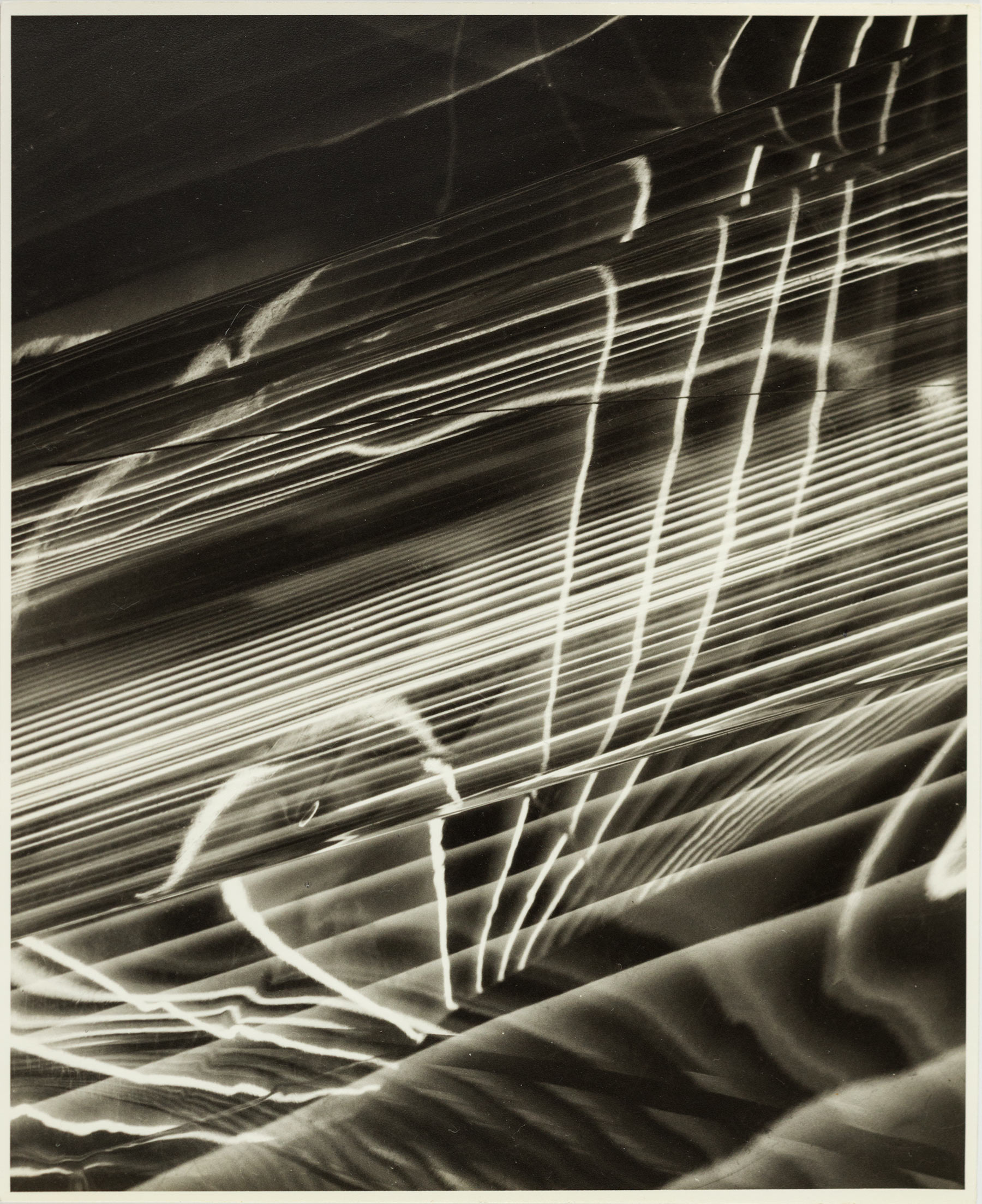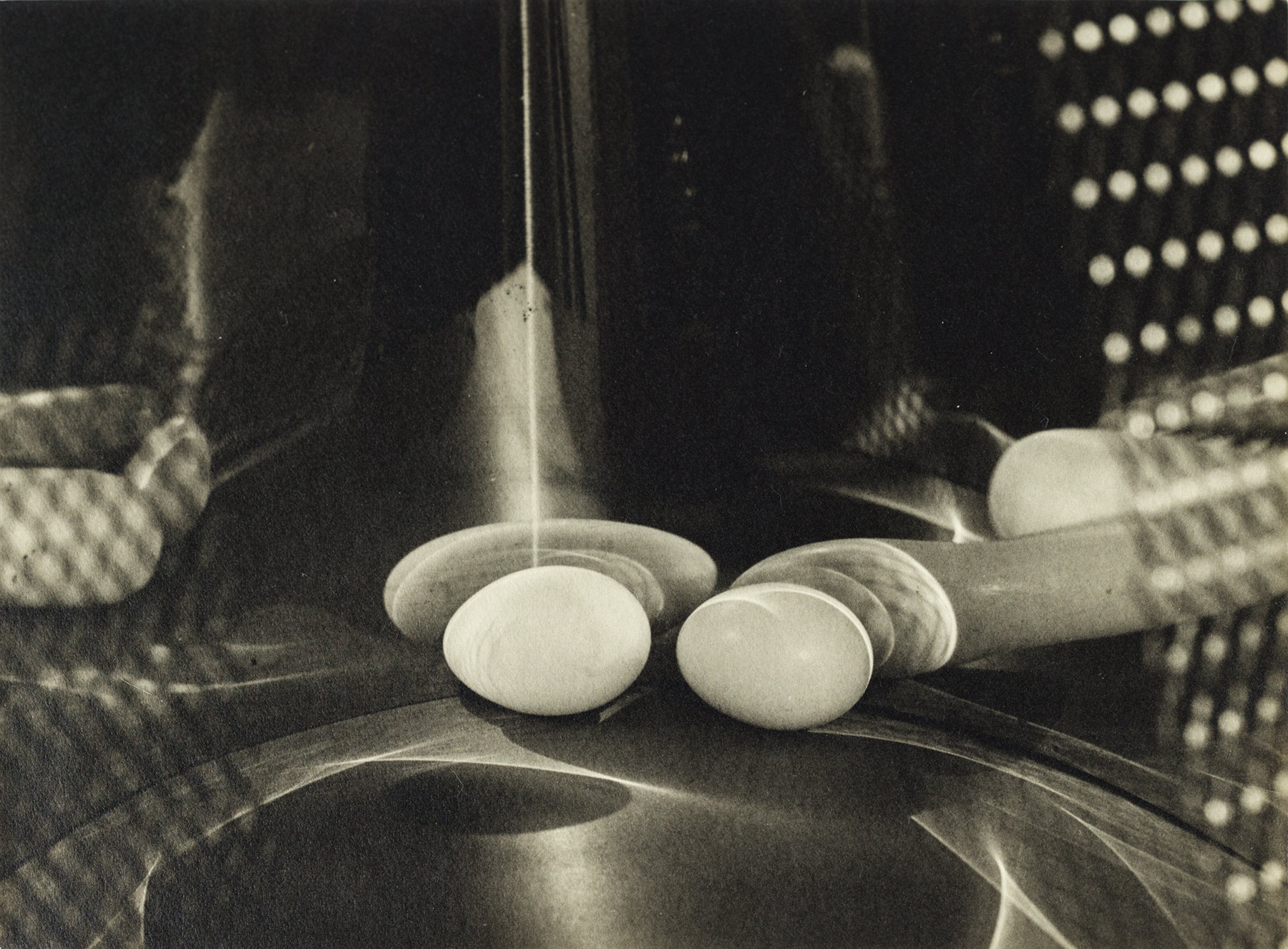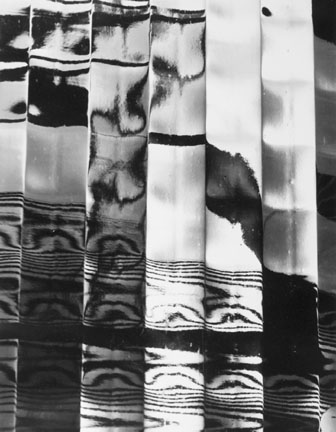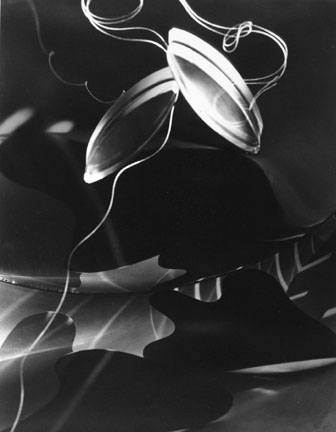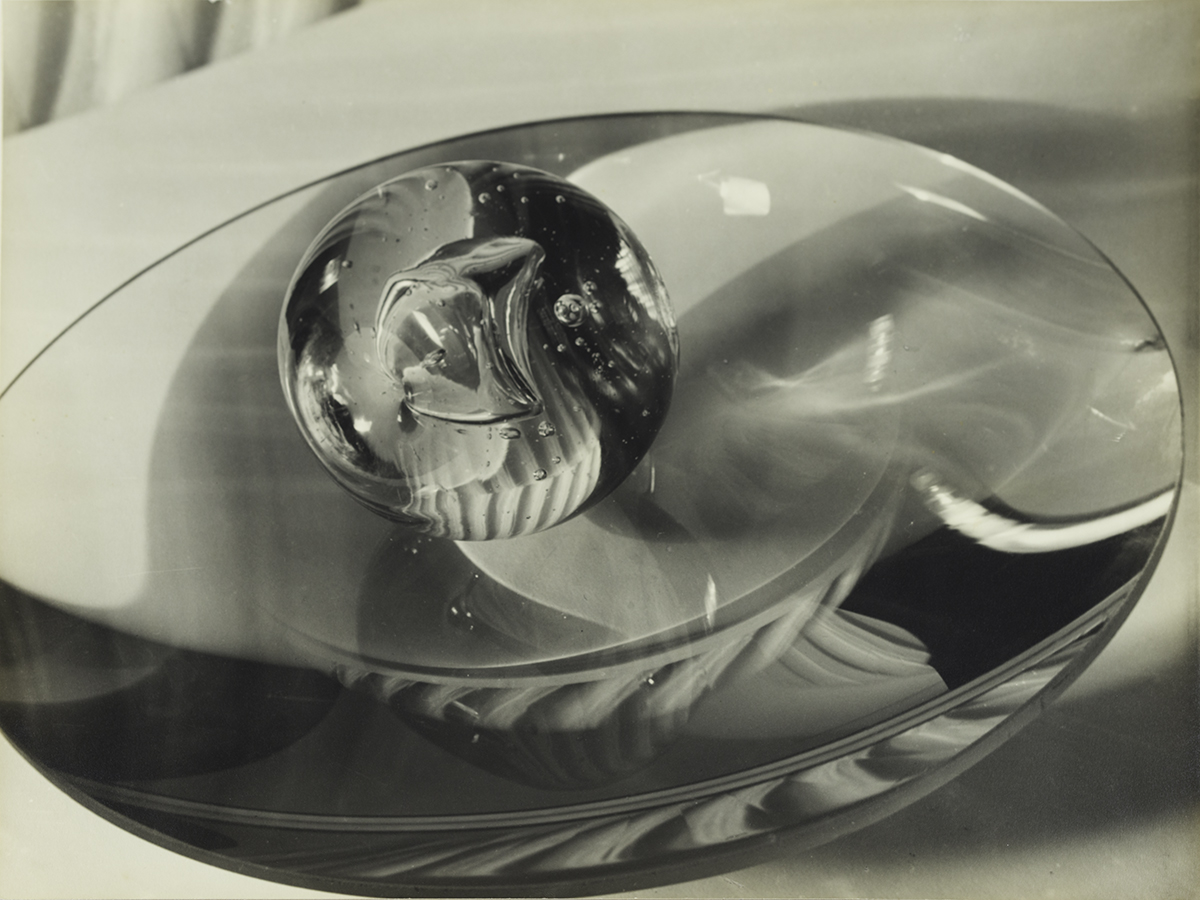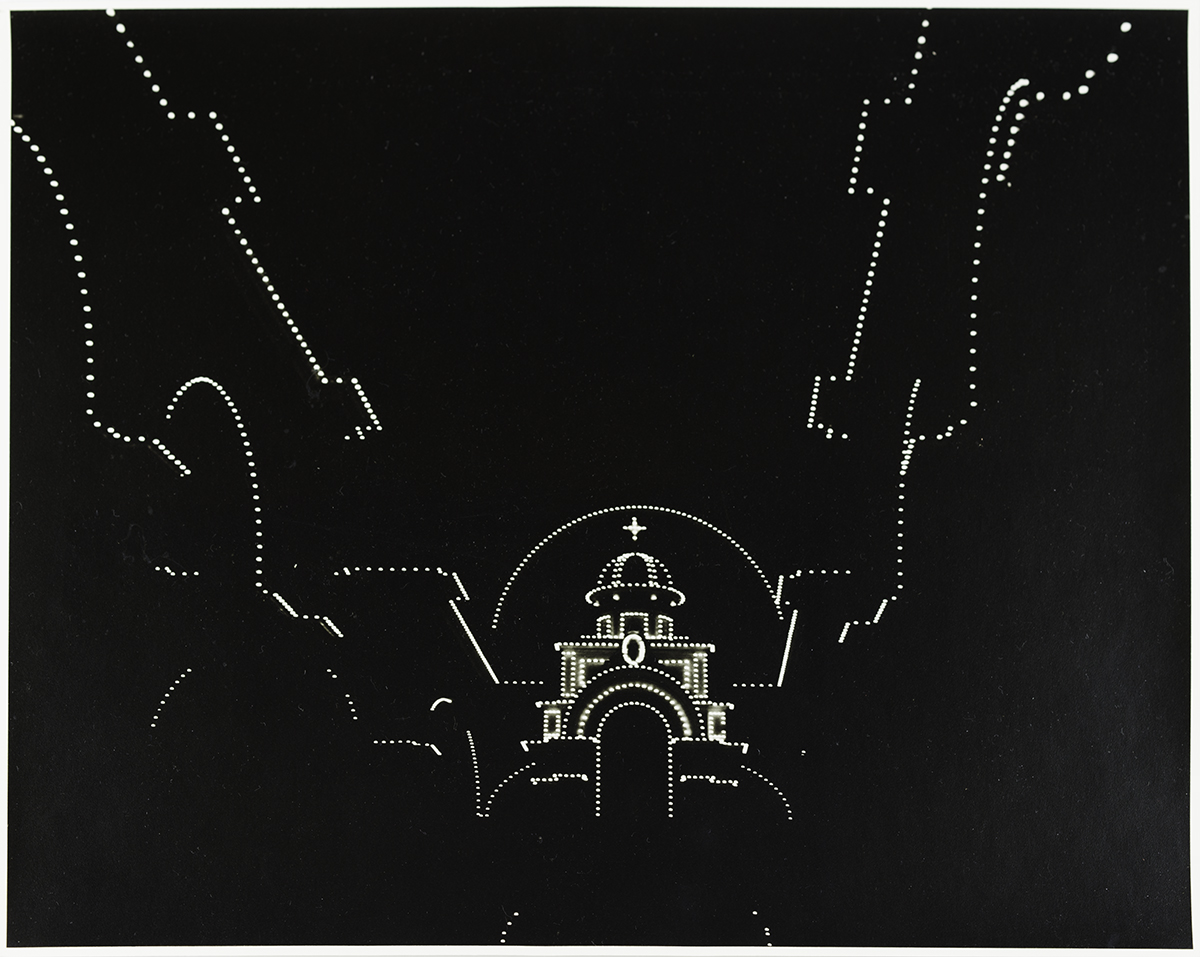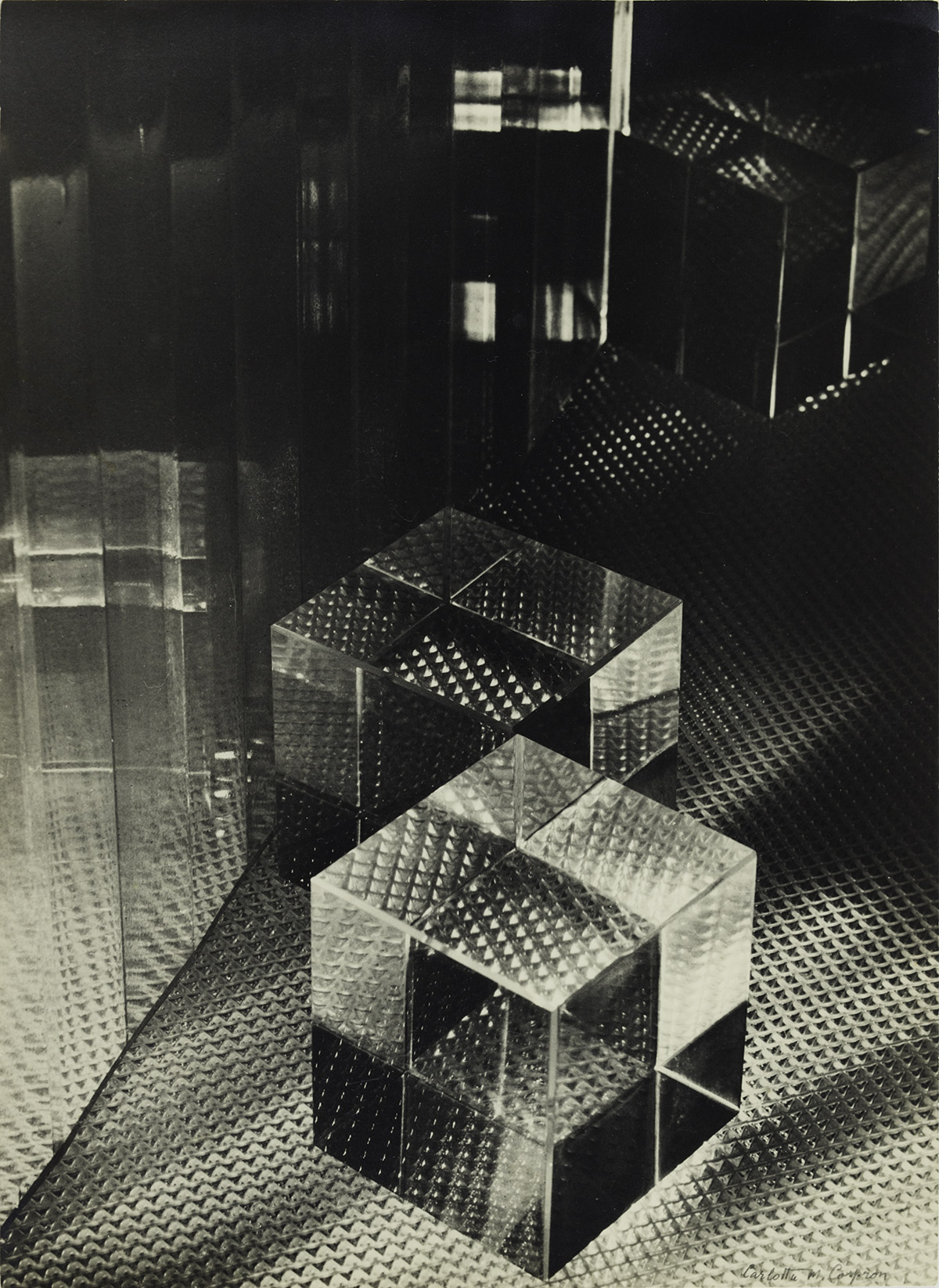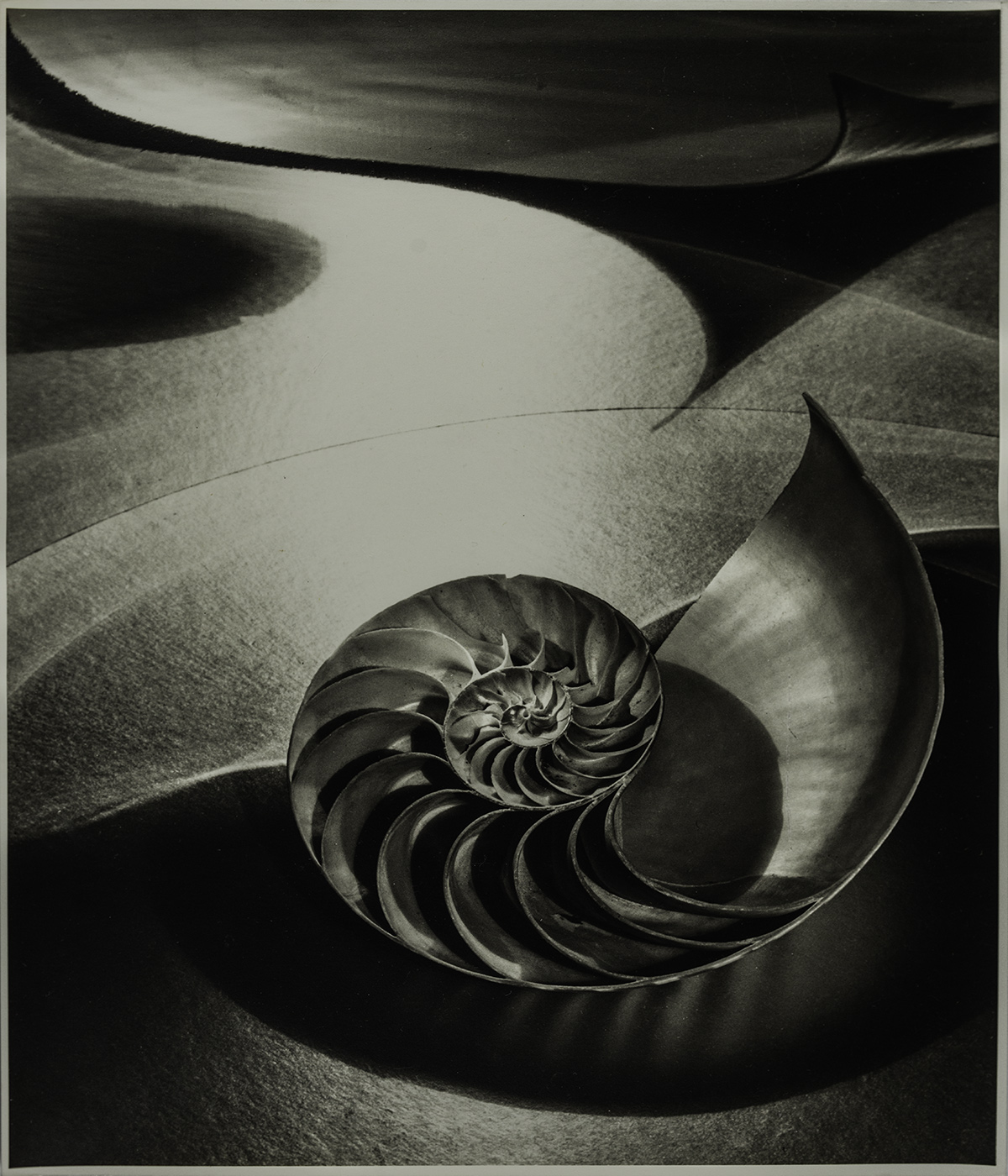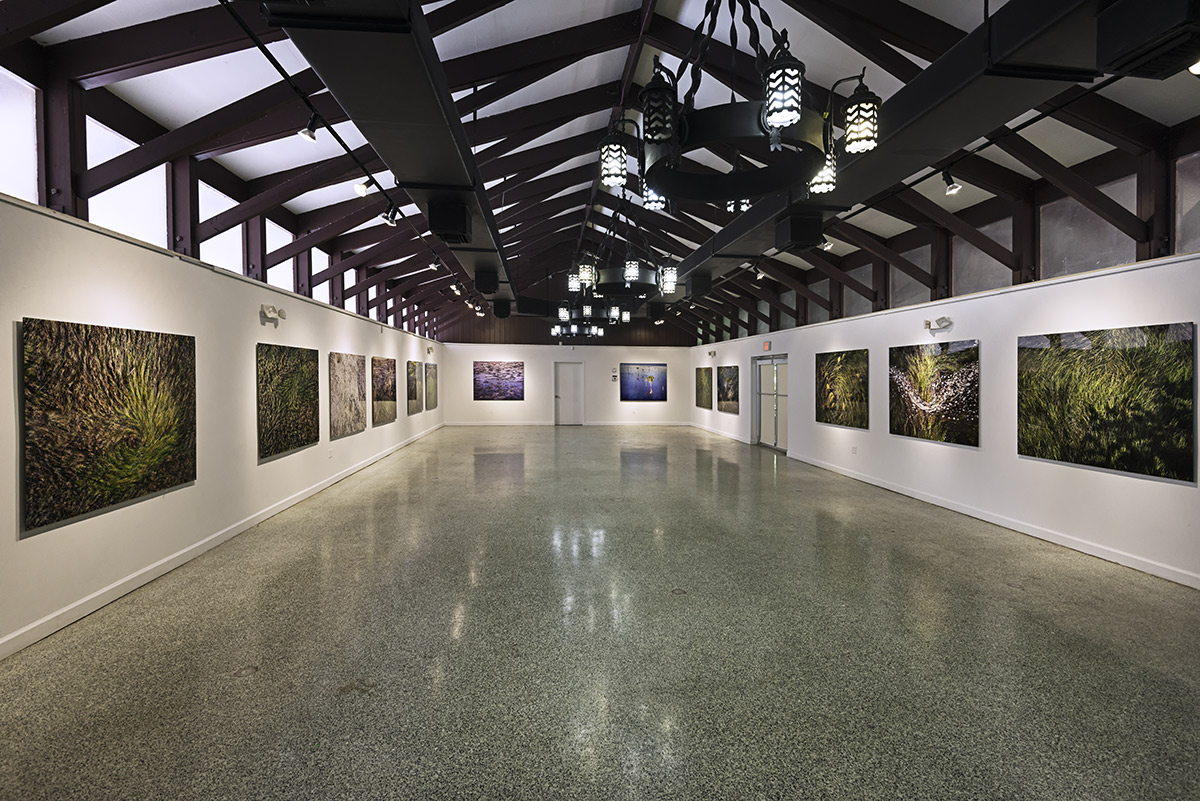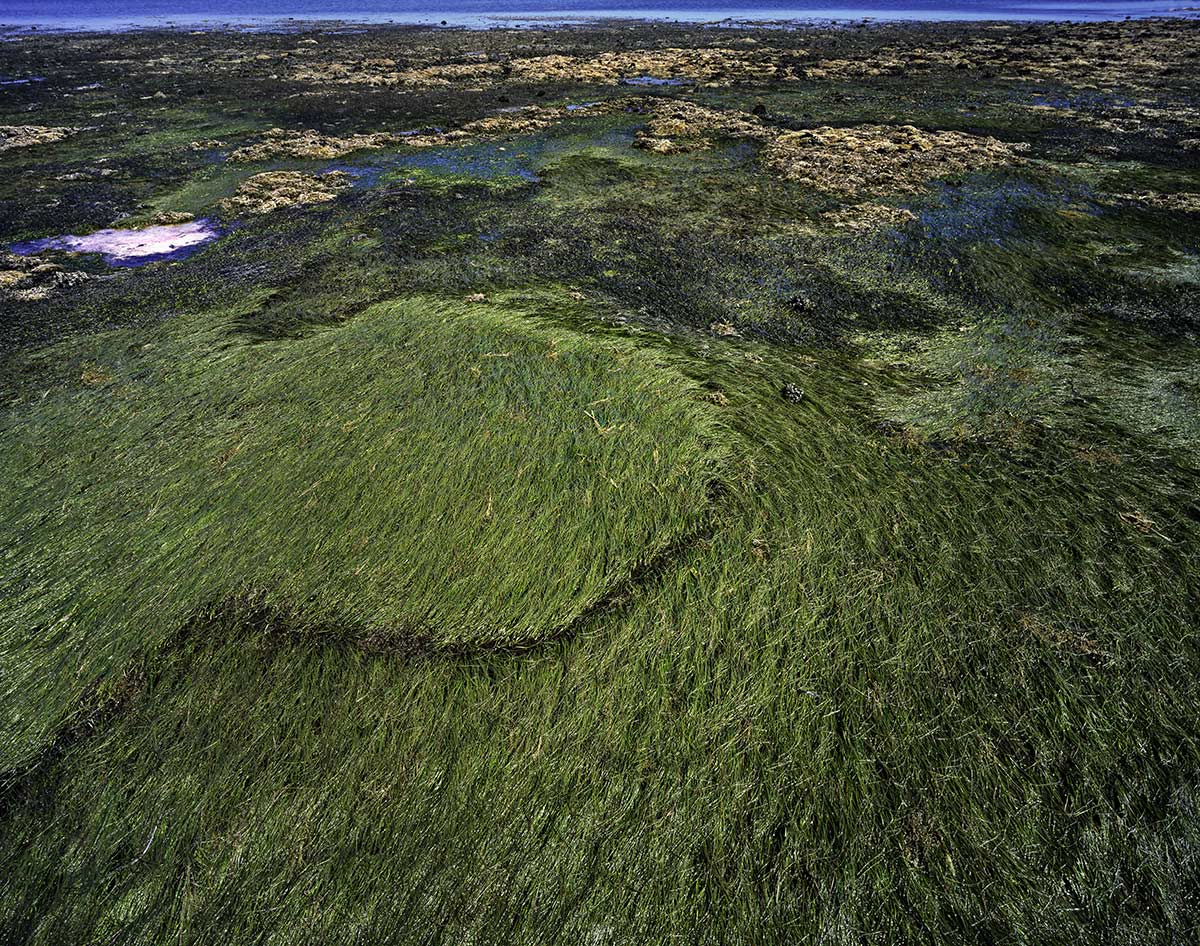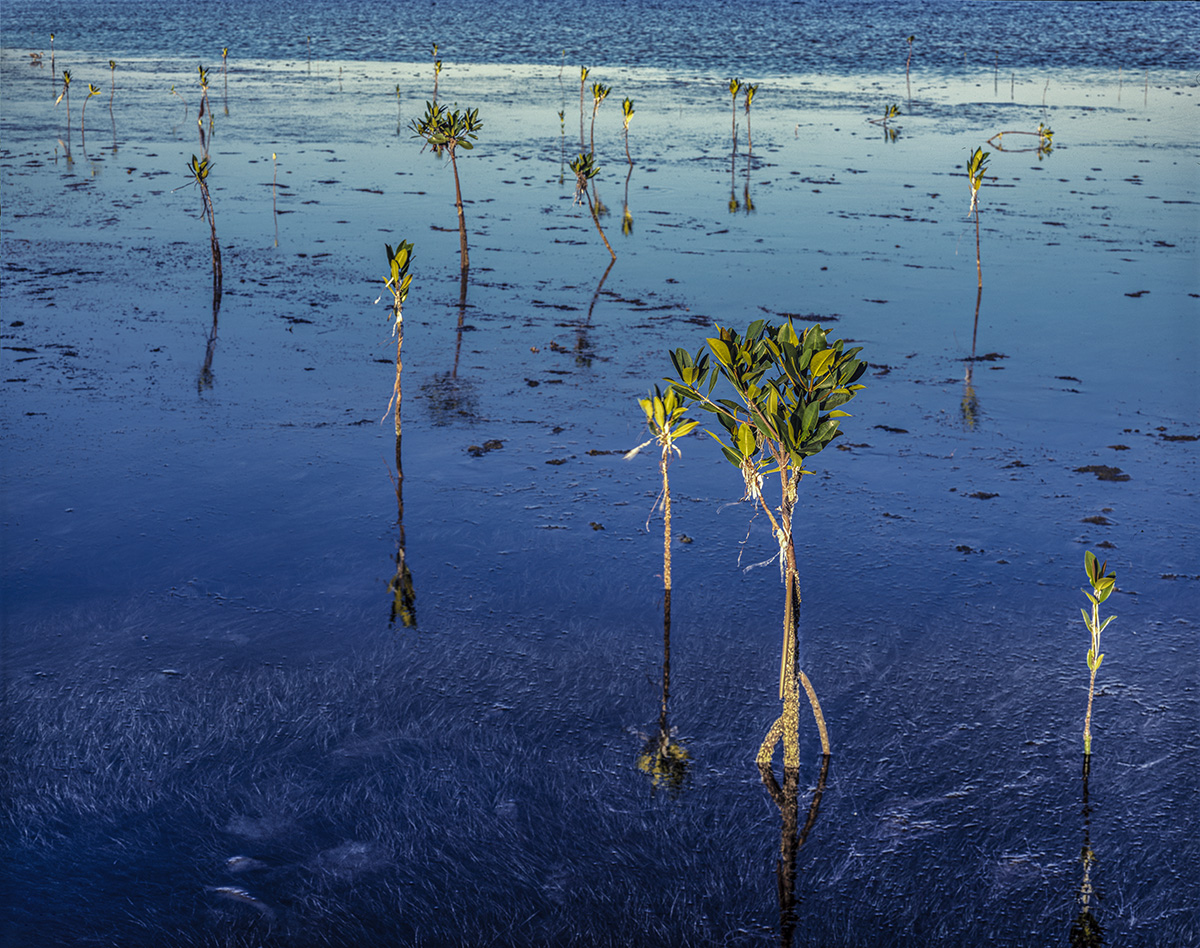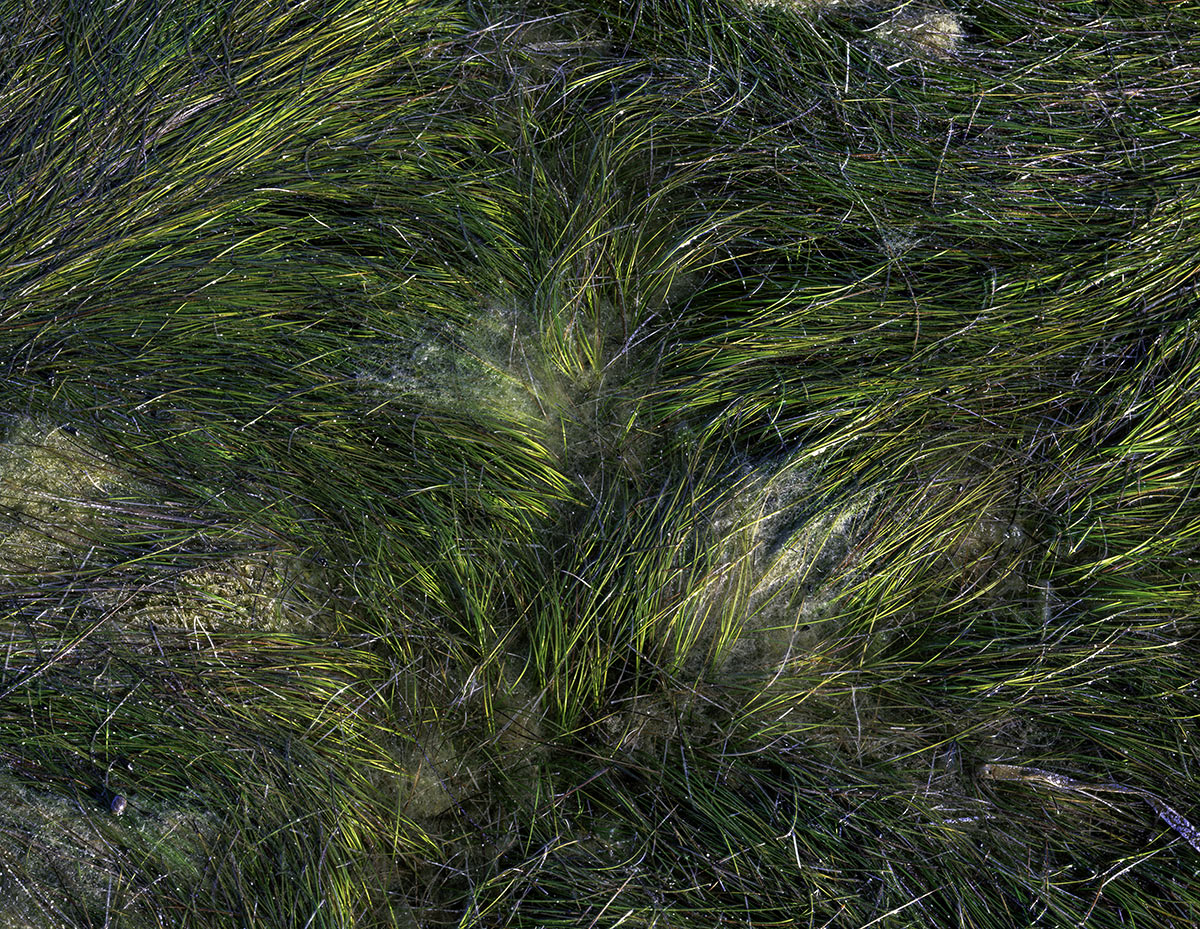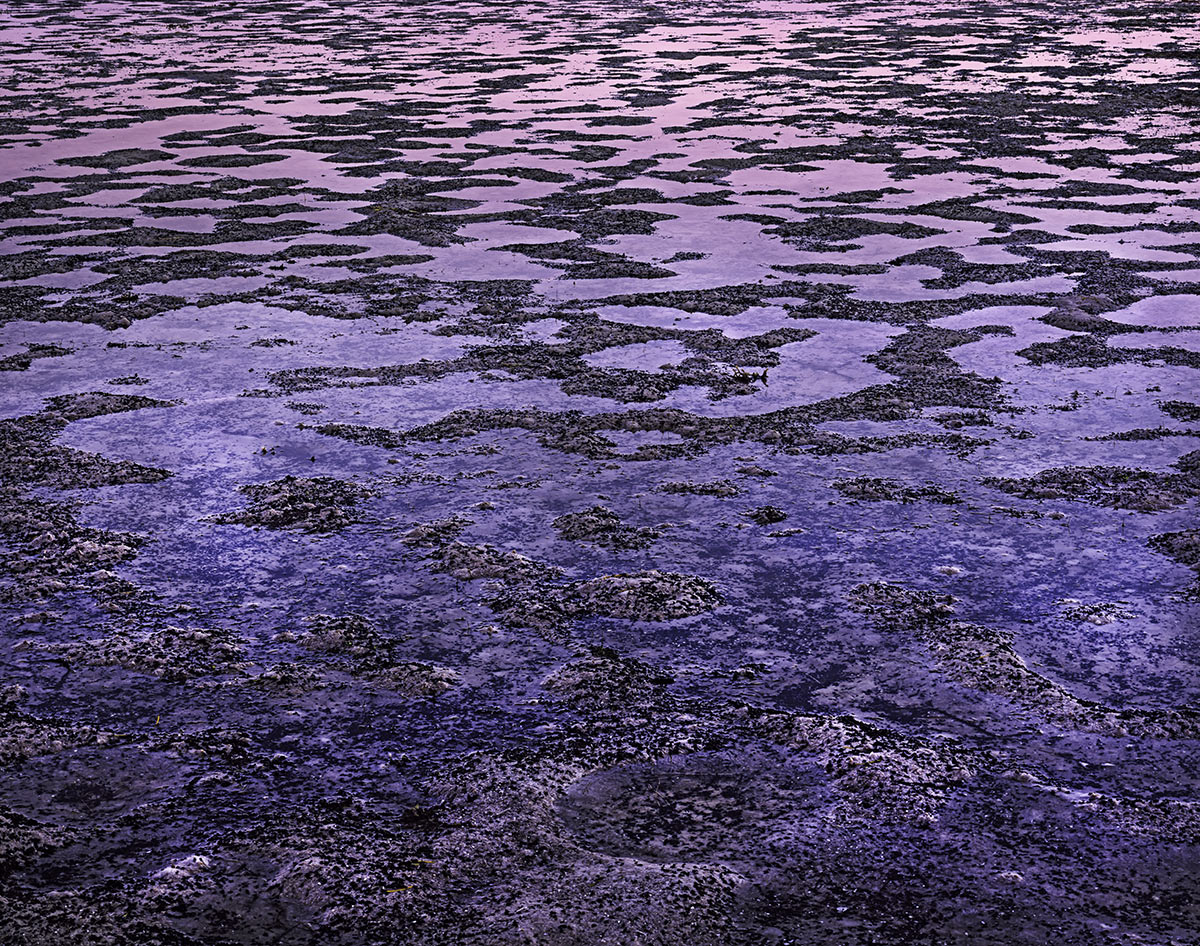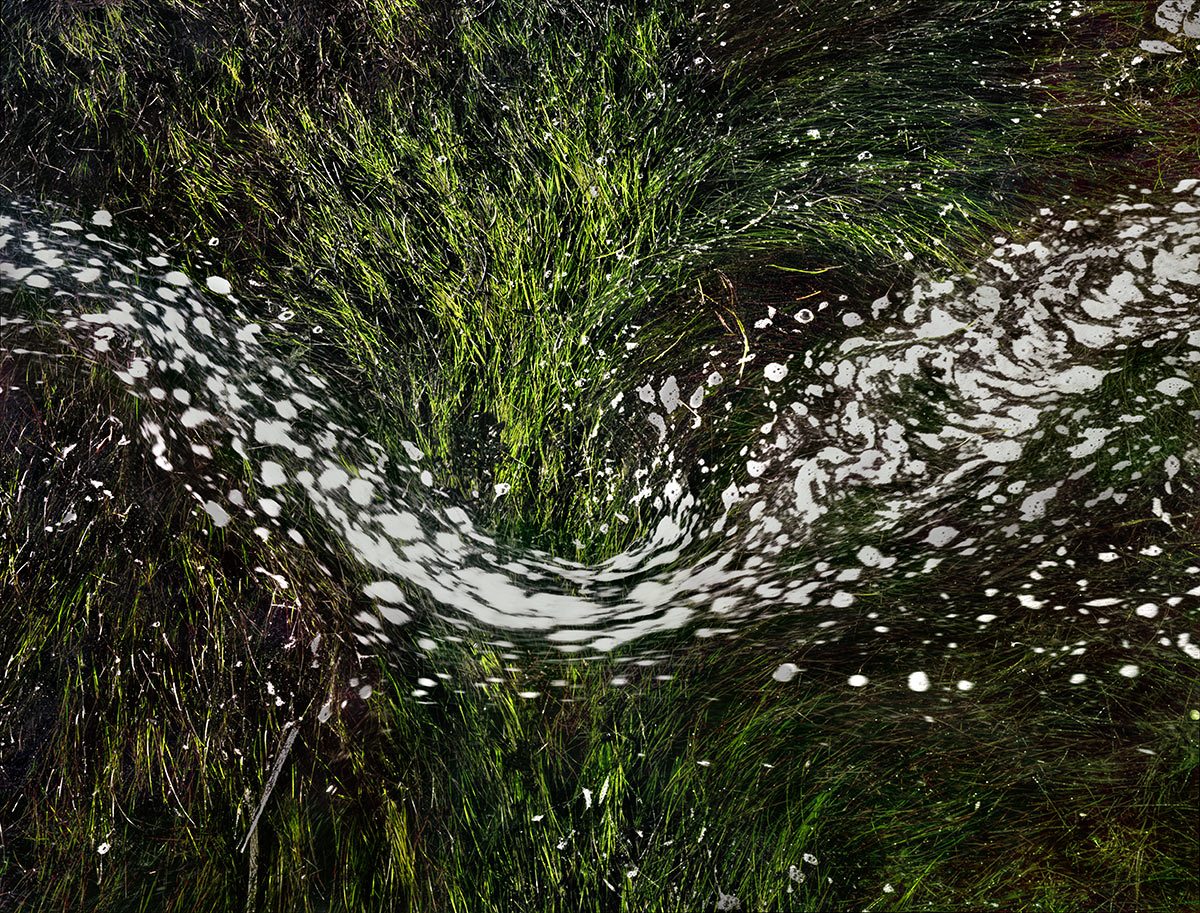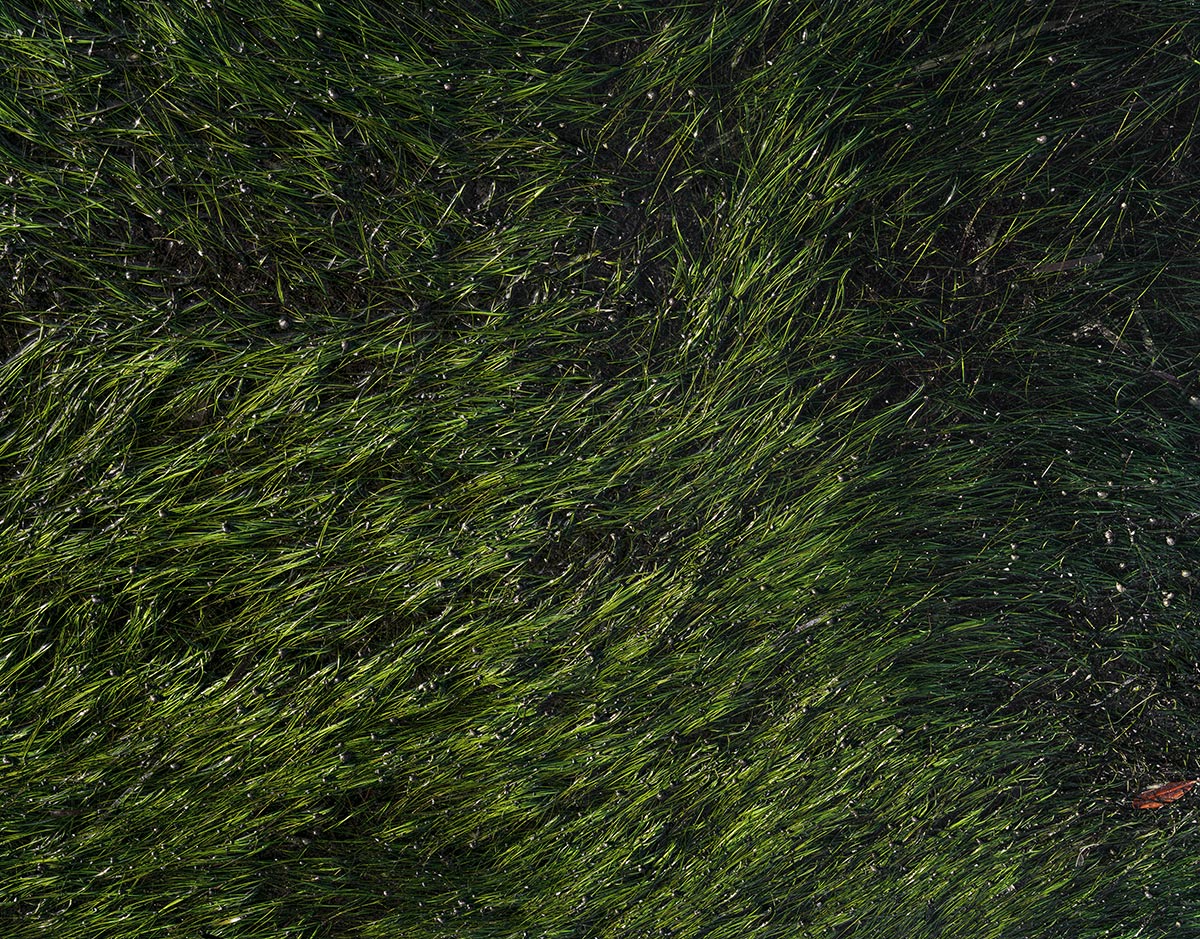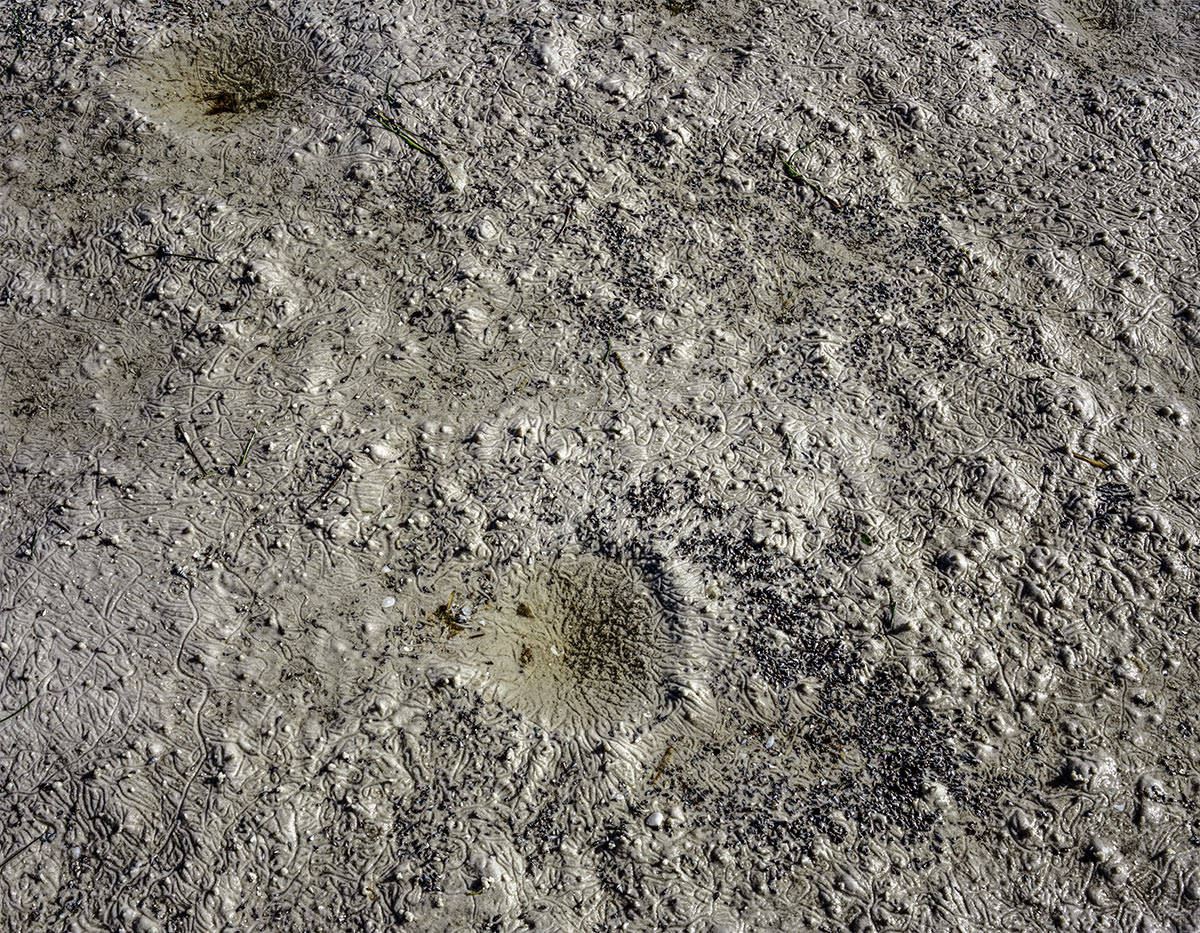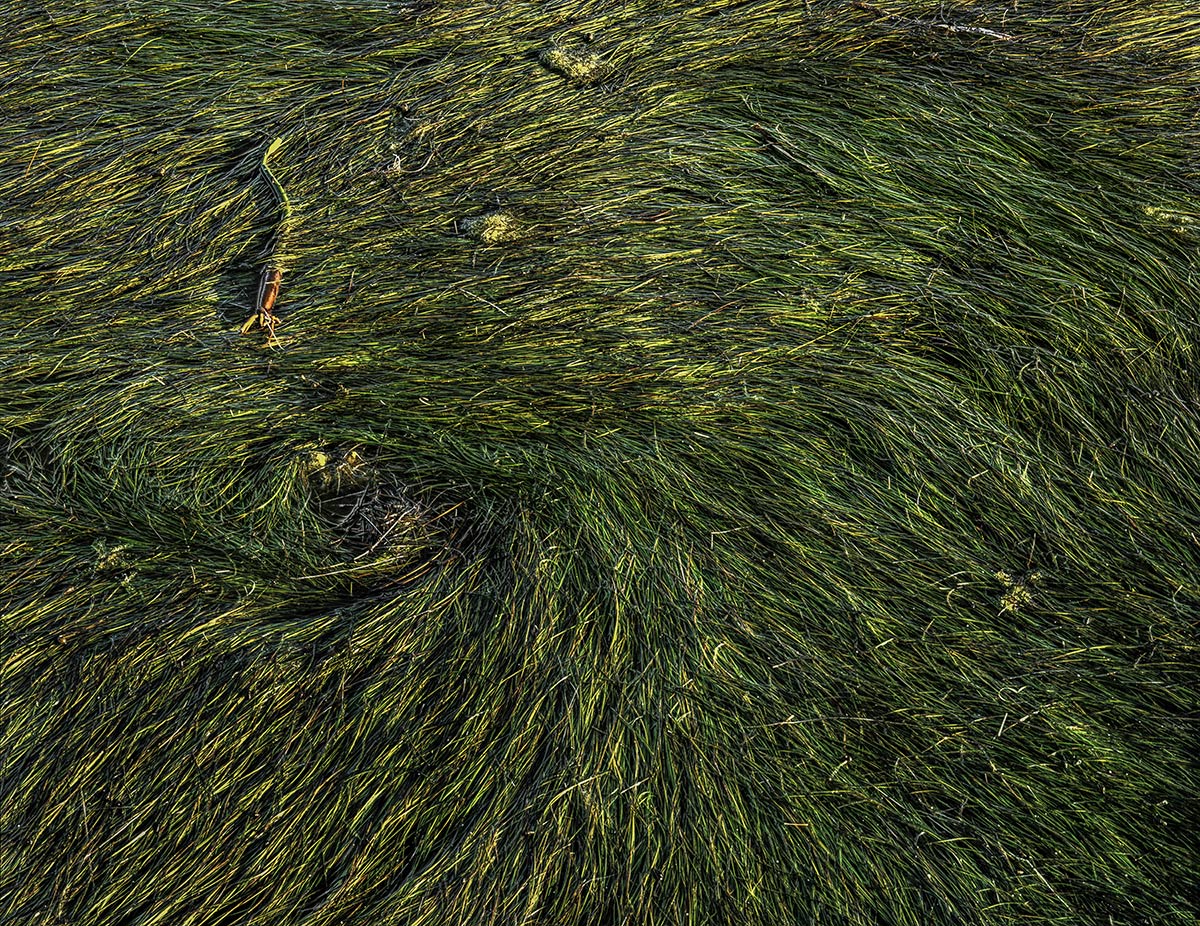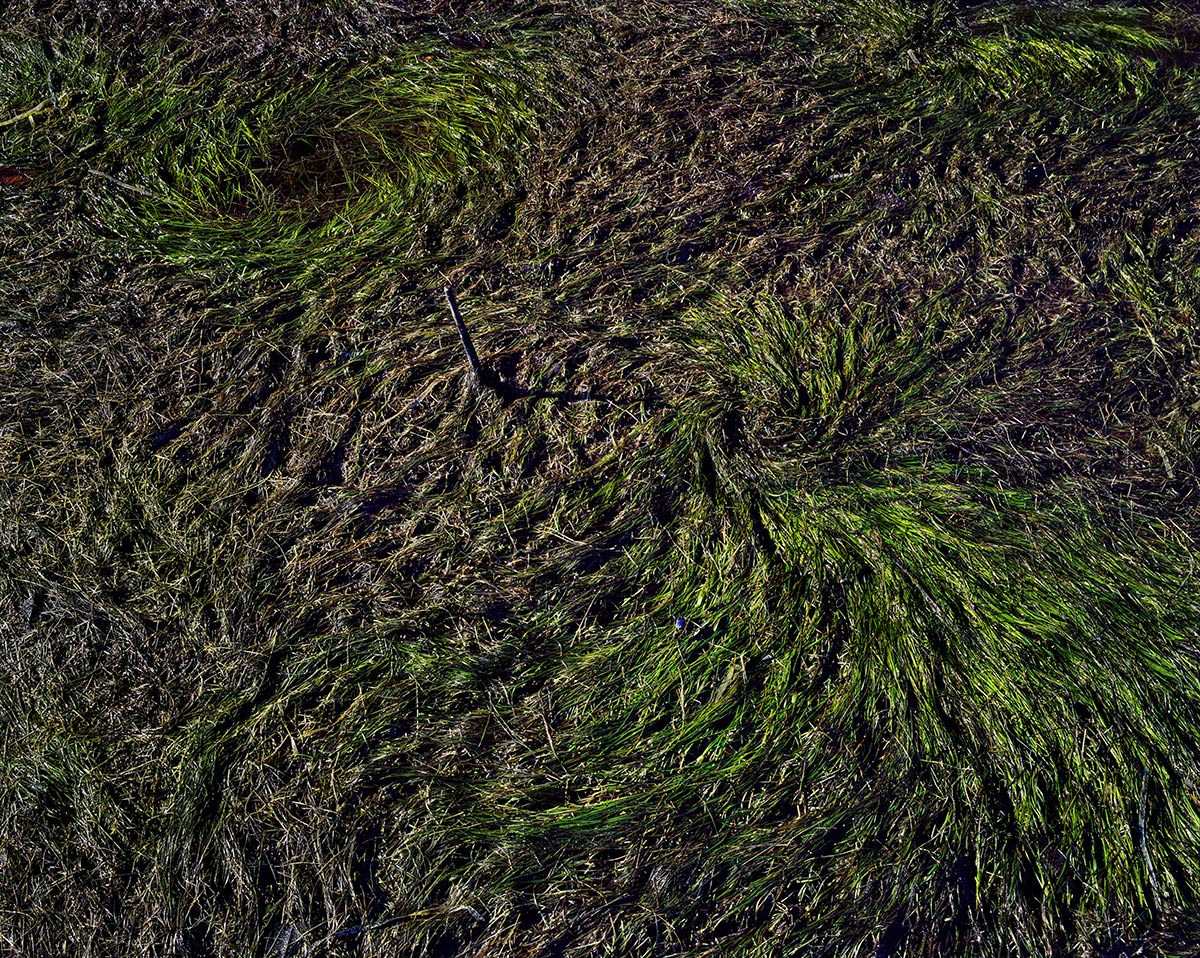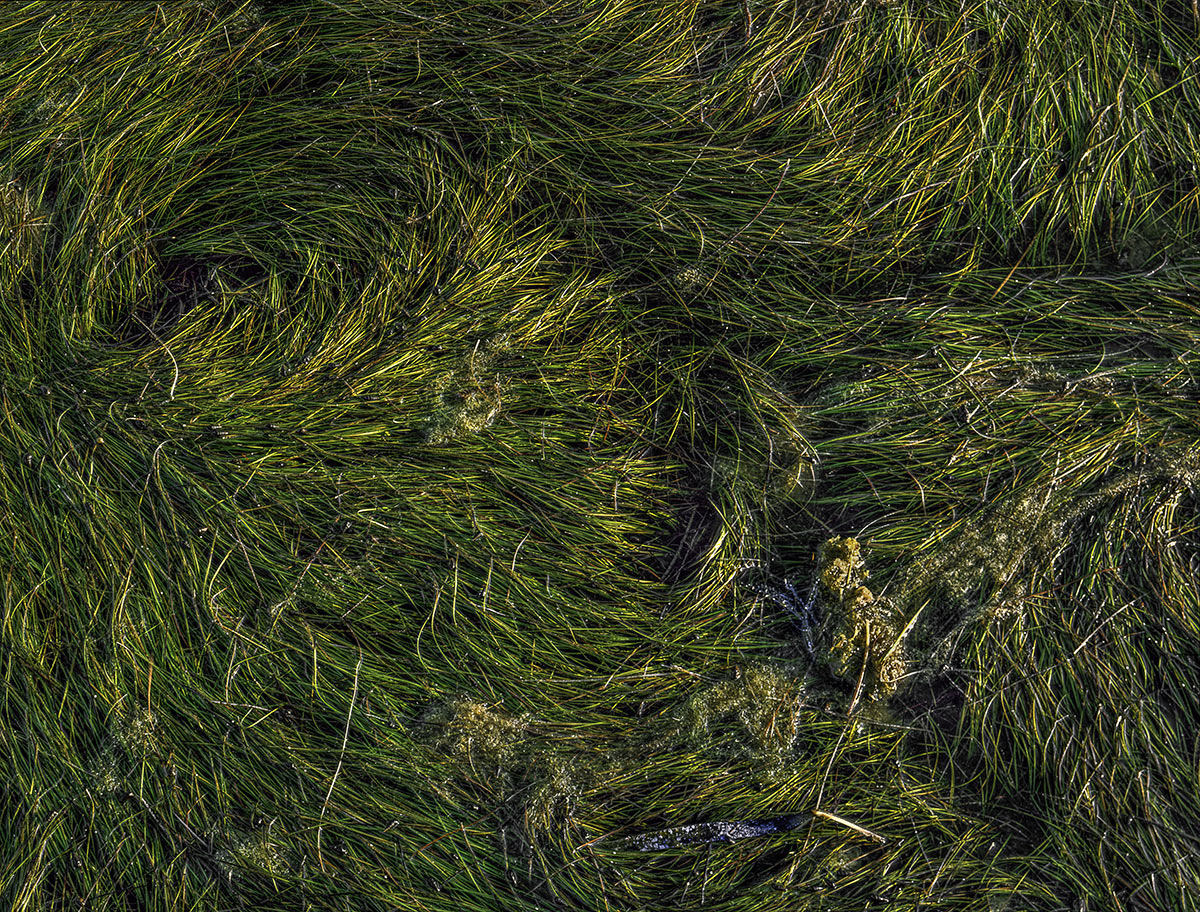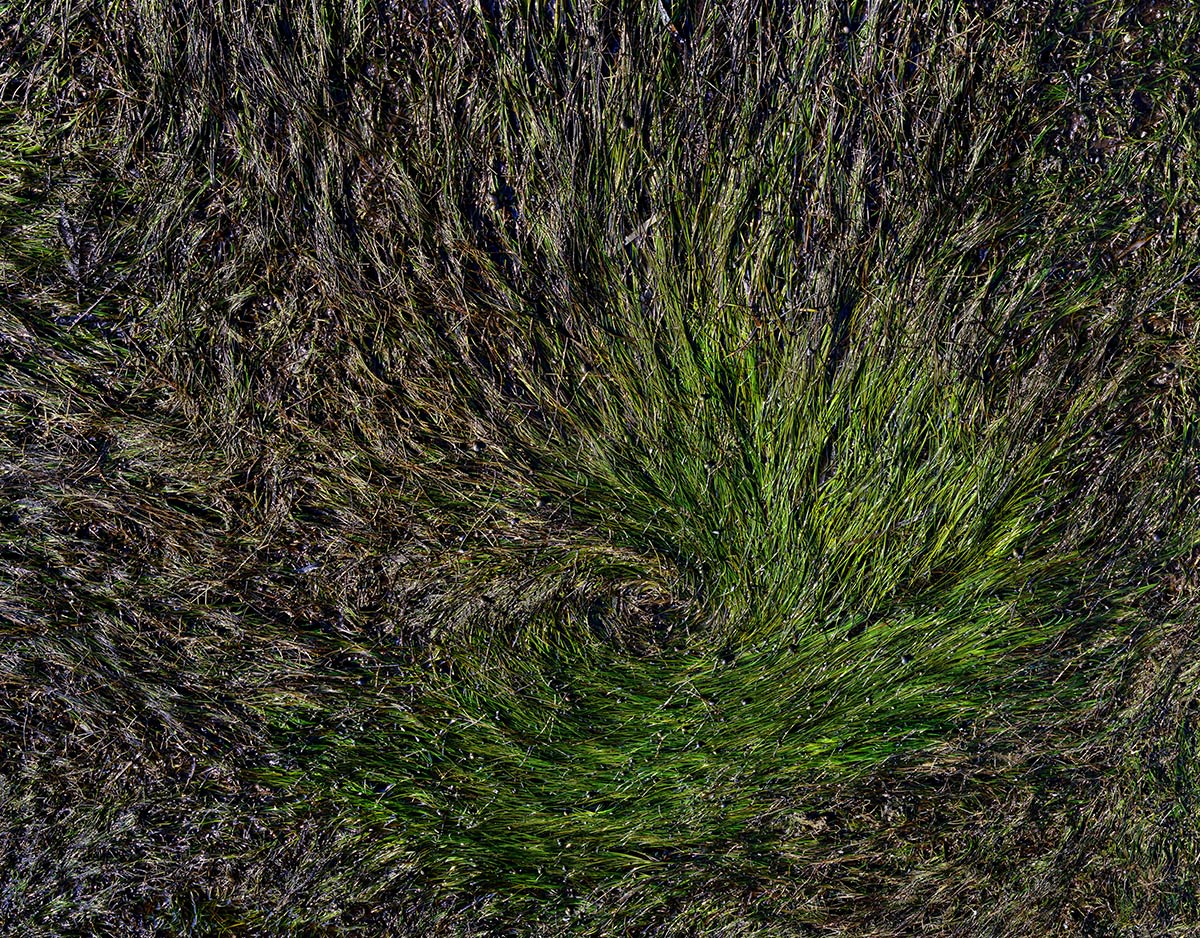Carlotta Corpron
Light Follows Form
Carlotta Corpron
Space Composition
Carlotta Corpron
Glass
Carlotta Corpron
Eggs
Carlotta Corpron
Light Drawings
Carlotta Corpron
Fluid Light Designs
Japanese Contemporary Ceramics
High Heat, Cool Sculpture: Seven Kiln Masters of Japan
Mangrove Coast: Pattern and Form in South Florida’s Shoreline
The forms and surfaces of Japan’s master ceramists are firmly rooted in the earth. Works by the seven contemporary masters in this exhibition are at once spectacular and subtle. These artists extend classic styles and techniques from ongoing traditions of China and Japan where nature is the cornerstone of culture, philosophy and religion.
Ceramics is one of the most respected art forms in the East, with roots dating from before Neolithic times. Japan’s Jomon pottery from this period is among the oldest examples of clay ware that incorporate pressed design. Its elements continue to influence current practice.
Naturally occurring designs in land, water and flora have been pervasive in Eastern arts, and remain at the core of contemporary Japanese ceramics. This exhibition pairs clay with photographic images of natural patterns from the shoreline.
We encourage you to explore the connections between these two media in representing the complexity and beauty of the landscape. These works show a deep respect for and appreciation of nature’s rhythms, layers, colors and self-organizing forces. Across cultures and continents the spirit of place continues as a central theme uniting art and tradition.
The master clay artists in the exhibition are Yamada Hikaru, Hoshino Kayoko, Matsui Kosei, Wada Morihiro, Fujino Sachiko, Hoshino Satoru and Sakiyama Takayuki. Photographs are by Barry Fellman.
We are grateful to Carol and Jeffrey Horvitz for their tireless efforts to bring this important genre of contemporary Japanese art to the west, and for inviting us to organize this exhibition of signature works from their collection.
Traveling Exhibitions Organized by Center for Visual Communication

Bunny Yeager (1929 -2014) is the legendary photographer, model, swimsuit designer and author who led the change in America’s approach to sensuality during the explosive cultural shift of the 1950’s and 1960’s. Her widely published photographs of iconic pin-up model Bettie Page catapulted both Page and Yeager to fame. Yeager’s centerfold photo of Bettie Page for Playboy Magazine, the first of many, launched Yeager’s photographic career. Yeager became one of Miami’s most sought after models and was featured on the cover of US Camera in 1954 as “ The World’s Prettiest Photographer”. She wrote and designed over 30 books on her photos, methods and techniques, working up until her last year.
Yeager’s boundless creativity and fierce independence as a woman in a man’s industry gave her the power to show women as they wanted to be seen. Throughout her sixty year career she produced an extensive body of work with fresh and candid viewpoints founded on the trust she gained in her subjects. Her groundbreaking self portraits, subject of a solo show at the Andy Warhol Museum, set the stage for the next generation of artists who reinvented themselves for the camera.
Includes: Twenty-eight gelatin silver photographs requiring approximately 110 to 130 linear feet for display. Fees: Rental fee is available upon request. Borrower covers shipping and insurance. Contact exhibitions@visual.org.
Carlotta Corpron
Carlotta Corpron’s groundbreaking light experiments pushed photography in new directions. Her skill as a designer, her nuanced sensitivity as an educator, and her inquisitive independence drove her exploration of new ways to use the medium as an expressive tool. Corpron’s photographic work of the late 1930’s and early 1940’s anticipated what was to become one of the most important movements in 20th century art – abstract expressionism.
Corpron first started using the camera to study natural forms and patterns, but soon set herself on a path to freeing the photographic image from its roots recording and reproducing reality. This bold new direction, using the medium for abstraction, flew in the face of established realms of photography – soft focus pictorialism, the hard image of f64, and social document. Alfred Stieglitz, whom she visited in New York in 1945, had planned to show her work but he died the next year before an exhibition could be mounted.
Corpron’s later work was informed by the philosophy of the Bauhaus and she was acknowledged by two of its members who had emigrated to the US. László Moholy-Nagy gave several workshops she organized in Texas and she received encouragement from György Kepes from MIT. Corpron was included in Steichen’s seminal 1951 MOMA exhibition Abstraction in Photography and was the subject of a solo show at the Art institute of Chicago in 1953.
But Corpron’s trajectory was so radical and divergent from the mainstream that it wasn’t until the late 1970’s, after retirement as an art and design professor at Texas Women’s University, that Corpron began to receive recognition. This exhibition celebrates the powerful body of work she produced and her fiercely independent eye.
Includes: Thirty-six gelatin silver photographs requiring approximately 110 to 130 linear feet for display.
Fees: Rental fee is available upon request. Borrower covers shipping and insurance. Contact exhibitions@visual.org.
Mangrove Coast Photographs by Barry Fellman
Barry Fellman’s Mangrove Coast is an ongoing project focusing on the coastal region of South Florida hit by Hurricane Andrew over 25 years ago. The photographs tell the story of the lengthy recovery process for our natural ecosystems after a major hurricane impact. They show the importance of the mangrove habitat in protecting our lives, our land, and the marine life that inhabit it.
Fellman’s images share a thrill and curiosity about place through the element of surprise and the excitement of discovery. The photos seduce you, inviting you closer to understand them. As you approach basic notions of scale and distance remain a mystery until your nose is nearly pressed against the surface. Then the images clarify into familiar forms of sea grasses, shells and shallow tide pools. You realize you are looking at fantastic views of the shoreline by the beach.
The growing impact of climate change on the size and intensity of hurricanes has been documented from the 1970’s to the recent mega-storms that are still seared in our collective memories – Maria, Irma, Harvey, Sandy, Katrina and Andrew. These hurricanes highlight the trend of larger and more intense cyclonic activity that has resulted from global warming. The increased destructive power of these storms, due to higher wind speeds and greater precipitation, also exacerbates sea level rise.
These images portray the spirit of place by connecting with our appreciation of the natural environment. Fellman’s aim is to strengthen these connections, which he says are crucial to preserving the mangrove habitat, the lowest and most critical level of the food chain for coastal communities worldwide.
Includes: Nineteen Archival Pigment Prints requiring approximately 200 to 225 linear feet for display.
Fees: Rental fee is available upon request. Borrower covers shipping and insurance. Contact exhibitions@visual.org
Traveling Exhibitions Organized by Center for Visual Communication
Carlotta Corpron
Carlotta Corpron’s groundbreaking light experiments pushed photography in new directions. Her skill as a designer, her nuanced sensitivity as an educator, and her inquisitive independence drove her exploration of new ways to use the medium as an expressive tool. Corpron’s photographic work of the late 1930’s and early 1940’s anticipated what was to become one of the most important movements in 20th century art – abstract expressionism.
Corpron first started using the camera to study natural forms and patterns, but soon set herself on a path to freeing the photographic image from its roots recording and reproducing reality. This bold new direction, using the medium for abstraction, flew in the face of established realms of photography – soft focus pictorialism, the hard image of f64, and social document. Alfred Stieglitz, whom she visited in New York in 1945, had planned to show her work but he died the next year before an exhibition could be mounted.
Corpron’s later work was informed by the philosophy of the Bauhaus and she was acknowledged by two of its members who had emigrated to the US. László Moholy-Nagy gave several workshops she organized in Texas and she received encouragement from György Kepes from MIT. Corpron was included in Steichen’s seminal 1951 MOMA exhibition Abstraction in Photography and was the subject of a solo show at the Art institute of Chicago in 1953.
But Corpron’s trajectory was so radical and divergent from the mainstream that it wasn’t until the late 1970’s, after retirement as an art and design professor at Texas Women’s University, that Corpron began to receive recognition. This exhibition celebrates the powerful body of work she produced and her fiercely independent eye.
Includes: Thirty-six gelatin silver photographs requiring approximately 110 to 130 linear feet for display.
Fees: Rental fee is available upon request. Borrower covers shipping and insurance. Contact exhibitions@visual.org.
Mangrove Coast Photographs by Barry Fellman
Barry Fellman’s Mangrove Coast is an ongoing project focusing on the coastal region of South Florida hit by Hurricane Andrew over 25 years ago. The photographs tell the story of the lengthy recovery process for our natural ecosystems after a major hurricane impact. They show the importance of the mangrove habitat in protecting our lives, our land, and the marine life that inhabit it.
Fellman’s images share a thrill and curiosity about place through the element of surprise and the excitement of discovery. The photos seduce you, inviting you closer to understand them. As you approach basic notions of scale and distance remain a mystery until your nose is nearly pressed against the surface. Then the images clarify into familiar forms of sea grasses, shells and shallow tide pools. You realize you are looking at fantastic views of the shoreline by the beach.
The growing impact of climate change on the size and intensity of hurricanes has been documented from the 1970’s to the recent mega-storms that are still seared in our collective memories – Maria, Irma, Harvey, Sandy, Katrina and Andrew. These hurricanes highlight the trend of larger and more intense cyclonic activity that has resulted from global warming. The increased destructive power of these storms, due to higher wind speeds and greater precipitation, also exacerbates sea level rise.
These images portray the spirit of place by connecting with our appreciation of the natural environment. Fellman’s aim is to strengthen these connections, which he says are crucial to preserving the mangrove habitat, the lowest and most critical level of the food chain for coastal communities worldwide.
Includes: Nineteen Archival Pigment Prints requiring approximately 200 to 225 linear feet for display.
Fees: Rental fee is available upon request. Borrower covers shipping and insurance. Contact exhibitions@visual.org

Bunny Yeager (1929 -2014) is the legendary photographer, model, swimsuit designer and author who led the change in America’s approach to sensuality during the explosive cultural shift of the 1950’s and 1960’s. Her widely published photographs of iconic pin-up model Bettie Page catapulted both Page and Yeager to fame. Yeager’s centerfold photo of Bettie Page for Playboy Magazine, the first of many, launched Yeager’s photographic career. Yeager became one of Miami’s most sought after models and was featured on the cover of US Camera in 1954 as “ The World’s Prettiest Photographer”. She wrote and designed over 30 books on her photos, methods and techniques, working up until her last year.
Yeager’s boundless creativity and fierce independence as a woman in a man’s industry gave her the power to show women as they wanted to be seen. Throughout her sixty year career she produced an extensive body of work with fresh and candid viewpoints founded on the trust she gained in her subjects. Her groundbreaking self portraits, subject of a solo show at the Andy Warhol Museum, set the stage for the next generation of artists who reinvented themselves for the camera.
Includes: Twenty-eight gelatin silver photographs requiring approximately 110 to 130 linear feet for display. Fees: Rental fee is available upon request. Borrower covers shipping and insurance. Contact exhibitions@visual.org.
Traveling Exhibitions Organized by Center for Visual Communication
Mangrove Coast Photographs by Barry Fellman
Barry Fellman’s Mangrove Coast is an ongoing project focusing on the coastal region of South Florida hit by Hurricane Andrew over 25 years ago. The photographs tell the story of the lengthy recovery process for our natural ecosystems after a major hurricane impact. They show the importance of the mangrove habitat in protecting our lives, our land, and the marine life that inhabit it.
Fellman’s images share a thrill and curiosity about place through the element of surprise and the excitement of discovery. The photos seduce you, inviting you closer to understand them. As you approach basic notions of scale and distance remain a mystery until your nose is nearly pressed against the surface. Then the images clarify into familiar forms of sea grasses, shells and shallow tide pools. You realize you are looking at fantastic views of the shoreline by the beach.
The growing impact of climate change on the size and intensity of hurricanes has been documented from the 1970’s to the recent mega-storms that are still seared in our collective memories – Maria, Irma, Harvey, Sandy, Katrina and Andrew. These hurricanes highlight the trend of larger and more intense cyclonic activity that has resulted from global warming. The increased destructive power of these storms, due to higher wind speeds and greater precipitation, also exacerbates sea level rise.
These images portray the spirit of place by connecting with our appreciation of the natural environment. Fellman’s aim is to strengthen these connections, which he says are crucial to preserving the mangrove habitat, the lowest and most critical level of the food chain for coastal communities worldwide.
Includes: Nineteen Archival Pigment Prints requiring approximately 200 to 225 linear feet for display.
Fees: Rental fee is available upon request. Borrower covers shipping and insurance. Contact exhibitions@visual.org

Bunny Yeager (1929 -2014) is the legendary photographer, model, swimsuit designer and author who led the change in America’s approach to sensuality during the explosive cultural shift of the 1950’s and 1960’s. Her widely published photographs of iconic pin-up model Bettie Page catapulted both Page and Yeager to fame. Yeager’s centerfold photo of Bettie Page for Playboy Magazine, the first of many, launched Yeager’s photographic career. Yeager became one of Miami’s most sought after models and was featured on the cover of US Camera in 1954 as “ The World’s Prettiest Photographer”. She wrote and designed over 30 books on her photos, methods and techniques, working up until her last year.
Yeager’s boundless creativity and fierce independence as a woman in a man’s industry gave her the power to show women as they wanted to be seen. Throughout her sixty year career she produced an extensive body of work with fresh and candid viewpoints founded on the trust she gained in her subjects. Her groundbreaking self portraits, subject of a solo show at the Andy Warhol Museum, set the stage for the next generation of artists who reinvented themselves for the camera.
Includes: Twenty-eight gelatin silver photographs requiring approximately 110 to 130 linear feet for display. Fees: Rental fee is available upon request. Borrower covers shipping and insurance. Contact exhibitions@visual.org.
Carlotta Corpron
Carlotta Corpron’s groundbreaking light experiments pushed photography in new directions. Her skill as a designer, her nuanced sensitivity as an educator, and her inquisitive independence drove her exploration of new ways to use the medium as an expressive tool. Corpron’s photographic work of the late 1930’s and early 1940’s anticipated what was to become one of the most important movements in 20th century art – abstract expressionism.
Corpron first started using the camera to study natural forms and patterns, but soon set herself on a path to freeing the photographic image from its roots recording and reproducing reality. This bold new direction, using the medium for abstraction, flew in the face of established realms of photography – soft focus pictorialism, the hard image of f64, and social document. Alfred Stieglitz, whom she visited in New York in 1945, had planned to show her work but he died the next year before an exhibition could be mounted.
Corpron’s later work was informed by the philosophy of the Bauhaus and she was acknowledged by two of its members who had emigrated to the US. László Moholy-Nagy gave several workshops she organized in Texas and she received encouragement from György Kepes from MIT. Corpron was included in Steichen’s seminal 1951 MOMA exhibition Abstraction in Photography and was the subject of a solo show at the Art institute of Chicago in 1953.
But Corpron’s trajectory was so radical and divergent from the mainstream that it wasn’t until the late 1970’s, after retirement as an art and design professor at Texas Women’s University, that Corpron began to receive recognition. This exhibition celebrates the powerful body of work she produced and her fiercely independent eye.
